Are you a real history buff and are you looking for the best history museums to visit in Lower Saxony? These are the ones:
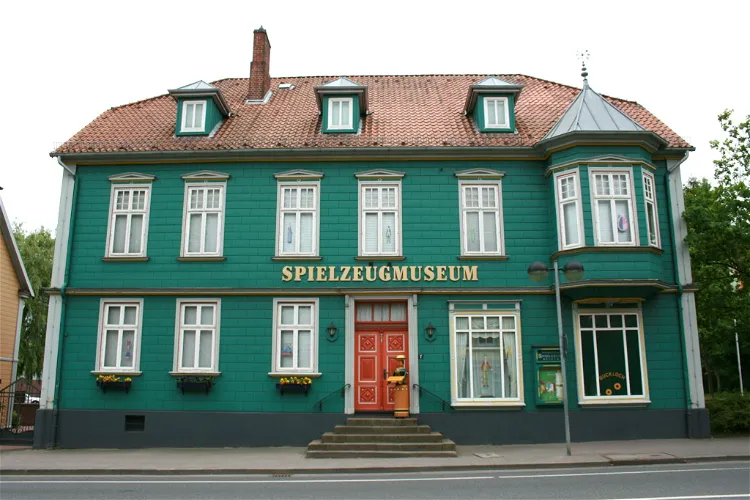
Soltau Toy Museum
SoltauThe Soltau Toy Museum, previously known as the North German Toy Museum, is located in the city of Soltau in Lower Saxony. The museum was born out of a private collection from the Ernst family of Soltau and now draws up to 40,000 visitors each year.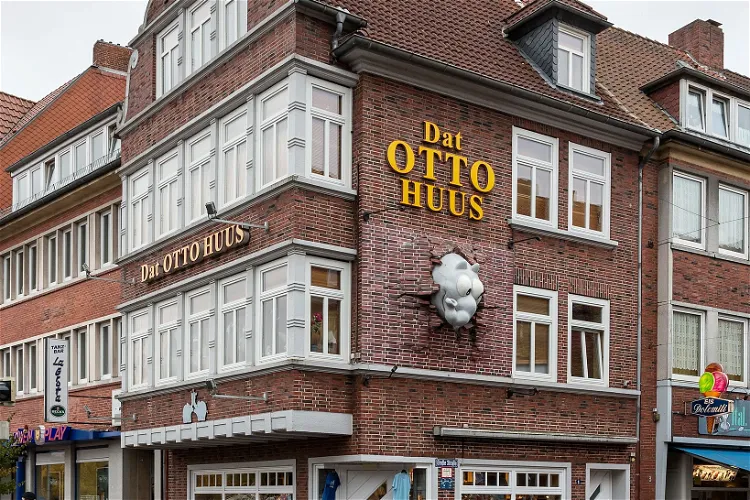
Dat Otto Huus
Emden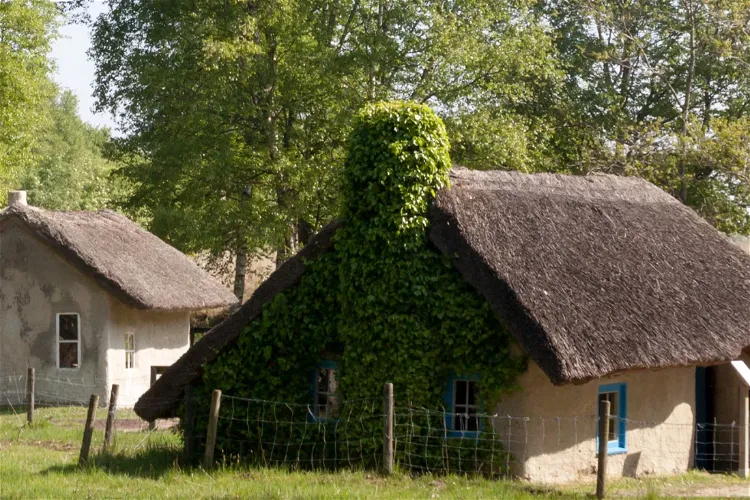
Moormuseum Moordorf
MoordorfThe Moormuseum Moordorf is an open-air museum located in Moordorf, a district of the municipality of Südbrookmerland. This East Frisian museum offers a unique insight into the history and culture of the region, making it a fascinating destination for tourists interested in history and culture.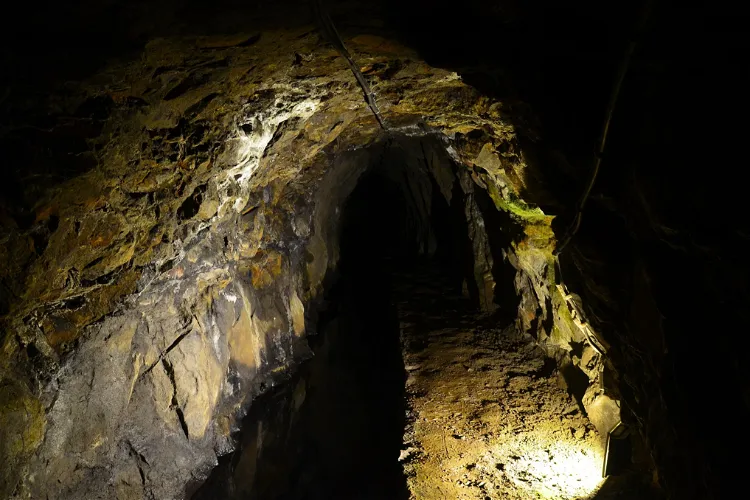
19-Lachter-Stollen
Clausthal-ZellerfeldIn 2010, the 19-Lachter-Stollen was declared a UNESCO World Heritage Site as part of the Upper Harz Water Management System. This recognition underlines the historical and cultural significance of the tunnel and its role in the mining industry. The 19-Lachter-Stollen is also part of the World Heritage Route of the UNESCO World Heritage in the Harz.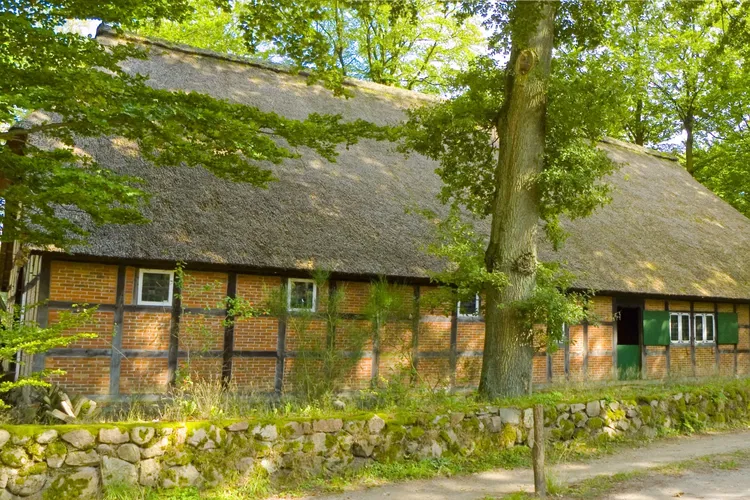
Dat ole Huus
WilsedeHeidemuseum Dat ole Huus, located in Wilsede, Lower Saxony, is a local history museum that was established in 1907. This makes it one of the oldest open-air museums in Germany, offering a unique insight into the country's past. The museum is operated by the Naturschutzpark e. V. (VNP) and its foundation, the Naturschutzpark Lüneburger Heide.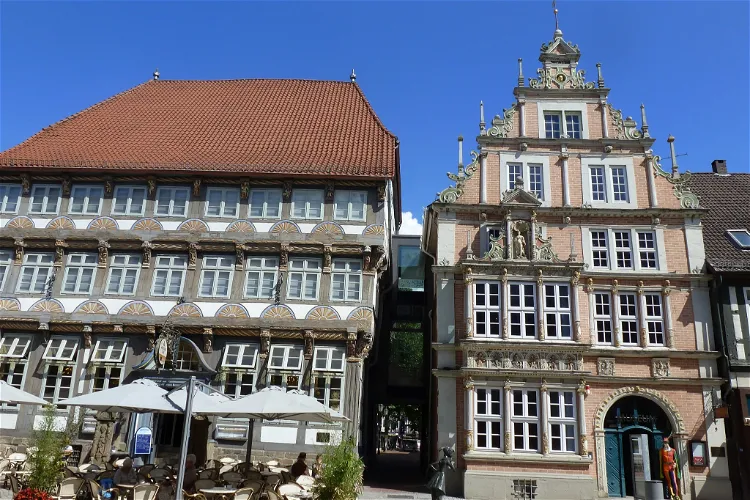
Museum Hameln
HamelinThe Museum Hameln is situated in two significant buildings from the Weser Renaissance period in the historic old town of Hamelin, the Leisthaus and the neighbouring Stiftsherrenhaus. These buildings are not only important for their architectural value but also for the rich history they hold within their walls. Visitors can explore the museum's extensive collection that tells the story of the city and its surrounding region.
Heimatmuseum Wennigsen
Wennigsen (Deister)The Heimatmuseum Wennigsen is a significant monument situated in the municipality of Wennigsen (Deister). The museum is housed in a half-timbered house that was constructed around the year 1700. This building has a rich history, having once served as a mill. This historical context adds a unique charm to the museum, making it a fascinating place to visit for those interested in architecture and history.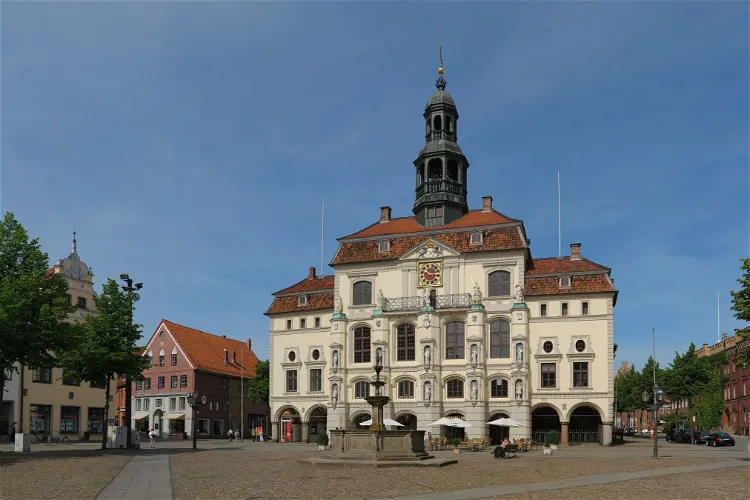
Lüneburg Town Hall
LüneburgThe Lüneburg Town Hall, established around 1230, is a remarkable example of medieval and early modern secular architecture in Northern Germany. Over the centuries, it has been continuously expanded and still serves as the main seat of the council and administration of the Hanseatic city of Lüneburg.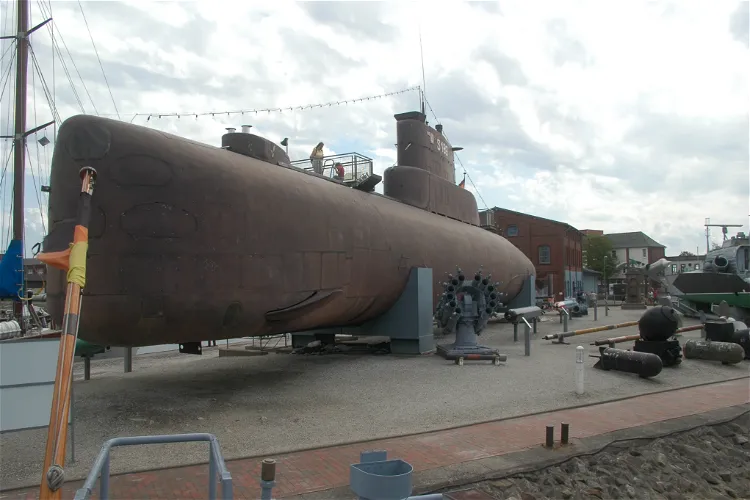
Deutsches Marinemuseum Wilhelmshaven
WilhelmshavenThe Deutsches Marinemuseum in Wilhelmshaven is a significant institution that presents the evolution of German naval military since 1848. The museum's primary focus is on the Bundesmarine / German Navy, providing visitors with a comprehensive understanding of Germany's maritime history and the role of its navy over the years.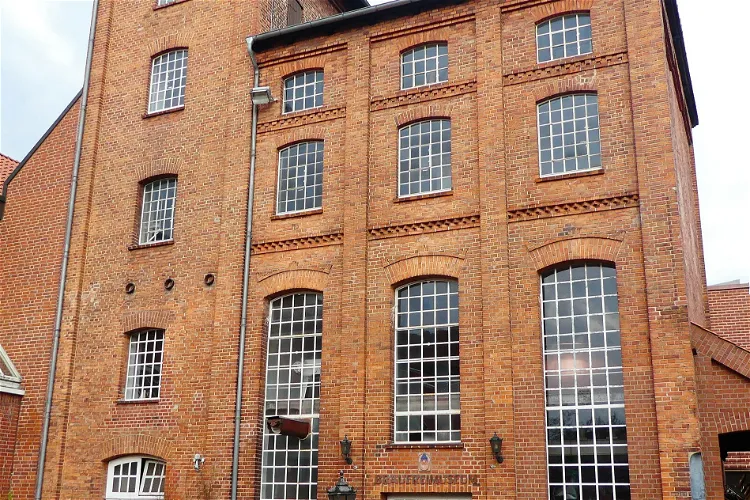
Brauereimuseum
LüneburgThe Brauereimuseum Lüneburg is situated in the former Lüneburger Kronen-Brauerei in Heiligengeiststraße. This location is in the heart of the historic old town, making it easily accessible for tourists who are exploring the city. The museum's location adds to its charm and historical significance, as it is housed in a building that was once a bustling brewery.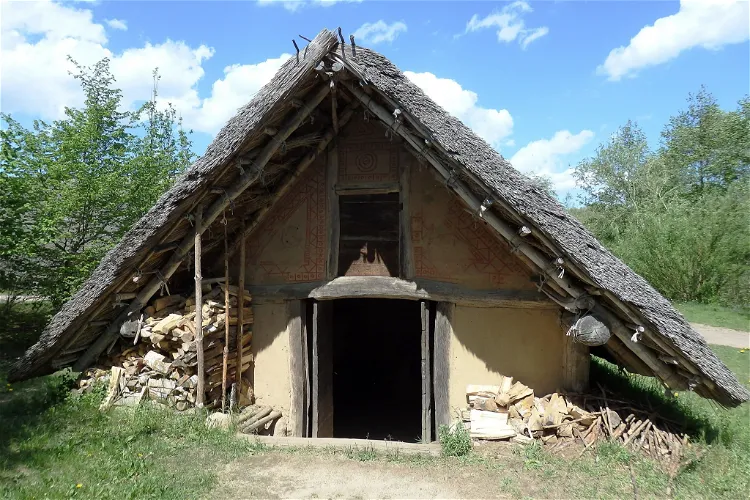
Hitzacker Archaeological Centre
HitzackerThe Hitzacker Archaeological Centre is an open-air museum located in Hitzacker, Lower Saxony. The museum's main focus is on the representation of Bronze Age settlement methods. This provides a unique opportunity for visitors to gain insights into the living conditions and lifestyle of people during the Bronze Age.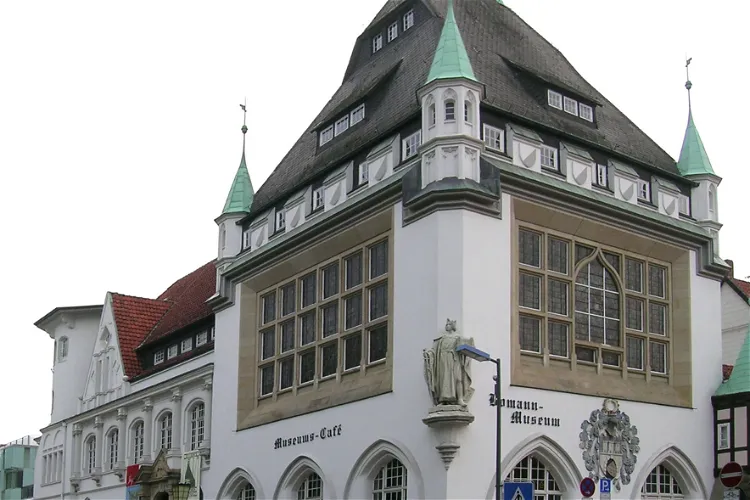
Bomann-Museum
CelleThe Bomann Museum, located in Celle, is a significant institution dedicated to Lower Saxon folklore, state, and city history. It holds the distinction of being the third largest museum in Lower Saxony, making it a notable destination for those interested in regional history and culture.
Fehn- und Schiffahrtsmuseum – Westrhauderfehn
WestrhauderfehnThe Fehn- and Shipping Museum in Westrhauderfehn is a unique institution that provides insights into the history of the Fehn culture, regional shipbuilding, and shipping of the once most important inland port of East Frisia. Visitors can learn about the rich maritime history of the region, including the development of shipbuilding and the significance of the inland port.
Island Museum Old Lighthouse
WangeroogeThe Old Lighthouse Wangerooge is not just a historical monument, but also a museum. The base of the lighthouse houses a local museum with around 900 exhibits, offering visitors a chance to delve into the rich history and culture of the island.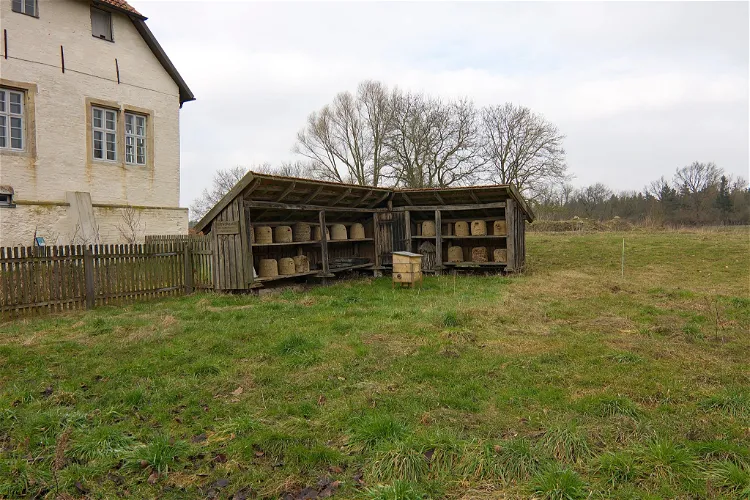
Burg Brome
AltendorfBurg Brome, located in Brome, Lower Saxony, is a partially well-preserved, medieval moated castle. It is considered one of the most significant historical fortifications in the Gifhorn district. The castle's rich history and architectural features make it a fascinating destination for tourists interested in medieval architecture and history.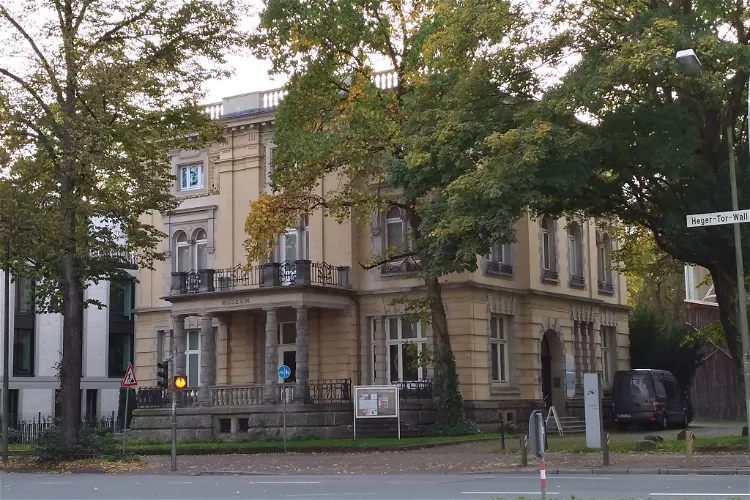
Kulturgeschichtliches Museum
OsnabrückThe Kulturgeschichtliches Museum Osnabrück, also known as the Museum am Heger Tor, is a museum located in Osnabrück. It showcases a wide range of exhibits that cover various aspects of history and culture. These include prehistory and early history, city history and everyday culture, as well as ancient art, arts and crafts and design. The museum also houses a collection of costumes, weapons and armor, coins and medals.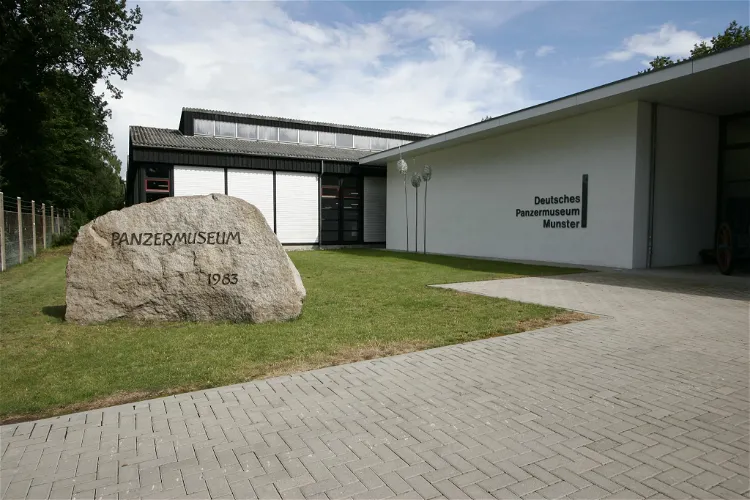
German Tank Museum
MunsterThe German Tank Museum, also known as Deutsches Panzermuseum Munster, is situated in Munster, Germany. It is an armoured fighting vehicle museum that is located within the Munster Training Area camp. This museum is a significant destination for those interested in military history and armoured vehicles.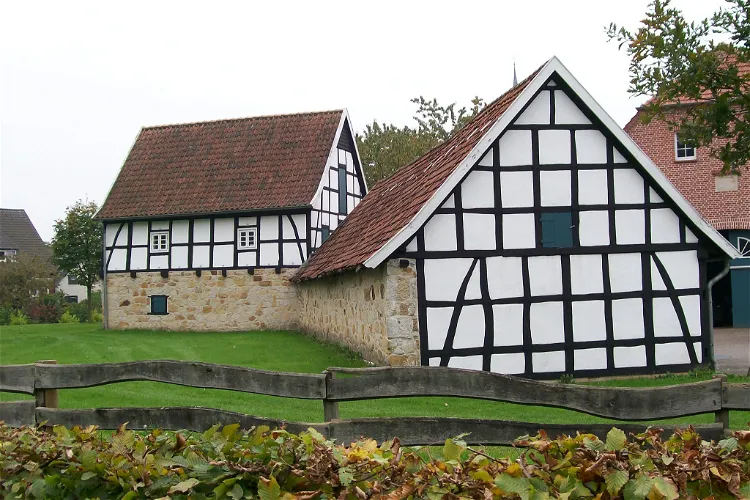
Averbecks Speicher
Bad IburgAverbecks Speicher is a local history museum situated in Glane, a district of Bad Iburg in Lower Saxony. This museum is housed in the former granary of the Averbeck full farmstead, which has a rich history dating back to the 11th century. The museum offers a unique opportunity to delve into the local history and culture of the region.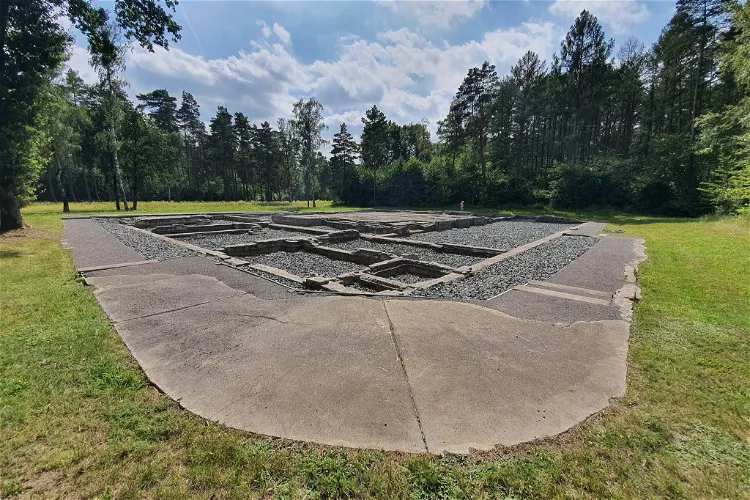
Bergen-Belsen Concentration Camp
LohheideBergen-Belsen was a concentration camp during the Nazi era, situated in the present-day German state of Lower Saxony, specifically in the urban district of Celle. It was operational from 1940 and initially served as a camp for prisoners of war. Over the years, it saw a significant increase in population, especially with the arrival of Soviet prisoners in 1941.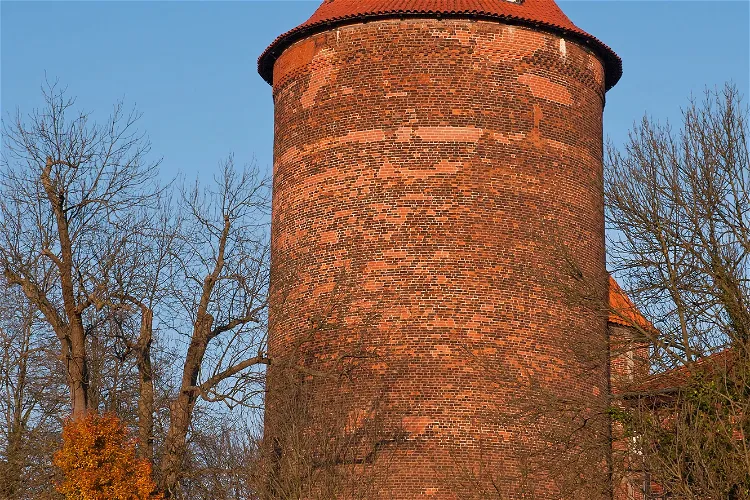
Museum im Waldemarturm Dannenberg
DannenbergThe Waldemarturm, located on the Amtsberg in Dannenberg (Elbe), is a former keep and the only remaining part of a medieval castle and the later Dannenberg Castle. This historical structure offers a glimpse into the past and provides a unique perspective on the region's history.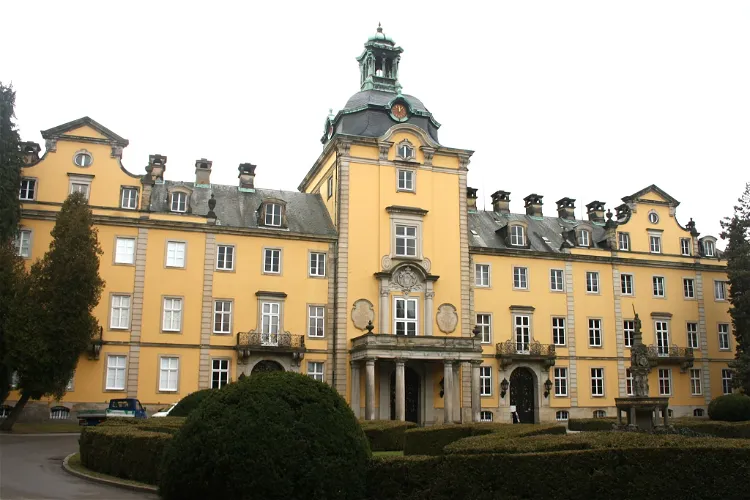
Schloss Bückeburg
BückeburgVisitors can explore Schloss Bückeburg through pre-booked tours. These tours offer a comprehensive experience of the castle, including themed tours that may include a visit to the mausoleum, a meal at the castle restaurant, or horse riding demonstrations. This provides a unique opportunity to delve into the history and culture of the castle and its surroundings.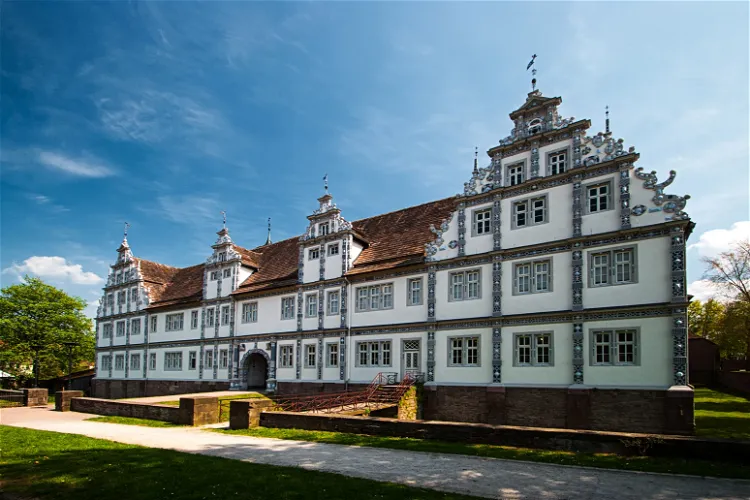
Bevern Castle
BevernBevern Castle, situated in the southern part of the Holzminden district in Lower Saxony, is a significant architectural monument of the Weser Renaissance. The castle was constructed between 1603 and 1612 by Statius von Münchhausen, replacing an old manor that previously occupied the site.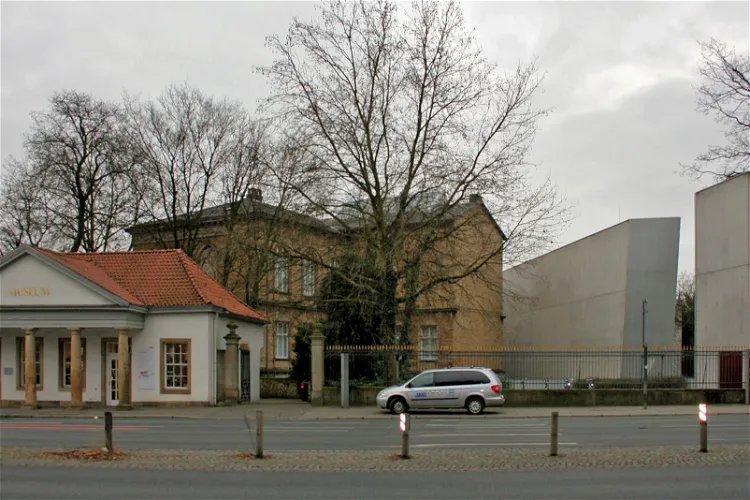
Felix Nussbaum House
OsnabrückThe Felix Nussbaum Haus, located in Osnabrück, Germany, is a museum dedicated to the works of the German-Jewish painter Felix Nussbaum. It provides a comprehensive collection of Nussbaum's paintings, offering visitors a deep insight into the artist's life and work.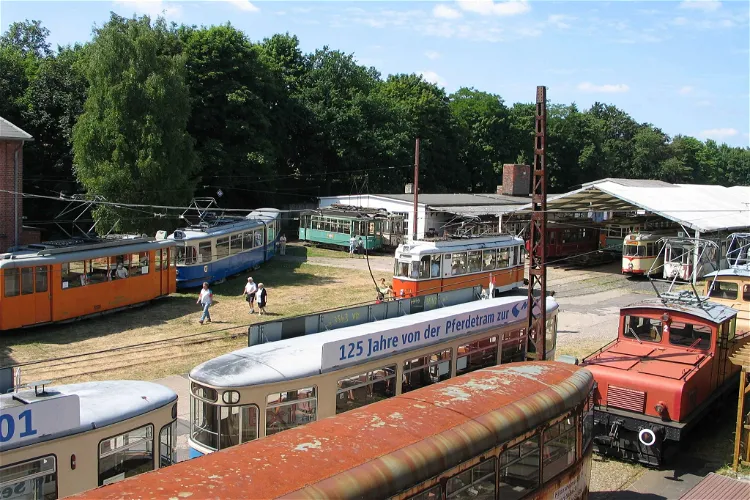
Hanover Tramway Museum
SehndeThe Hannoversche Straßenbahn-Museum (HSM) is a museum dedicated to trams and related vehicles. It is located in Wehmingen, a district in Sehnde, southeast of Hannover. The museum is privately run and operates on a voluntary basis.- 25
World Heritage Site Rammelsberg
Goslar 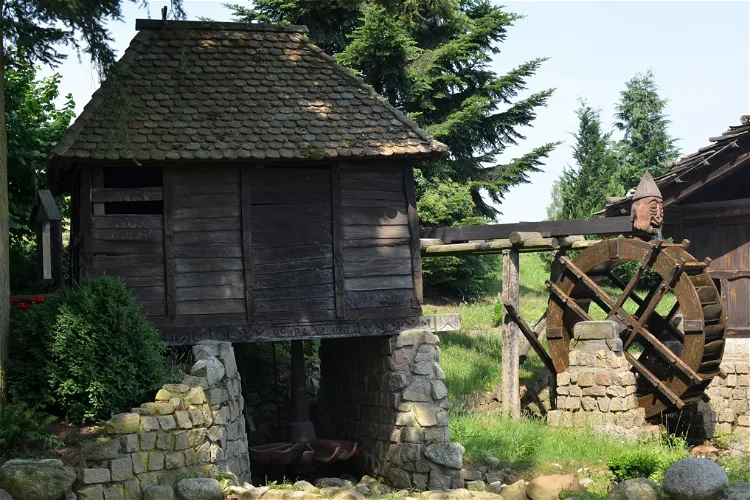
International Museum Gifhorn
GifhornThe International Windmill and Watermill Museum in Gifhorn, Lower Saxony, Germany is an open-air museum that offers a unique experience for visitors. It houses 15 buildings, either original or exact replicas of mills from 12 different countries. Each mill's surroundings are designed to reflect the topography typical of its country of origin. This provides a unique opportunity for visitors to experience a variety of cultures and historical periods in one location.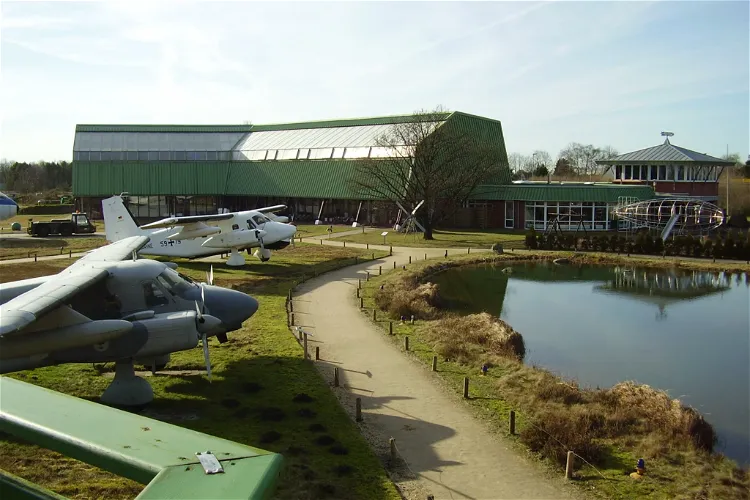
Aeronauticum
Wurster NordseeküsteThe Aeronauticum is the official German maritime aircraft museum, situated in the town of Nordholz, which is in close proximity to Cuxhaven, Lower Saxony. This location makes it easily accessible for tourists visiting the region. The museum offers a unique insight into the history of German maritime aviation, making it an interesting destination for history and aviation enthusiasts.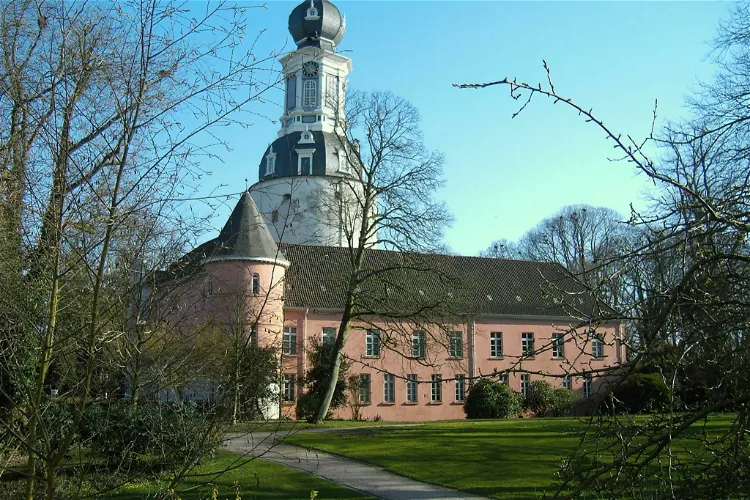
Schlossmuseum Jever
JeverThe Schlossmuseum Jever, situated in the town of Jever, is a cultural and historical museum that provides insights into the history of Jever Castle. It also houses collections that shed light on the cultural and regional history of Jeverland. This museum is a great place for tourists who are interested in learning about the rich history and culture of this region.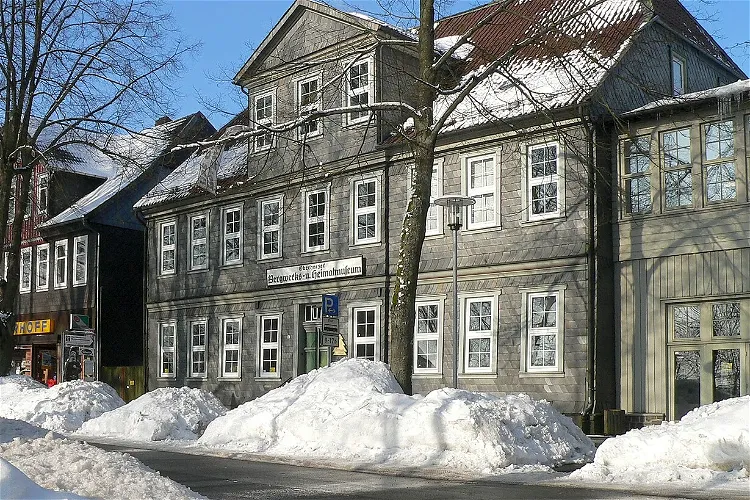
Upper Harz Mining Museum
Clausthal-ZellerfeldThe Upper Harz Mining Museum, located in Clausthal-Zellerfeld in the Harz mountains of central Germany, is a museum dedicated to technological and cultural history. It provides a comprehensive insight into the history and presentation of mining in the Upper Harz region up to the 19th century.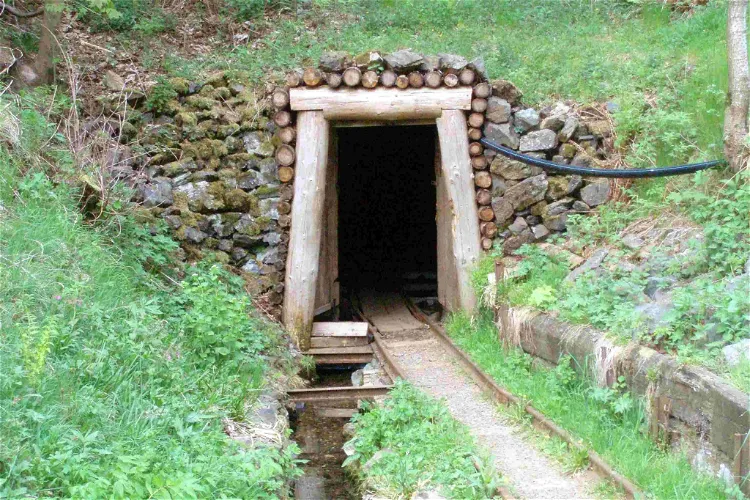
Roter Bär Pit
BraunlageThe Roter Bär Pit, located in Sankt Andreasberg in the Upper Harz, is a historical iron ore mine that was in operation from around 1800 to the 1860s. Today, it is managed as a visitor mine by the Sankt Andreasberg Association for History and Antiquities, and is known as the Lehrbergwerk Grube Roter Bär. Visitors can explore the mine and learn about its history and the mining processes that took place there.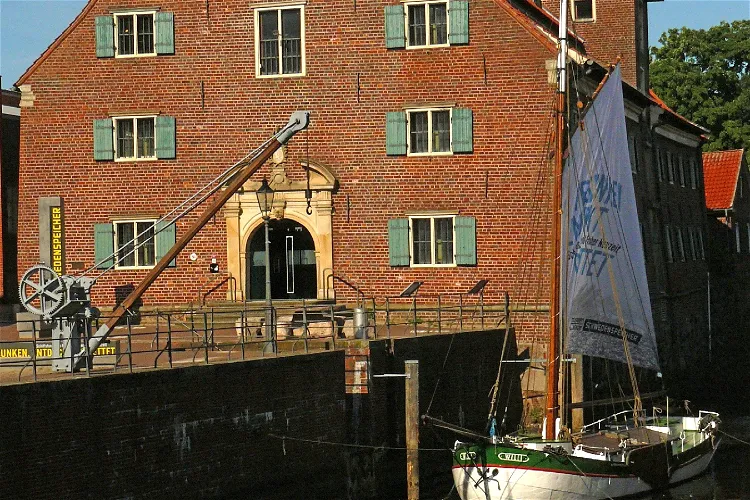
Schwedenspeicher
StadeThe Schwedenspeicher Museum, which was renamed Museum Schwedenspeicher in 2011, has been a regional museum in the Hanseatic city of Stade in Lower Saxony since 1977. The museum is housed in a baroque brick building from the second half of the 17th century, which was built during the city's 67-year affiliation with Sweden. The museum's content focuses on the archaeology and history of the Elbe-Weser region in general and the city of Stade in particular.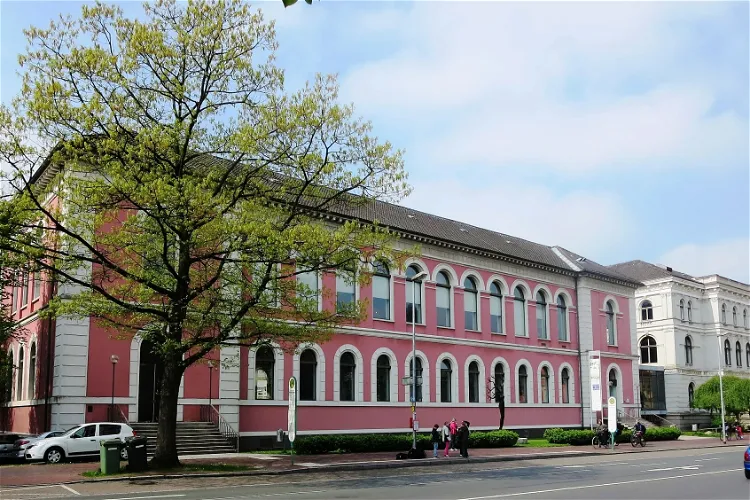
State Museum for Nature and Man
OldenburgThe State Museum for Nature and Man in Oldenburg is a regionally significant collection museum. It houses departments of Archaeology, Natural History, and Ethnology, offering a diverse range of exhibits for visitors to explore. The museum's interdisciplinary permanent exhibition covers the themes of Moor, Geest, and Coast & Marsh, providing a comprehensive insight into the natural and cultural history of the region.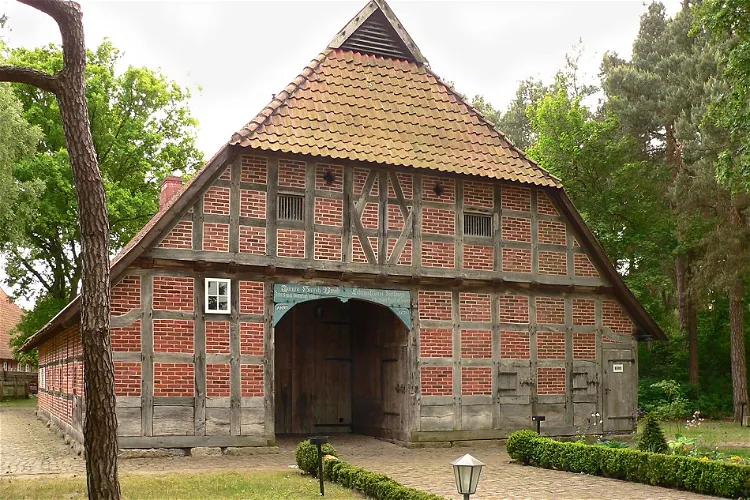
Winsen Museum Farm
Winsen (Aller)The Winsen Museum Farm, located in Winsen (Aller) in the north German state of Lower Saxony, is an open-air museum that was established in 1982. It offers a unique opportunity to explore the history and culture of the region, with a variety of buildings and exhibits that reflect the area's rural past.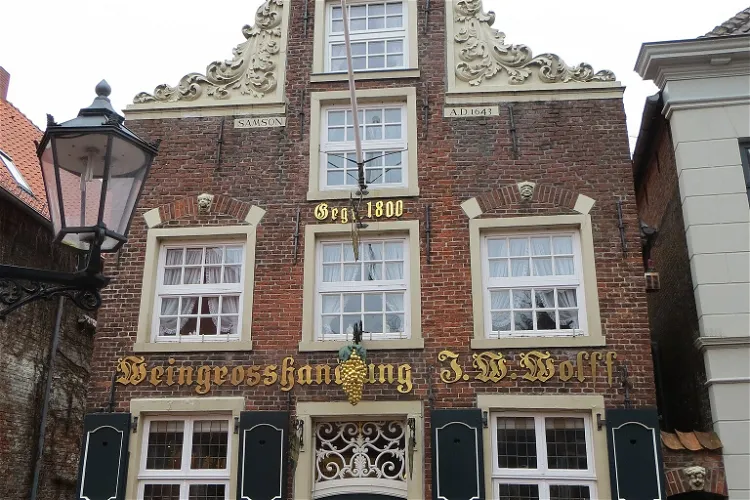
Haus Samson
Landkreis LeerHaus Samson is a monument-protected building located in the East Frisian city of Leer, Lower Saxony. The building's facade, which was added in 1643, is a significant feature of the structure. However, the core of the building dates back to 1570, making it a site of historical interest.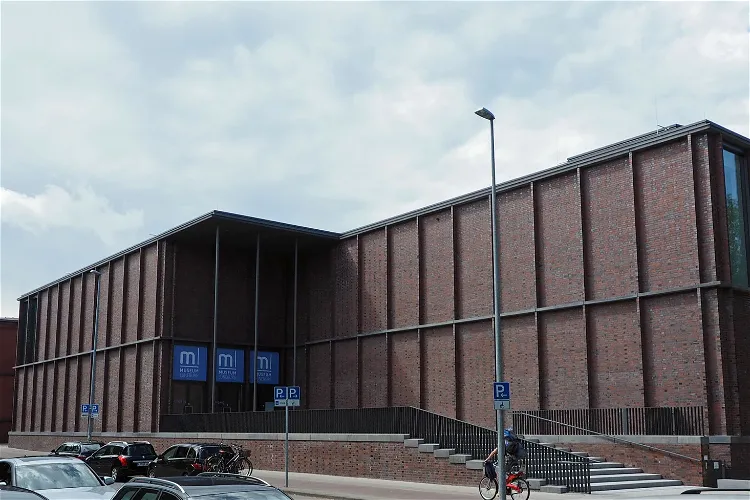
Museum Lüneburg
LüneburgMuseum Lüneburg is dedicated to the exploration of the cultural landscape of the Lower Saxon Hanseatic city of Lüneburg and its surroundings. It provides a comprehensive insight into the region's history, culture, and natural environment, making it a valuable destination for those interested in understanding the area's past and present.- 36
Heimathausanlage Plönjeshausen
Bremervörde 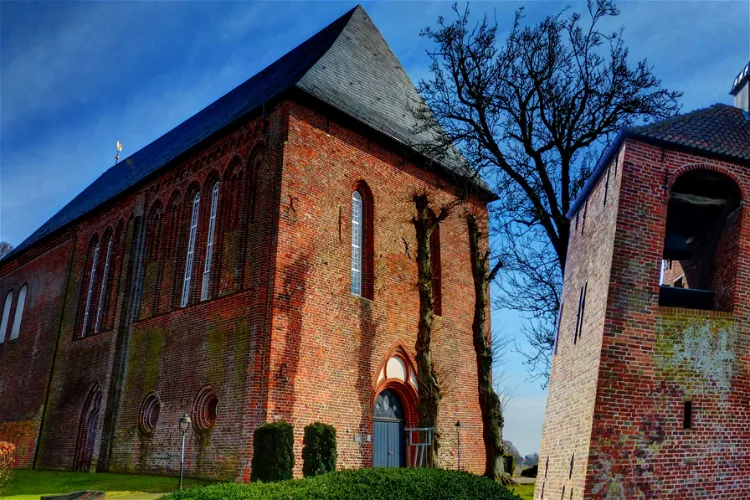
Konzentrationslager Engerhafe
Engerhafe- 38
Findorff-Haus Iselersheim
Bremervörde 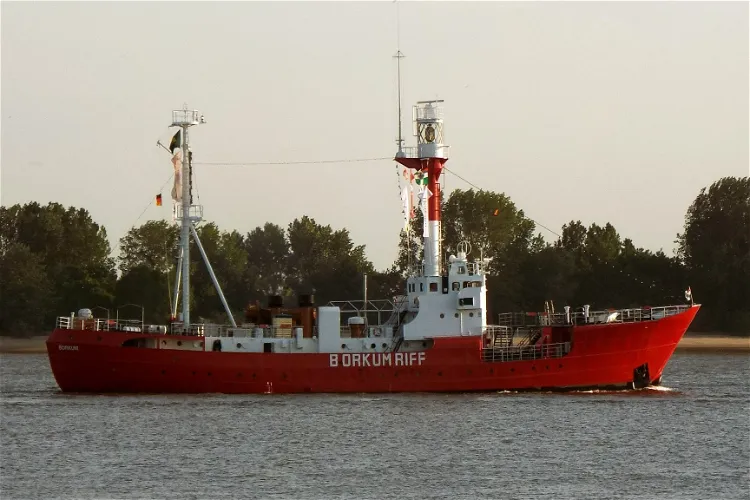
Förderverein Feuerschiff Borkumriff
BorkumThe Borkumriff was a fire ship position from 1875 to 1988. It was originally located at 53° 51′ 0″ N, 6° 26′ 0″ O, but was later moved to position 53° 43′ 0″ N, 6° 23′ 0″ O due to changes in shipping routes. From 1970, it was located at 53° 48′ 0″ N, 6° 22′ 0″ O. The position was about 30 kilometers northwest of the island of Borkum, in one of the main shipping routes of the German Bight.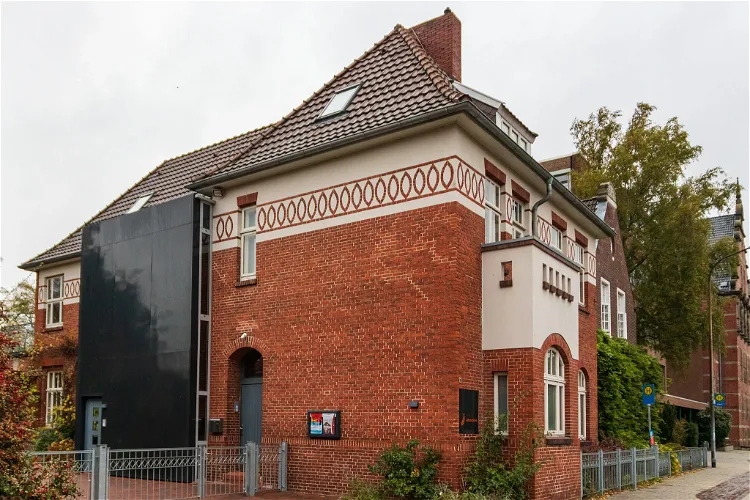
Ehemalige Jüdische Schule Leer
Landkreis LeerThe Former Jewish School in Leer, East Frisia, serves as a cultural and memorial site. The institution, run by the district, positions itself as a place of remembrance and commemoration. It hosts exhibitions and cultural events that focus on Jewish life, both in the past and present.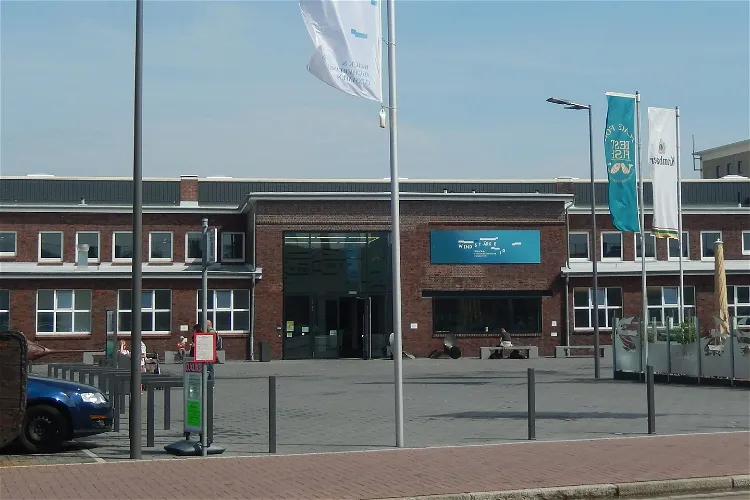
Windstärke 10
CuxhavenThe Windstärke 10 – Wrack- und Fischereimuseum Cuxhaven is a museum located in Cuxhaven. It is housed in two former fish processing halls and a new building connecting these two halls, covering a total area of approximately 4000 m². The museum showcases the challenges and dangers of seafaring, particularly a part of the collections of the former Wrackmuseum and an overview of 100 years of fishing history.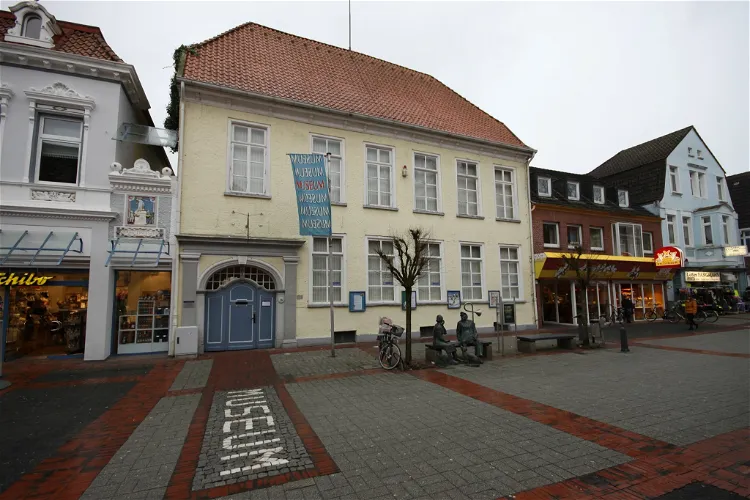
Aurich History Museum
Landkreis AurichThe Historical Museum of Aurich is situated in the East Frisian county town of Aurich. It is housed in a historical building known as the Old Chancellery. The museum is a part of the Ostfriesland Museum Association, a network of museums in the region that work together to promote and preserve the history and culture of East Frisia.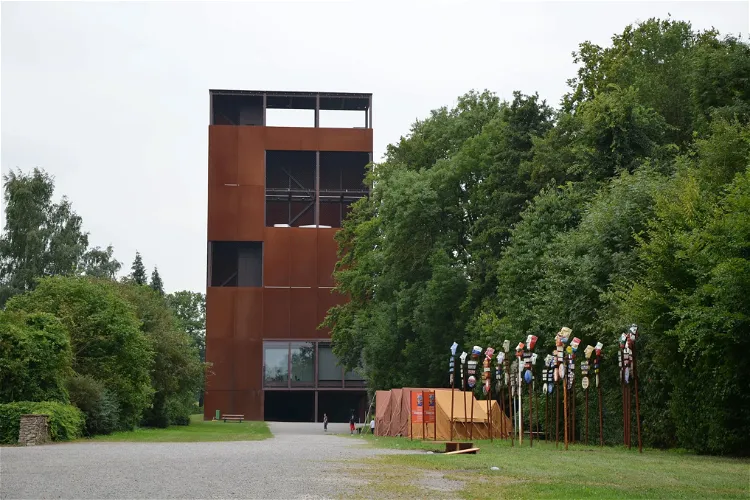
Varusschlacht im Osnabrücker Land - Museum und Park Kalkriese
BramscheMuseum und Park Kalkriese is an archaeological museum located in the Bramsche district of Kalkriese in the Osnabrück region. It features an attached open-air museum, providing visitors with a unique opportunity to explore the history and archaeology of the area.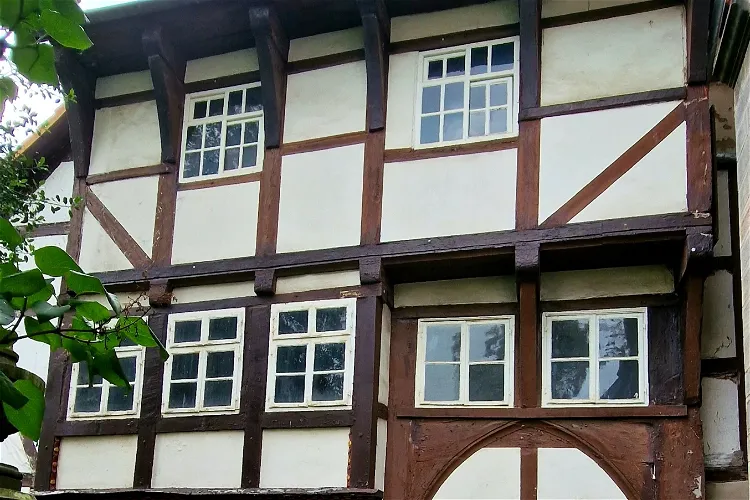
Städtisches Museum
GöttingenThe Städtische Museum Göttingen is a significant repository of the city's history and cultural heritage. It houses around 150,000 objects that trace the cultural evolution of Göttingen and its surroundings from the earliest settlements to the present day. This extensive collection provides a comprehensive insight into the city's past, making it a valuable resource for anyone interested in understanding the historical and cultural context of Göttingen.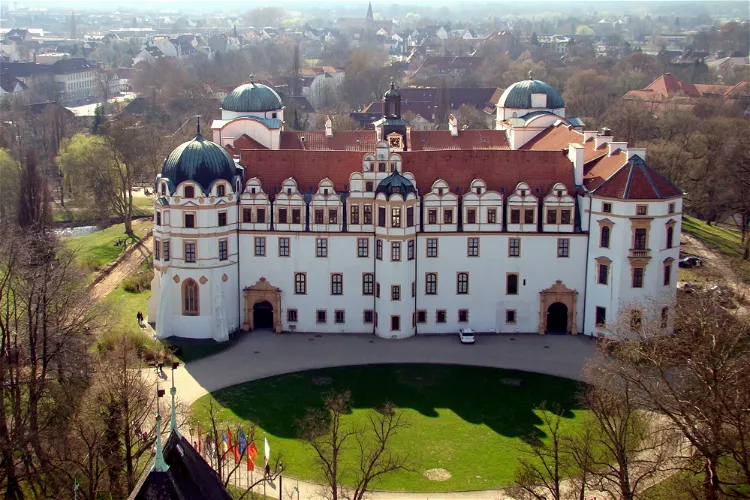
Residence Museum in Celle Castle
CelleThe Residenzmuseum is located within the historical rooms of Celle Castle, which have been transformed into a museum. This offers visitors a unique opportunity to explore the castle's rich history and architectural beauty.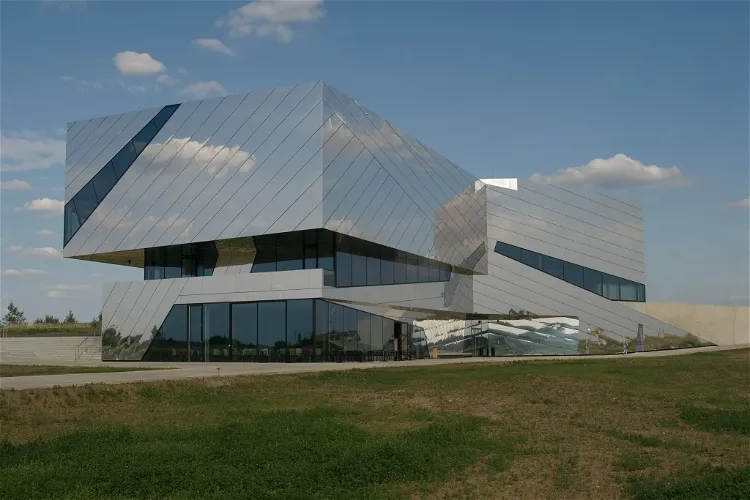
Paläon Research and Experience Center
SchöningenThe Schöningen Research Museum, located in the Helmstedt district, is a visitor center and museum that primarily focuses on the exhibition of the Schöningen Spears. These spears are significant as they provide a glimpse into life and environmental conditions around 300,000 years ago. The museum is situated near the discovery site of the spears in the former Schöningen brown coal open-cast mine, adding to the authenticity of the experience.
Nordwolle Museum
DelmenhorstThe Nordwolle museum, officially known as the Nordwestdeutsche Museum für IndustrieKultur, is a significant historical site located in Delmenhorst. The museum is housed in the engine house of the former Norddeutsche Wollkämmerei & Kammgarnspinnerei, a once dominant company that processed wool and worsted. The building and the factory housing are listed as a Denkmalschutz, a protected monument in Germany, adding to the historical significance of the site.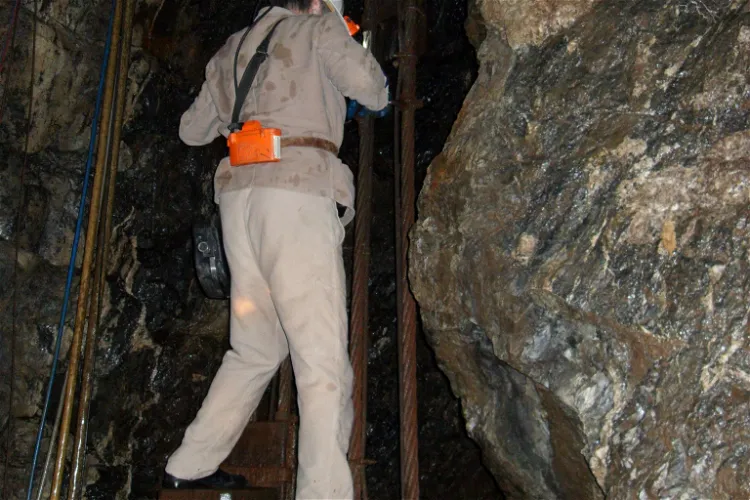
Samson Pit
BraunlageThe Samson Pit, located in Sankt Andreasberg in the Upper Harz region of central Germany, is an historic silver mine. This site offers a unique glimpse into the history of mining in the region, with its rich silver deposits and long-standing mining operations.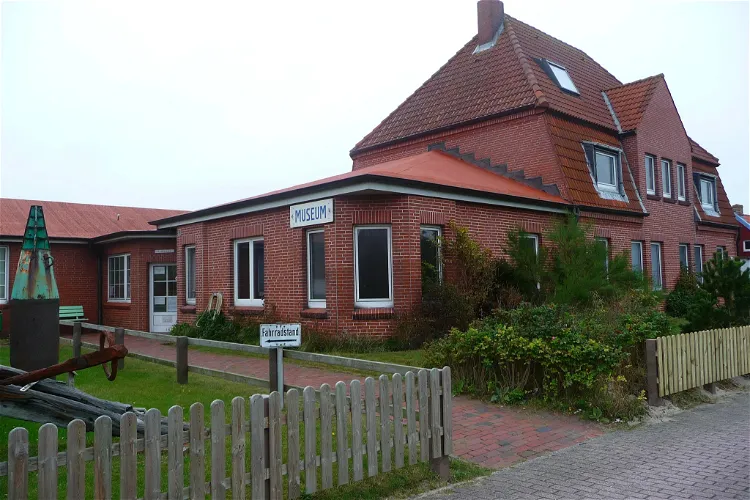
Küstenmuseum Juist
JuistThe Küstenmuseum Juist is a museum located on the East Frisian island of Juist, specifically in the western district of Loog. It is a popular destination, attracting approximately 20,000 visitors each year. The museum is well-equipped to accommodate both individual visitors and larger groups.
Altes Zollhaus
HitzackerThe Alte Zollhaus Hitzacker, built in 1589, is a former customs house that has been transformed into a museum. This historical building is one of the oldest in Hitzacker and stands at the location where the Elbe toll was collected since 1248. The museum offers a glimpse into the past, showcasing the history of the city surrounded by water and often threatened by the Elbe river.
Till Eulenspiegel Museum
SchöppenstedtThe Till-Eulenspiegel-Museum Schöppenstedt is a regional museum located in Lower Saxony, Germany. It pays homage to the medieval jester Till Eulenspiegel, who is believed to have been born in Kneitlingen am Elm around 1300. The museum provides a deep dive into the life and times of this historical figure, making it a fascinating destination for those interested in history and folklore.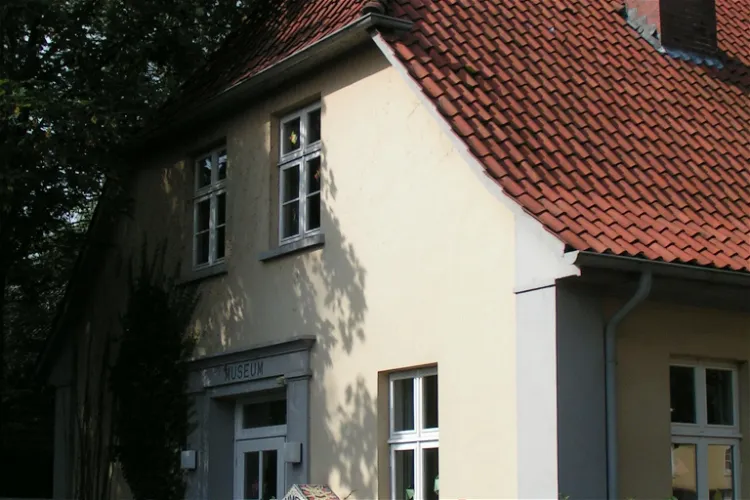
Industriemuseum Lohne
LohneThe Industriemuseum Lohne, established in 1987, is dedicated to the history of the industrialization of the city of Lohne, located in the Lower Saxony district of Vechta. This museum provides a deep dive into the industrial past of the city, offering a unique perspective on its development and growth.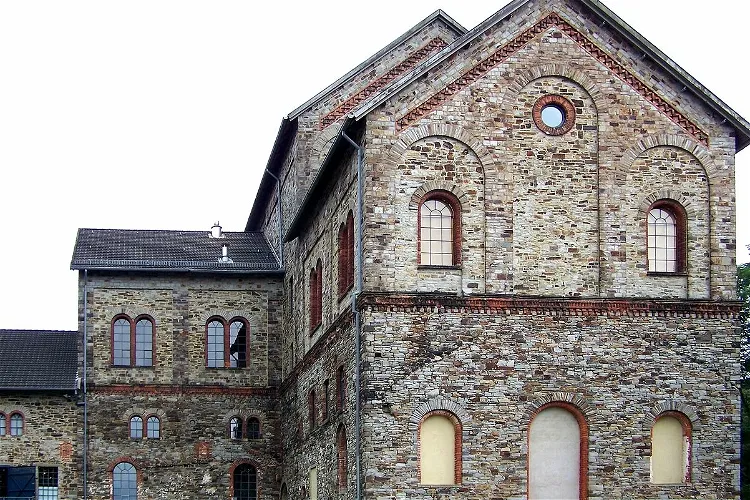
Museum Industriekultur Osnabrück
OsnabrückThe Museum Industriekultur (MIK) is a museum situated in the city of Osnabrück in Lower Saxony. It offers an overview of the coal mining that took place at Piesberg. The museum is located at Piesberg, where coal was mined until 1898 and again to a lesser extent after the Second World War. The Piesberg was one of the largest sandstone quarries in Europe; sandstone is still being mined on its flanks today.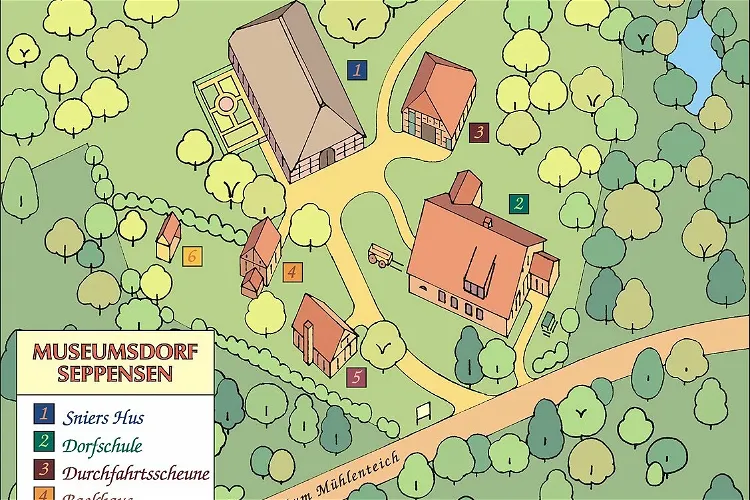
Museumsdorf Seppensen
Buchholz in der NordheideThe Museumsdorf Seppensen is an open-air museum located in Buchholz - Seppensen. The museum features a central village square surrounded by four half-timbered houses, a brick house, and a bee stand. This setup provides a unique insight into the historical architecture and lifestyle of the region.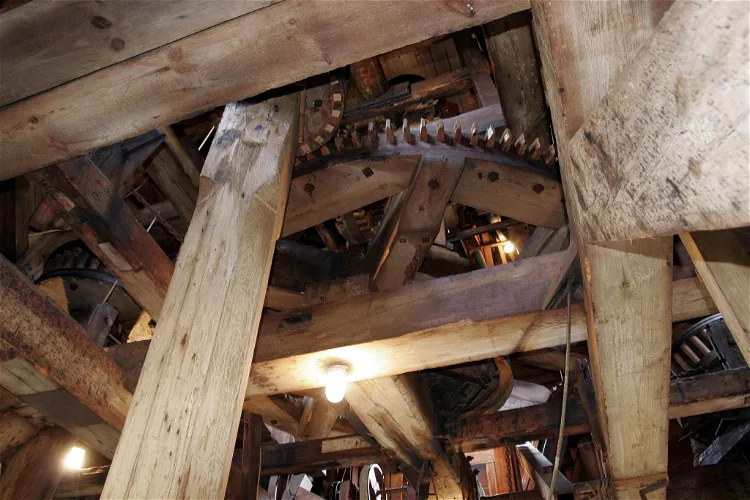
Vareler Windmühle
VarelThe Vareler Windmühle, colloquially known as the "Grode Möhl", is a gallery Dutch windmill situated in the city of Varel, in the Friesland district of Lower Saxony. It holds the distinction of being the second largest preserved windmill in Germany, making it a significant landmark in the region.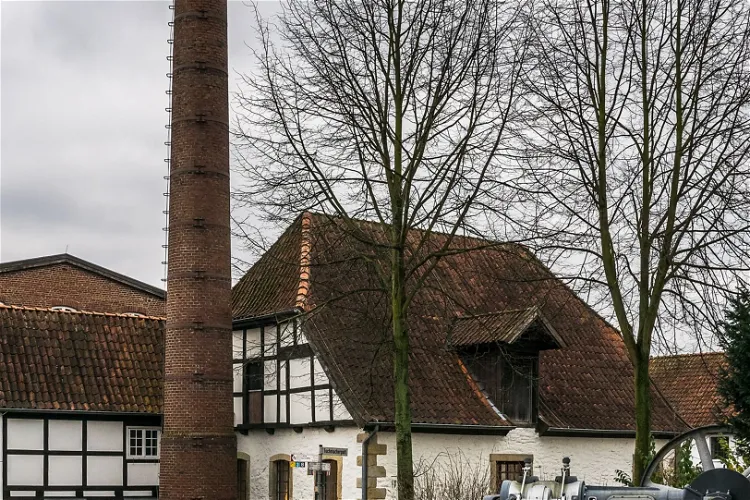
Tuchmacher Museum Bramsche
BramscheThe Tuchmacher Museum Bramsche, opened in 1997, is housed in the buildings of the Bramscher Tuchmacher Guild. This guild, which was dedicated to the production of woolen cloths, ceased its operations in 1972. The museum's location adds a historical touch to the visitor's experience, as it is situated in the very place where the guild used to operate.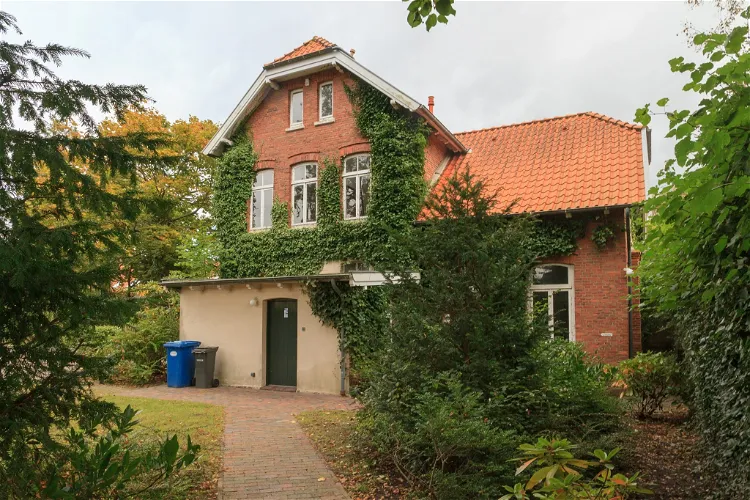
August-Gottschalk-Haus
EsensThe August-Gottschalk-Haus serves as a museum and memorial dedicated to the recent history of the East Frisian Jews in Esens. It provides a deep insight into the Jewish community's history and their experiences, making it a significant place for those interested in history and culture.
AutoMuseum Volkswagen
WolfsburgThe AutoMuseum Volkswagen is an independent museum located in Wolfsburg, Lower Saxony. It is supported by Volkswagen AG, one of the world's leading automobile manufacturers. The museum is dedicated to showcasing the history and evolution of Volkswagen vehicles, making it a fascinating destination for car enthusiasts and history buffs alike.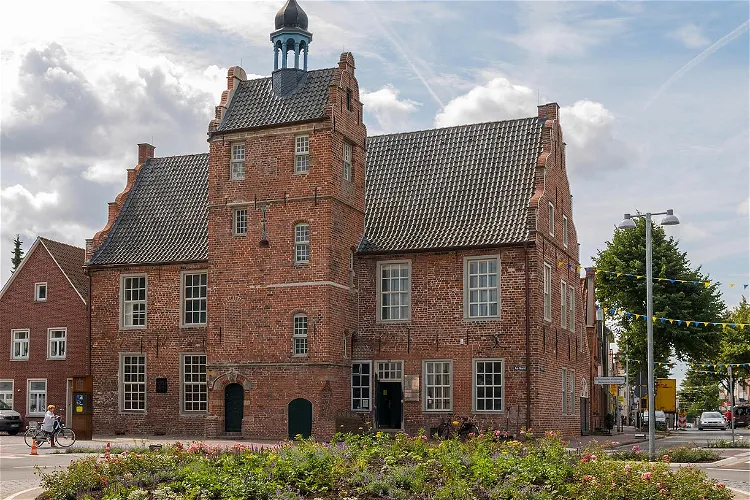
Ostfriesisches Teemuseum
NordenThe Ostfriesisches Teemuseum Norden is a museum situated in the East Frisian city of Norden. It is housed in the city's Old Town Hall, a historic building that adds to the charm of the museum. The location of the museum in the heart of the city makes it easily accessible for tourists.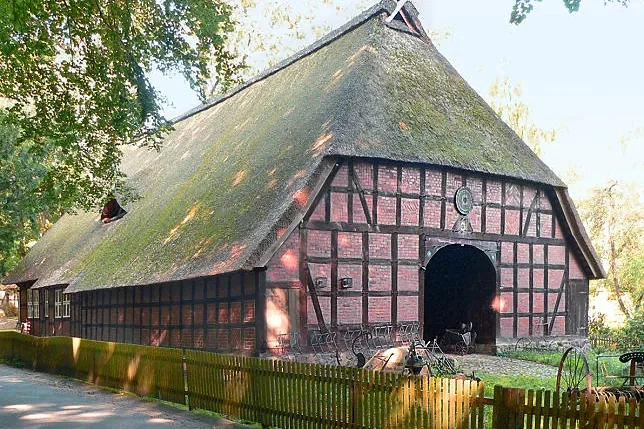
Rischmannshof Heath Museum
WalsrodeThe Rischmannshof Heath Museum, located in Walsrode, Germany, is an open-air museum that was inaugurated in 1912. It is one of the first open-air museums in the country, offering a unique insight into the rural life and history of the region.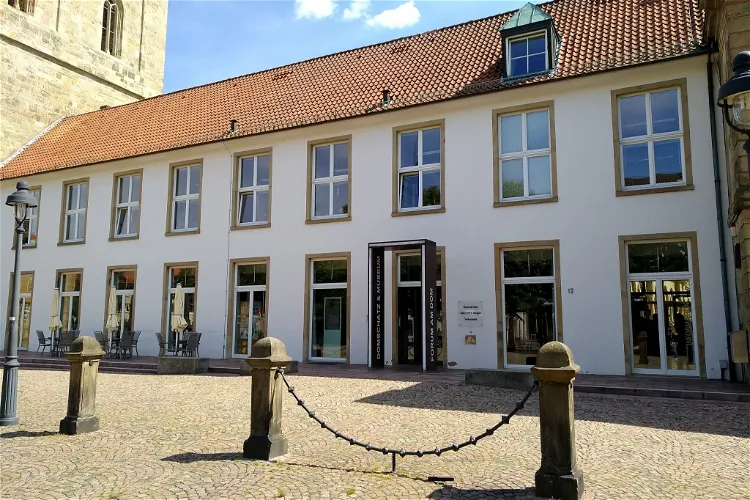
Cathedral Treasury and Diocesan Museum
OsnabrückThe Cathedral Treasury and Diocesan Museum is an integral part of the Diocese of Osnabrück. Its location, right next to the St. Peter's Cathedral, makes it easily accessible for visitors. The museum offers a unique opportunity to delve into the rich history and culture of the diocese.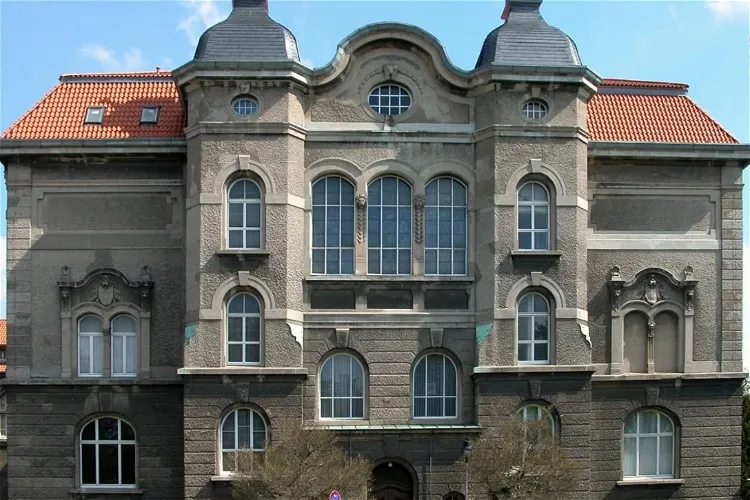
Städtisches Museum Braunschweig
BrunswickThe Städtisches Museum Braunschweig, established in 1861, is one of the largest art and cultural history museums in Germany. It boasts a collection of over 270,000 objects that shed light on the history of Brunswick. This extensive collection provides a comprehensive insight into the city's past, making it a significant destination for those interested in exploring the rich cultural and historical heritage of Brunswick.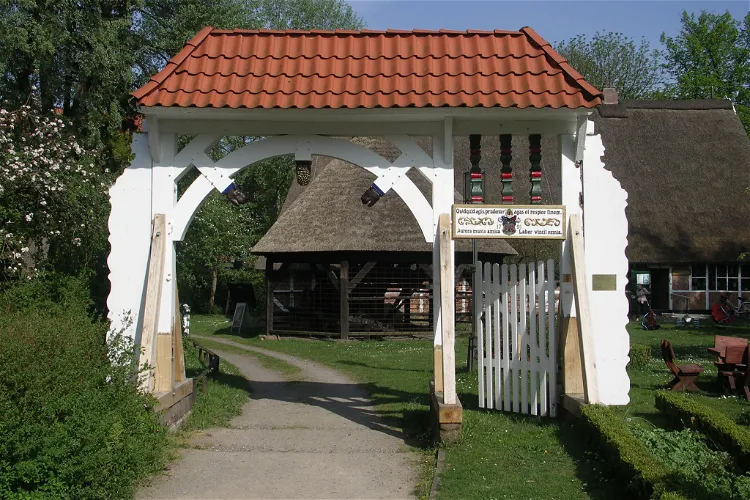
Freilichtmuseum
StadeThe Freilichtmuseum in Stade is a significant historical site, being one of the oldest open-air museums in Germany. It is located on an island on the Bleicher-Ravelin, a structure that was built in 1692. This unique location adds to the charm and historical significance of the museum, making it a fascinating destination for tourists interested in history and culture.
Münchhausen Museum
BodenwerderVisit the house of Münchhausen, a well-known German collector of tall tales. After he retired, he lived here until his death.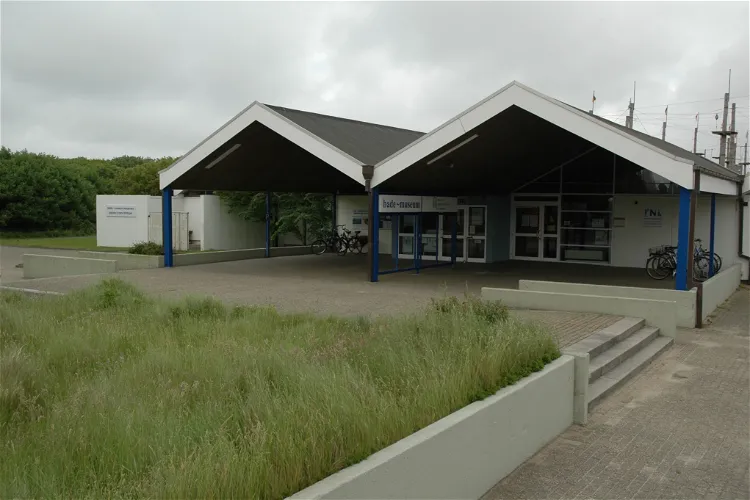
Museum Nordseeheilbad Norderney
NorderneyThe bade~museum norderney/Galerie Hans Trimborn is situated in the building of the former seawater swimming pool, close to the West Beach of the East Frisian island Norderney. This location offers visitors a unique setting to explore the museum's collections and exhibitions, while also enjoying the beautiful surroundings of the island.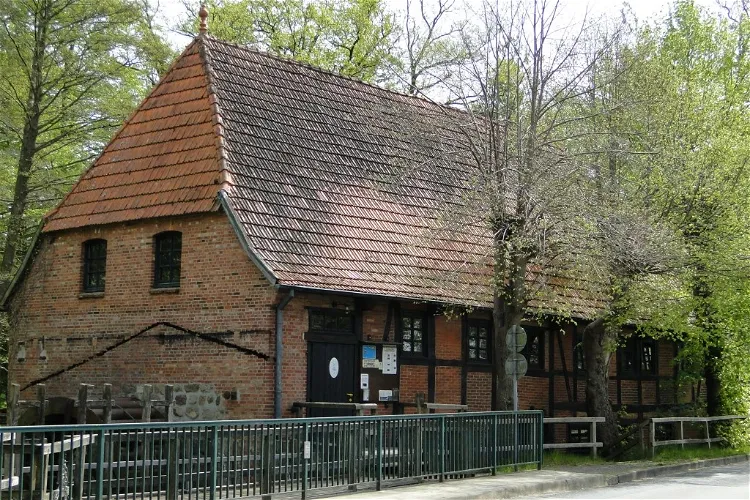
Holmer Mühle
Buchholz in der NordheideThe Holmer Mühle is a protected watermill situated on the Lower Saxony Mill Road (No. 111). This historic mill is a part of the Holm estate, which is privately owned. The mill's location, directly on the Seeve river, adds to its charm and historical significance.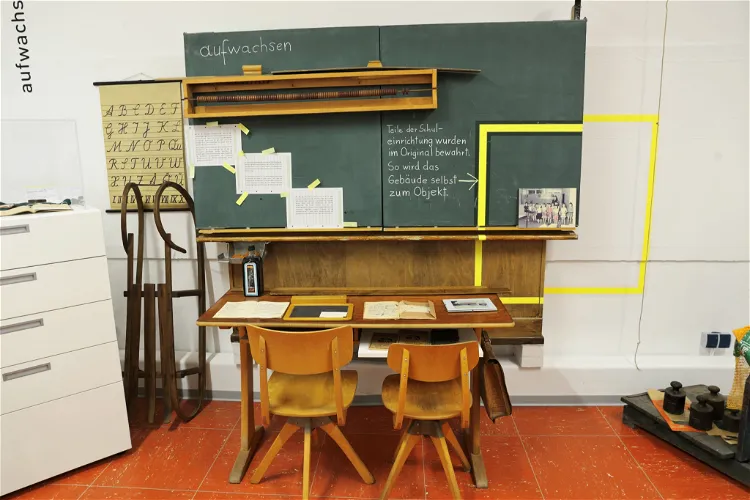
Heimatstube Exten
RintelnThe Heimatstube Exten – Museum for Village Culture is a local museum located in the district of Exten, within the city of Rinteln. The museum is dedicated to preserving and showcasing the history, tradition, and culture of the local community. It provides a unique insight into the local way of life and the traditions that have shaped the community over the years.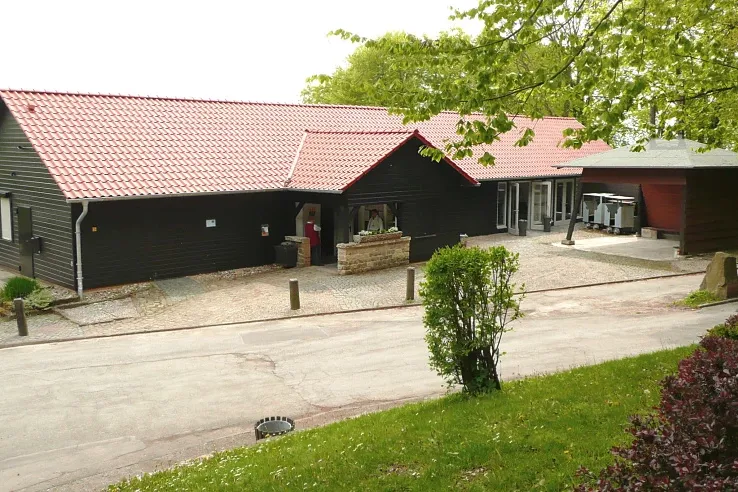
Der Hüttenstollen Besucherbergwerk und Museum Osterwald
SalzhemmendorfThe Hüttenstollen Osterwald, located in Osterwald, was a mine in the eastern Osterwald coal district. It was opened in 1842 and has a rich history of coal mining. Today, it serves as a visitor mine and is a protected cultural monument.
Juleum
HelmstedtThe Juleum, also known as Juleum Novum, is a multi-storey lecture and library building located in the Lower Saxon county town of Helmstedt in Germany. This historic building was part of the former university and is a significant landmark in the region. It offers a glimpse into the architectural style of the Weser Renaissance and the educational history of the area.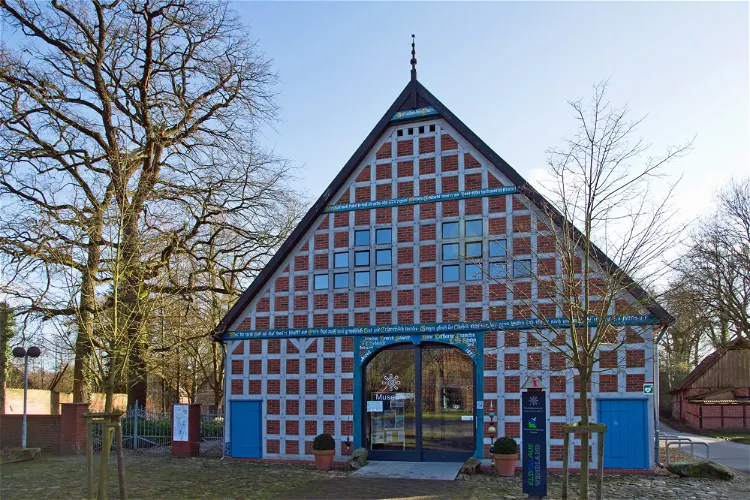
Rundlingsmuseum
Lübeln- 71
Amtsturm-Museum Lüchow
Lüchow 
Buxtehude Museum
BuxtehudeThe Buxtehude Museum underwent a significant renovation and expansion in 2015, which resulted in the creation of new departments and a redesign of its exhibitions. The museum reopened in 2021, offering visitors a fresh and modern perspective on the region's history and art. The renovation has enhanced the museum's ability to present its collections in a more engaging and informative way.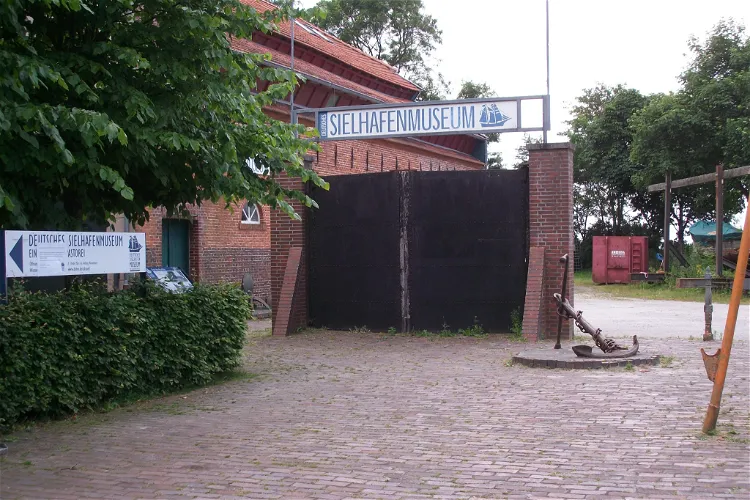
Alte Pastorei (Deutsches Sielhafenmuseum)
Landkreis Wittmund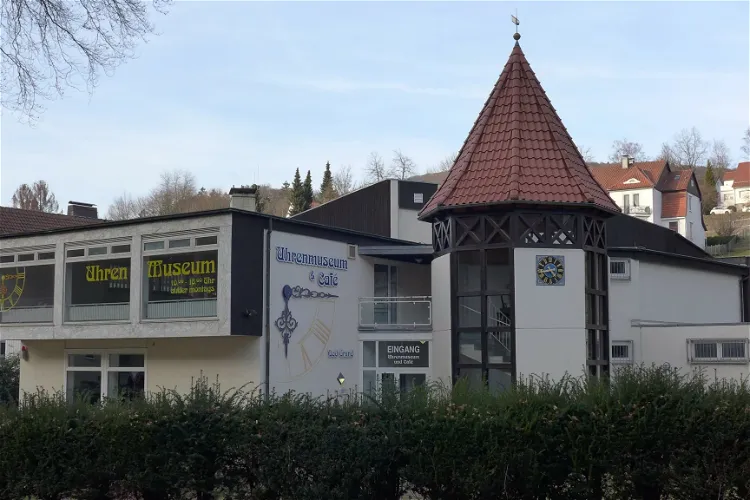
Uhrenmuseum
Bad GrundThe Uhrenmuseum Bad Grund showcases a wide variety of clocks from different countries, each with their unique designs and purposes. The museum documents the evolution of clock technology from the Renaissance period to the present day, providing a comprehensive overview of the history of timekeeping.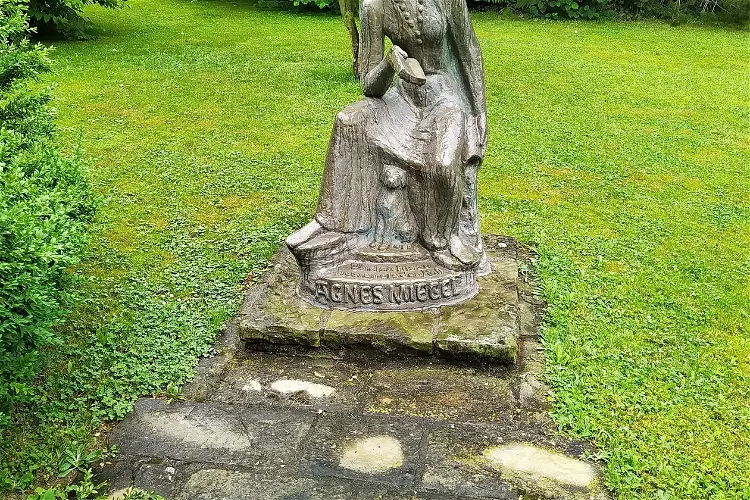
Agnes-Miegel-Haus
Bad NenndorfThe Agnes-Miegel-Haus in Bad Nenndorf served as the home of the renowned writer Agnes Miegel from 1953 to 1964. Today, it has been transformed into a literature museum that pays tribute to the life and works of the author. Visitors can explore the house where Miegel lived and created numerous poems and stories, gaining a unique insight into her life and creative process.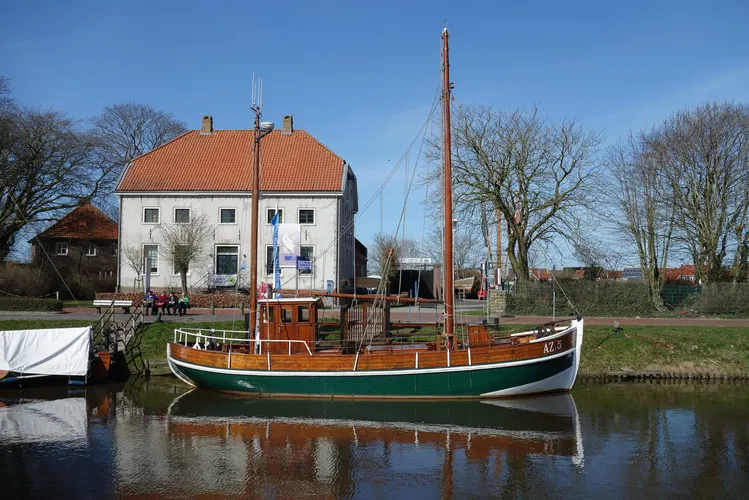
Groot Hus (Deutsches Sielhafenmuseum)
Landkreis Wittmund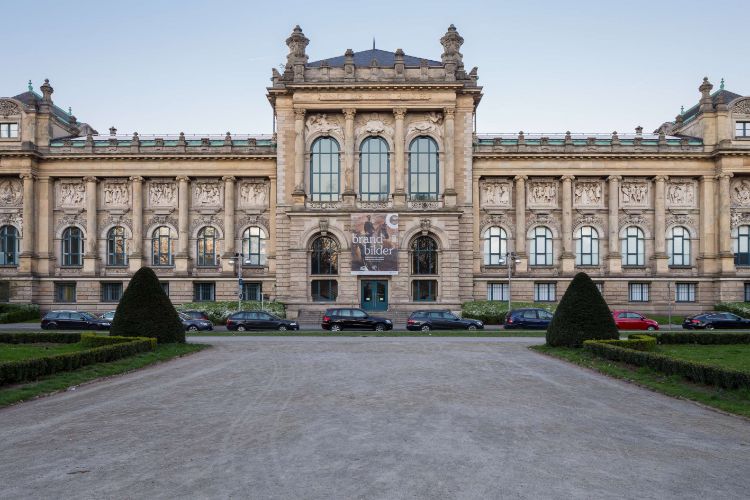
Lower Saxony State Museum
HanoverThe Lower Saxony State Museum (Niedersächsische Landesmuseum Hannover) is a museum in Hannover. The museum's collection includes the Landesgalerie, a collection of paintings and sculptures dating from the Middle Ages to the early twentieth century. Furthermore, the museum features departments for ar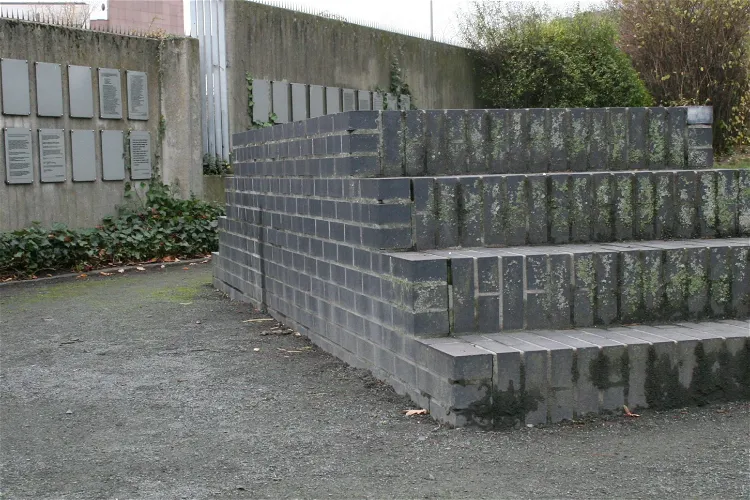
Gedenkstätte KZ-Außenlager Schillstraße
BrunswickThe KZ Außenlager Schillstraße in Brunswick, established on November 5, 1944, served as a subcamp of the Neuengamme concentration camp. This historical site provides a glimpse into the grim past of World War II, offering visitors an opportunity to learn about the history and pay their respects to the victims.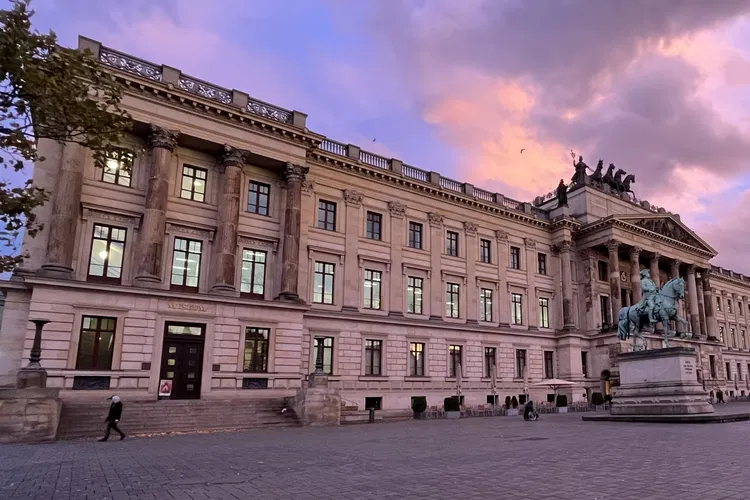
Brunswick Palace Museum
BrunswickThe Schlossmuseum Braunschweig is a history museum that is situated in the Brunswick Residenzschloss, which was reconstructed in 2007. This museum offers a unique opportunity to explore the rich history of the region, as it is housed in a building that has been a significant part of the area's past. The museum's location in the Brunswick Residenzschloss adds an extra layer of historical significance to the exhibits and artifacts on display.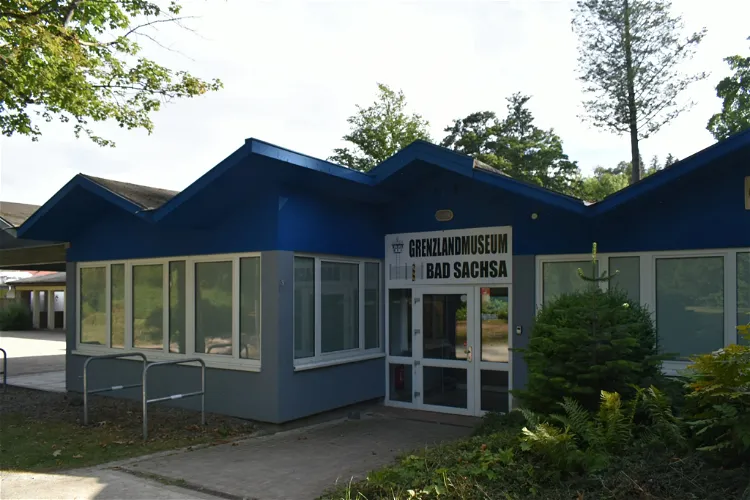
Grenzlandmuseum Bad Sachsa
Bad SachsaThe Grenzlandmuseum Bad Sachsa is a significant historical site located in Bad Sachsa, Lower Saxony, Germany. It serves as a reminder of the former inner German border at Bad Sachsa and the division of Germany into the German Democratic Republic and the Federal Republic of Germany. The museum is a testament to the country's past and provides a comprehensive understanding of the historical events that shaped modern Germany.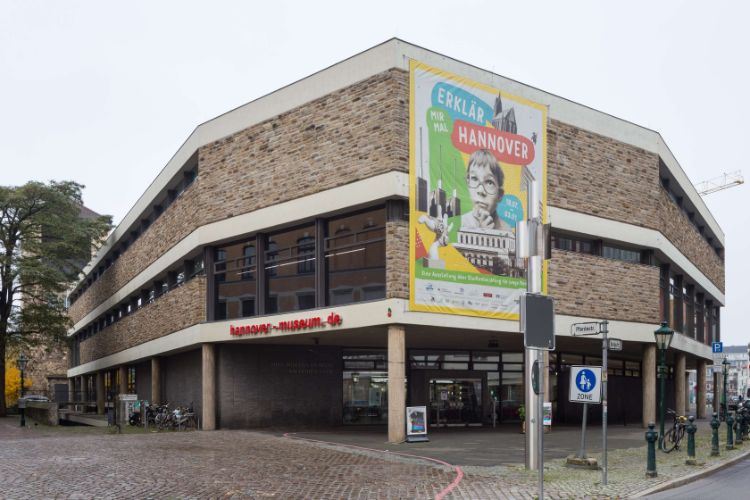
Historisches Museum Hannover
HanoverThe Historisches Museum Hannover (Historical Museum Hannover) collects and exhibits objects related to the history of the city of Hannover and today's Lower Saxony. The museum is divided into the following departments: "From the Principality to the Kingdom" with the development of the Principality o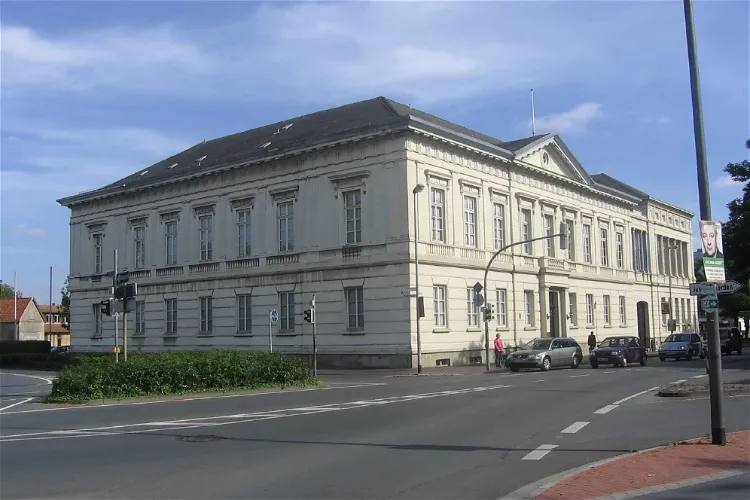
Prinzenpalais, Oldenburg
OldenburgSince 2003, the Prinzenpalais has been open to the public as a museum. As a part of the State Museum for Art and Cultural History Oldenburg, it showcases art from the 19th and 20th centuries. In addition to its permanent collection, the museum also hosts changing special exhibitions, offering visitors a chance to experience a variety of artistic styles and periods.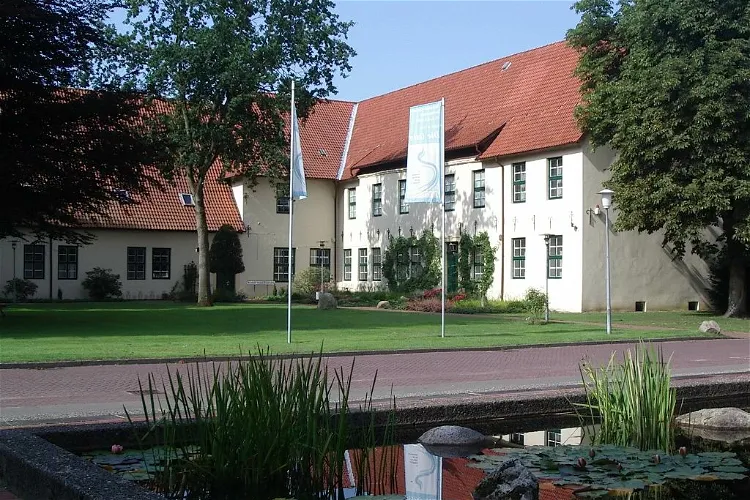
Bachmann-Museum Bremervörde
BremervördeThe Bachmann-Museum in Bremervörde is a unique institution that combines regional history and natural history. It is the largest museum in the Rotenburg (Wümme) district, making it a significant cultural and educational hub in the region. Visitors can expect to explore a wide range of exhibits that delve into the rich history and natural wonders of the area.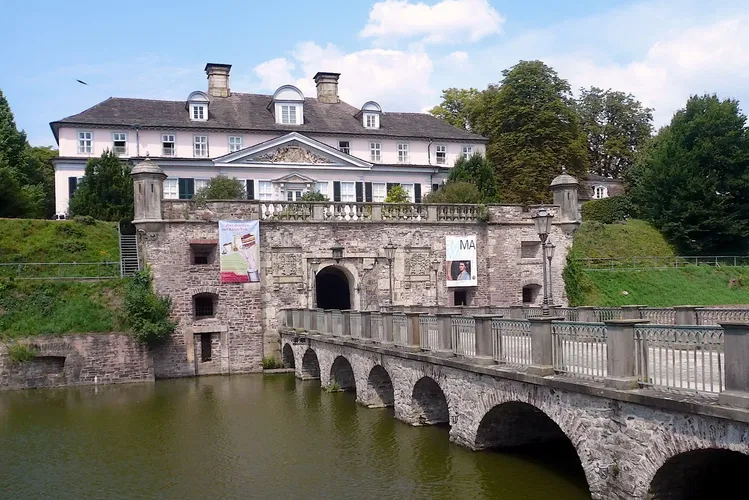
Schloss Pyrmont
Bad PyrmontThe current structure of Schloss Pyrmont dates back to the 18th century. Today, it houses a museum that showcases the history and culture of the region. Visitors can explore the museum to gain a deeper understanding of the castle's past and the people who lived there.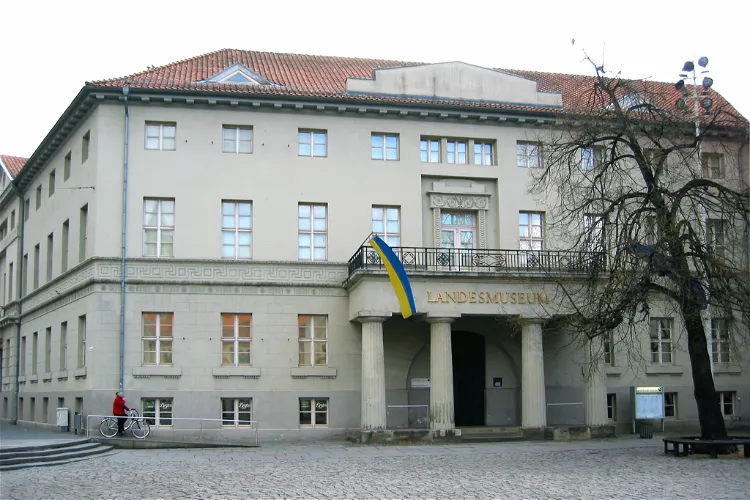
Braunschweigisches Landesmuseum
BrunswickThe Braunschweigisches Landesmuseum (BLM) is a historical museum located in Braunschweig, Germany. It is operated by the state of Lower Saxony, providing a comprehensive insight into the region's history.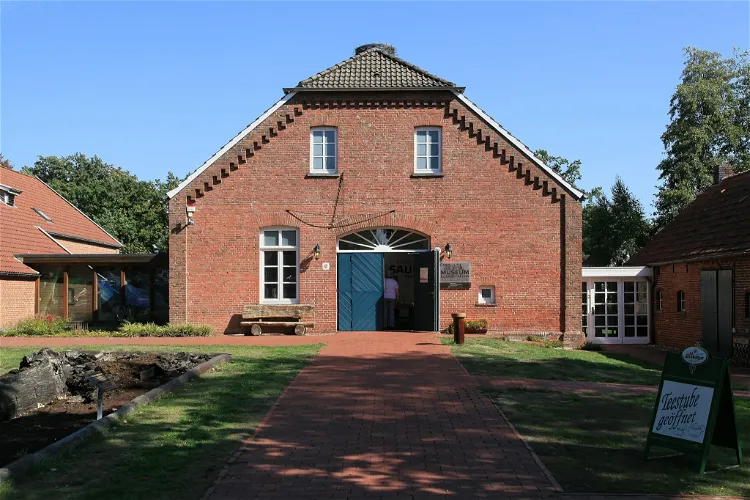
Moor- und Fehnmuseum Elisabethfehn
ElisabethfehnThe Moor- und Fehnmuseum Elisabethfehn is a peat museum situated in the Fehnkolonie Elisabethfehn, within the municipality of Barßel. The museum is conveniently located directly on the Elisabethfehn canal, making it easily accessible for visitors.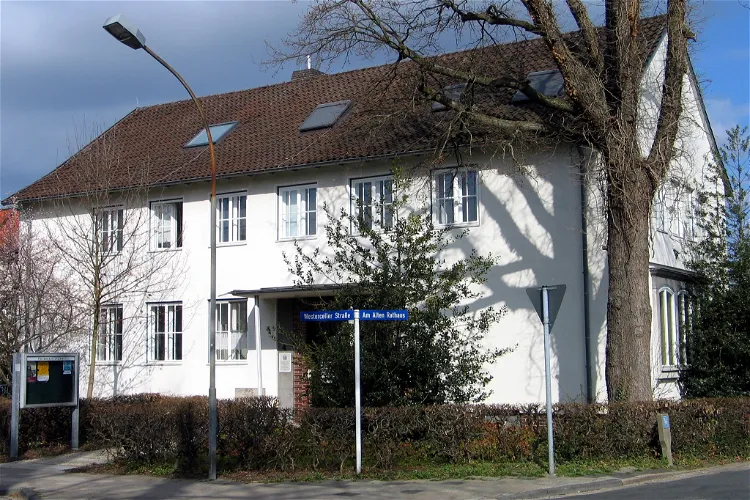
Stadtarchiv Celle
CelleThe Stadtarchiv Celle is situated in the former town hall of Westercelle, a town that has now been incorporated into Celle. The address is Westerceller Straße 4. This location adds to the historical significance of the archive and provides a unique setting for visitors.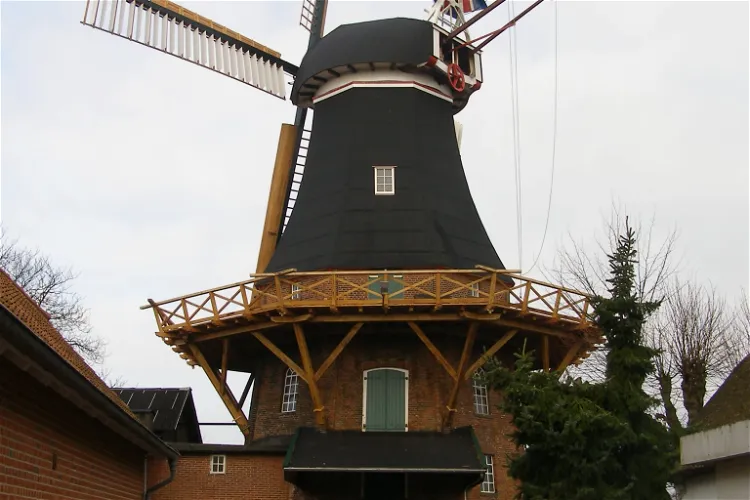
Museum Moorseer Mühle
NordenhamThe Moorseer Mill, located in Nordenham Abbehausen, holds the distinction of being the last fully functional gallery Dutchman in the Wesermarsch district in Lower Saxony. This makes it a unique site for visitors interested in historical architecture and the history of milling in the region.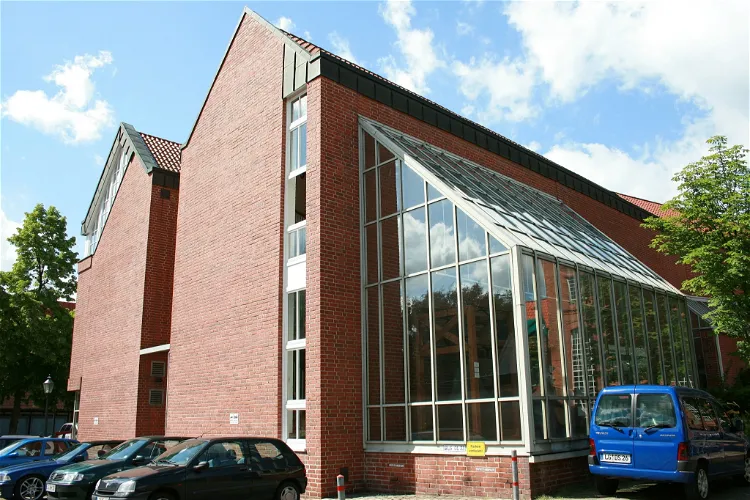
East Prussian Regional Museum
LüneburgThe East Prussian Regional Museum, located in Lüneburg, Lower Saxony in Germany, was established in 1987. This museum is a significant cultural institution that provides insights into the history, art, and culture of the former German province of East Prussia.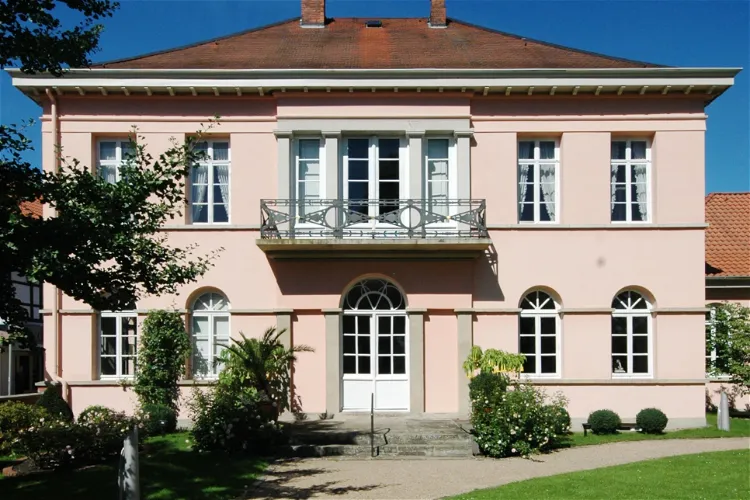
Quaet-Faslem-Haus
Nienburg/Weser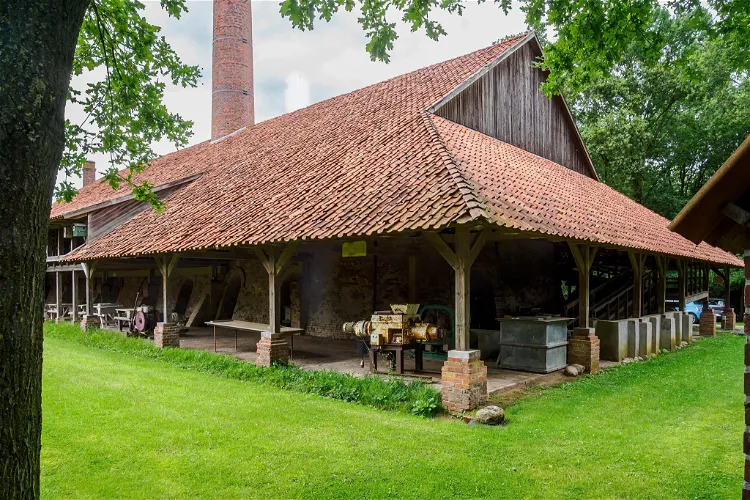
Ziegeleimuseum Westerholt
WardenburgZiegelei Westerholt, located in the Wardenburg district, was once a thriving brickyard. Today, it serves as an industrial museum, offering a unique insight into the history and process of brick making. Visitors can explore the facility and learn about its transformation from a working brickyard to a museum.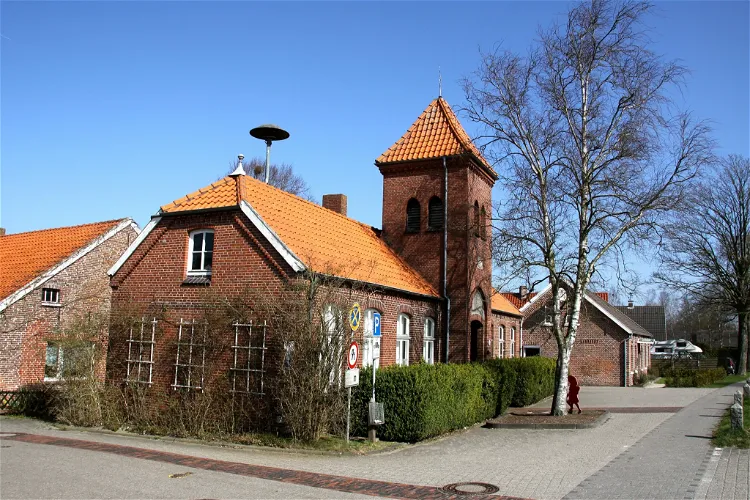
Ostfriesisches Schulmuseum Folmhusen
FolmhusenThe Ostfriesisches Schulmuseum Folmhusen is situated in the municipality of Westoverledingen, in the region of East Frisia. This location is easily accessible and offers a unique insight into the history of schooling and childhood in the region.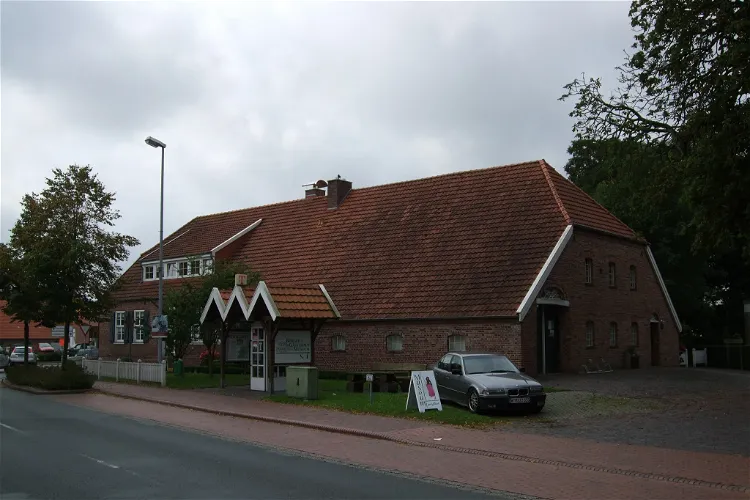
Heimatkundliches Museum Friedeburg
FriedeburgThe Heimatkundliche Museum Friedeburg is a museum located in Friedeburg, in the Wittmund district. The museum's main focus is on local history, providing visitors with a deep understanding of the region's past and its cultural heritage.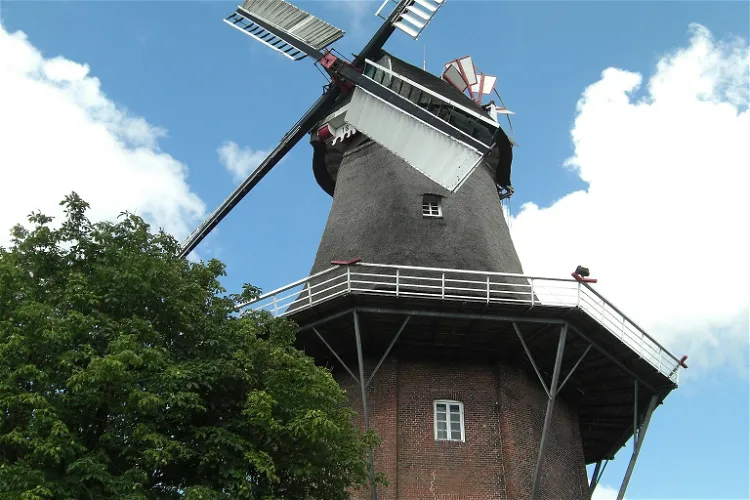
Mühlenfachmuseum Stiftsmühle Aurich
Landkreis AurichThe Stiftsmühle in Aurich, Lower Saxony, is a five-story Dutch windmill that was built in 1858. It is one of the city's landmarks and the second tallest mill in East Frisia with a total height of 29.95 meters. The mill is still operational today, making it a unique piece of living history. The mill got its name from the Sethestift, which acquired the mill in 1932.
Stadtmuseum Nordhorn
NordhornThe Stadtmuseum Nordhorn is a museum that focuses on the city and textile history of the border town of Nordhorn in Lower Saxony. It is located in three historical buildings that were once part of Nordhorn's textile production industry. These buildings are the NINO high-rise, the Povelturm, and the Alte Weberei Povel.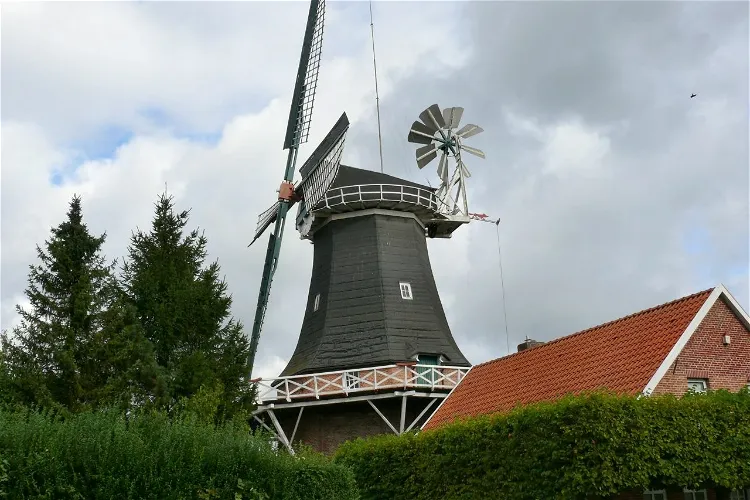
Museum Leben am Meer
EsensThe Museum "Leben am Meer" is situated in the East Frisian city of Esens. The museum's collection primarily focuses on the settlement history of Harlingerland and the history of the city of Esens. This provides a unique opportunity for visitors to delve into the rich history and culture of the region.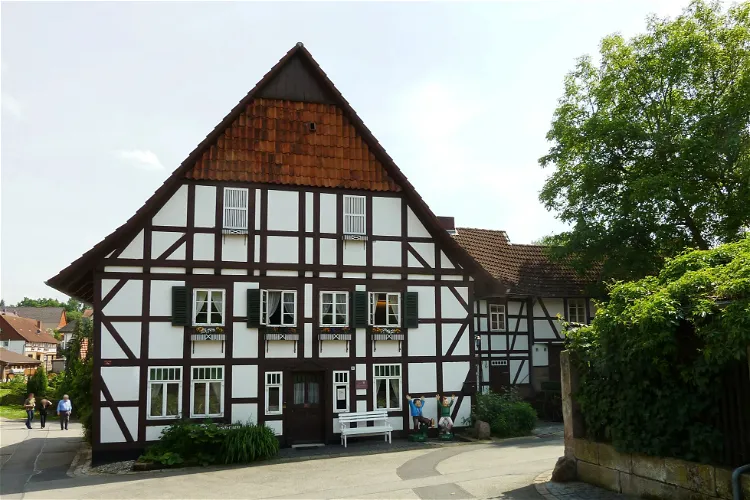
Wilhelm-Busch-Mühle
EbergötzenThe Wilhelm-Busch-Mühle, also known as the Max-und-Moritz-Mühle, is a historic watermill located in Ebergötzen, in the Göttingen district. Since 1977, it has been functioning as a memorial site for Wilhelm Busch, a renowned poet, painter, and illustrator, and also as a mill museum. The museum offers a glimpse into the life and work of Wilhelm Busch, the old milling technique at the running grain mill, the history of the building, and rural life in the 19th century.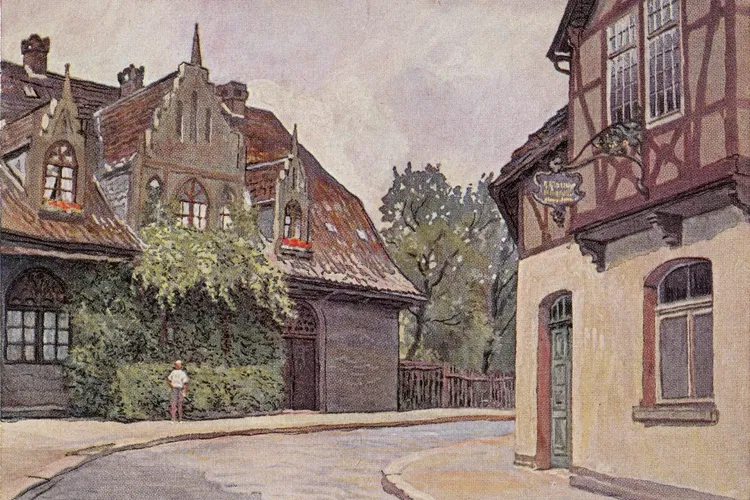
Kreismuseum Peine
Landkreis PeineThe Kreismuseum Peine, initially also known as the Heimatmuseum des Landkreises Peine, is a museum dedicated to the local history and everyday culture of the Landkreis Peine. It provides a comprehensive insight into the region's past and the daily life of its inhabitants. The museum's exhibits are designed to be engaging and informative, making it a worthwhile destination for anyone interested in learning more about the area's history and culture.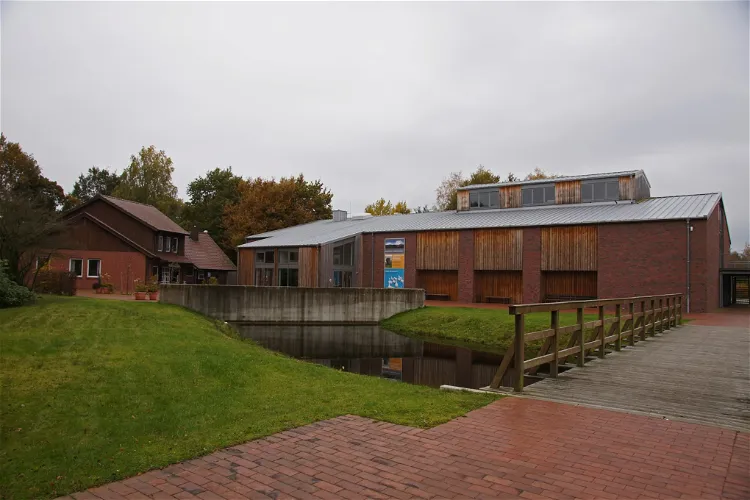
Emsland Moormuseum
Heseper TorfwerkThe Emsland Moormuseum, located in Gro Hesepe, Geeste municipality in the Lower Saxony district of Emsland, is recognized as the largest moor museum in Europe. It offers a comprehensive insight into the history and significance of moors in the region, making it a unique destination for those interested in natural history and environmental conservation.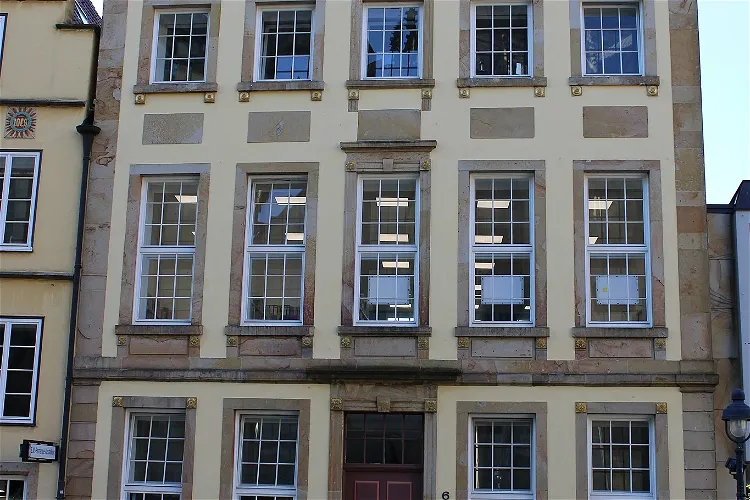
Erich Maria Remarque-Friedenszentrum
OsnabrückThe Erich Maria Remarque Peace Centre is home to the Erich Maria Remarque Archive and a permanent exhibition that provides a comprehensive insight into the life and work of Erich Maria Remarque. The exhibition features audio and film documents, as well as educational elaboration of the theme, not only highlighting biographical and literary aspects of Remarque's life, but also aspects of 20th century German history.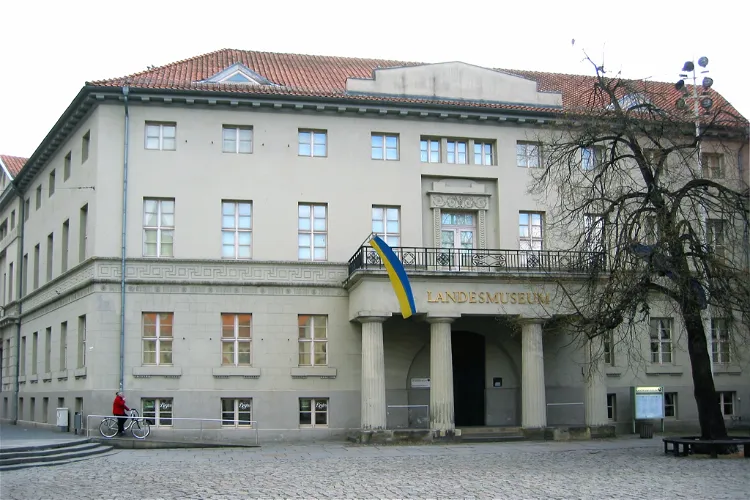
Braunschweigisches Landesmuseum
WolfenbüttelThe Braunschweigisches Landesmuseum (BLM) is a historical museum located in Braunschweig, Germany. It is operated by the state of Lower Saxony, providing a comprehensive insight into the region's history.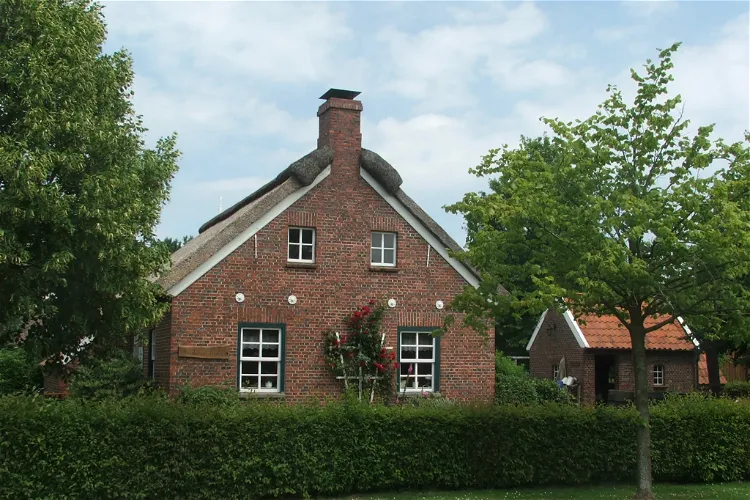
Peat and Settlement Museum
WiesmoorThe Peat and Settlement Museum is composed of several original, reconstructed buildings. These include a historical village school, a forge, and a settler's house that reflects the time around 1900. The reconstruction of this settler's house in 1988 marked the founding of the museum. These buildings provide a tangible connection to the past, allowing visitors to step back in time and experience the living conditions of the early settlers.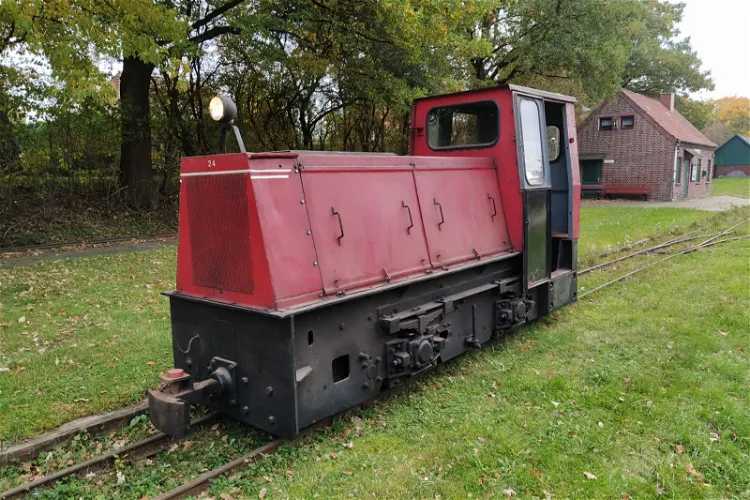
Deutsches Feld- und Kleinbahnmuseum e.V
DeinsteThe Deutsches Feld- und Kleinbahnmuseum (DFKM) is a museum dedicated to the history of field railways. It is situated in the municipality of Deinste, in the Stade district of Lower Saxony. This location offers a unique insight into the history and development of field railways, making it an interesting destination for railway enthusiasts and history buffs alike.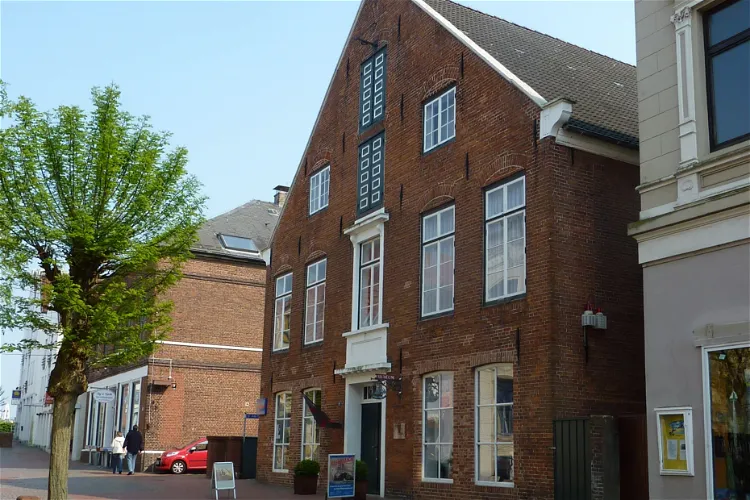
Schifffahrtsmuseum der oldenburgischen Unterweser - Haus Elsfleth
ElsflethThe Schifffahrtsmuseum der oldenburgischen Unterweser, also known as the Schifffahrtsmuseum Brake, is a museum that focuses on the history of Oldenburg shipping. It is situated in Brake and has an additional branch located in the former Villa Steenken in Elsfleth. The museum offers a deep dive into the maritime history of the 19th and early 20th centuries in the Grand Duchy and later Free State of Oldenburg.
Landtechnik Museum Gut Steinhof
BrunswickGut Steinhof is a historical manor farm situated in the northern part of Brunswick, specifically in the district of Lehndorf-Watenbüttel. It is conveniently located on Federal Highway 214, making it easily accessible for tourists.
Otto-Haesler-Museum
CelleThe Otto-Haesler-Museum, located in Celle, Lower Saxony, is a tribute to the life and work of the architect Otto Haesler. Haesler spent a significant portion of his career in Celle, and the museum serves as a testament to his architectural contributions to the city and beyond.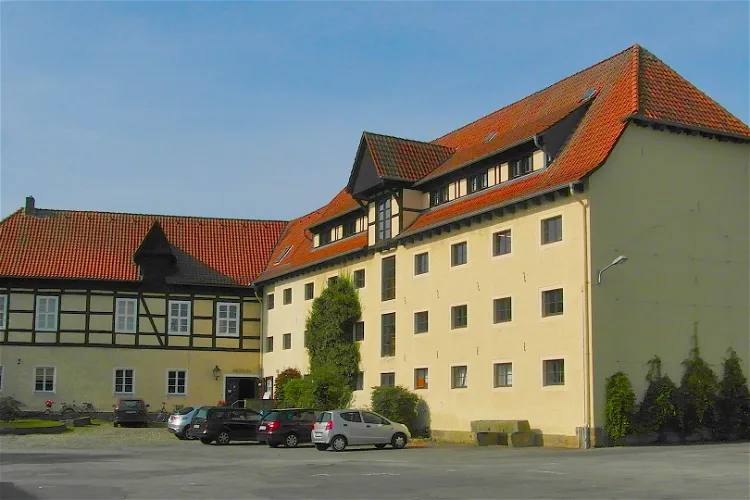
Museum auf dem Burghof
SpringeThe Museum auf dem Burghof in Springe, located in the Hannover region, is a cultural institution dedicated to preserving and showcasing the history and culture of the city at Deister. Visitors can expect to gain a deeper understanding of the region's past and its cultural evolution over time.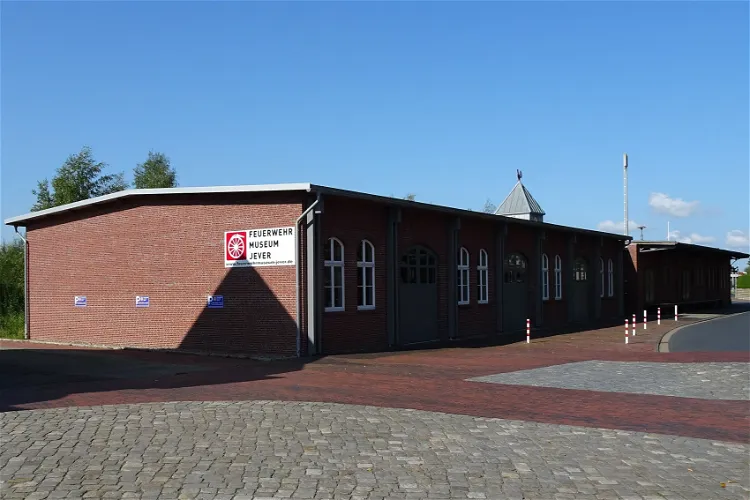
Feuerwehrmuseum Jever
JeverThe Feuerwehrmuseum Jever, located in Jever, is a museum that is dedicated to the history of firefighting and the fire brigade. It provides an in-depth look into the evolution of firefighting techniques and equipment, making it an interesting destination for those interested in history and firefighting.
Heimatmuseum Leer
Landkreis LeerThe Heimatmuseum Leer is a museum that provides insights into the lifestyle and work culture of Leer, as well as the city's history. It offers a unique opportunity to understand the evolution of the city and its people over time. The museum's exhibits cover various aspects of life in Leer, from its early settlement to its modern development.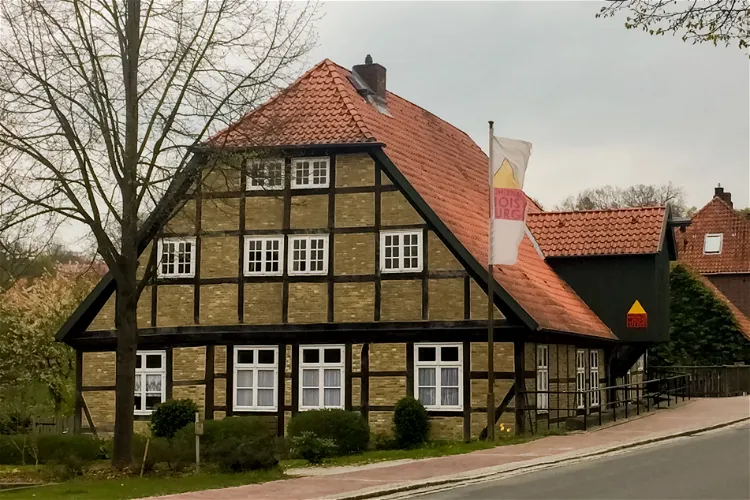
Mühlenmuseum Moisburg
MoisburgThe Mühlenmuseum Moisburg, located in the former Amtswassermühle in Moisburg in the Harburg district since 1985, offers visitors a chance to explore the regional mill history through its permanent and special exhibitions. This museum provides a unique opportunity to delve into the past and understand the significance of mills in the region's history.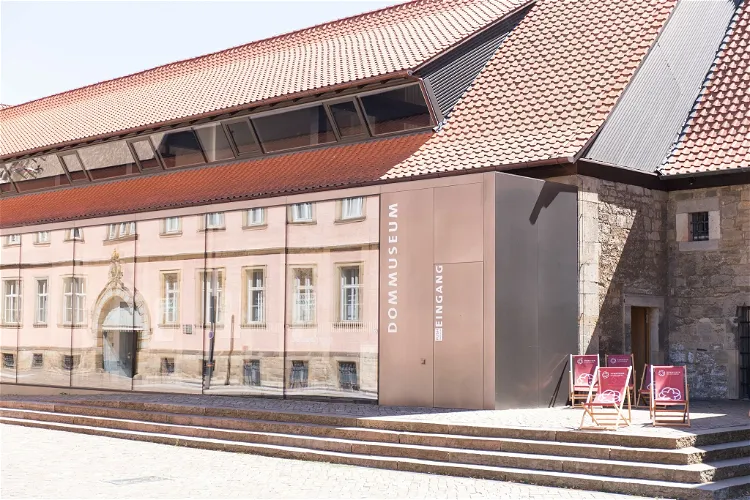
Hildesheim Cathedral Museum
HildesheimThe Hildesheim Cathedral Museum serves as the cathedral treasury and diocesan museum of the Hildesheim diocese. It is home to the cathedral treasure, which is recognized as part of the UNESCO World Heritage. This makes it a significant site for those interested in history, art, and religious artifacts.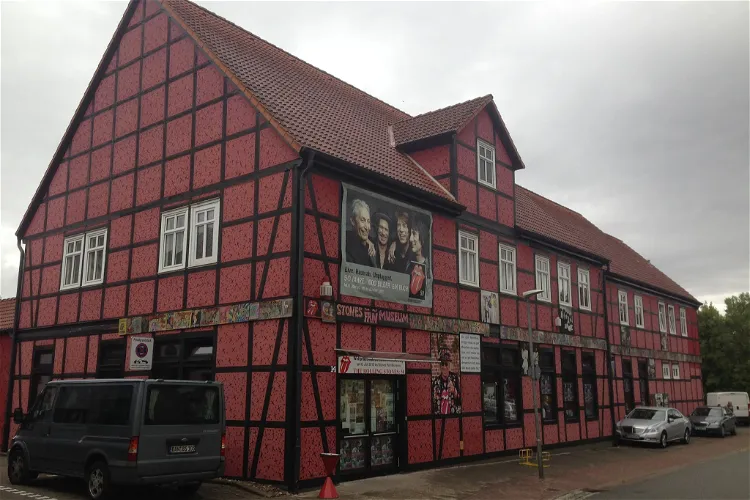
Stones Fan Museum
LüchowThe Stones Fan Museum, located in Lüchow, Lower Saxony, Germany, was established in 2011. The museum is dedicated to the iconic British rock band, The Rolling Stones, and offers a unique insight into the band's history and influence on rock music.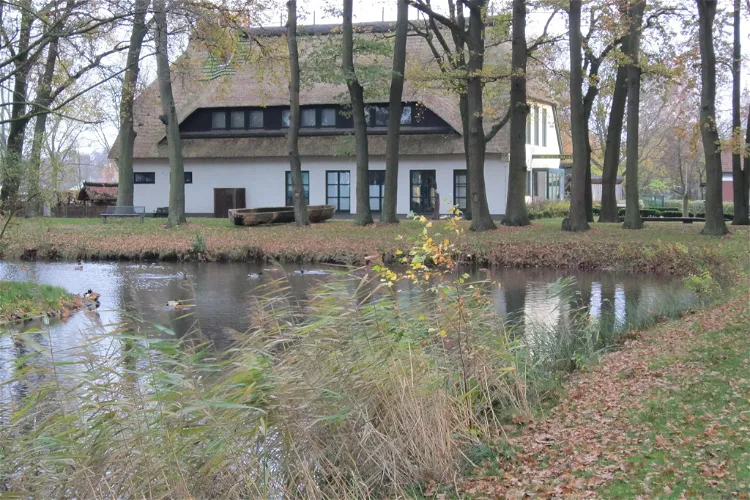
Dümmer-Museum Lembruch
LembruchThe Dümmer-Museum in Lembruch is a museum dedicated to the natural and cultural history of Dümmer. It is part of the district museum Syke, which is supported by the district of Diepholz. The museum was inaugurated in 1968 and has since been a significant part of the cultural landscape of the region.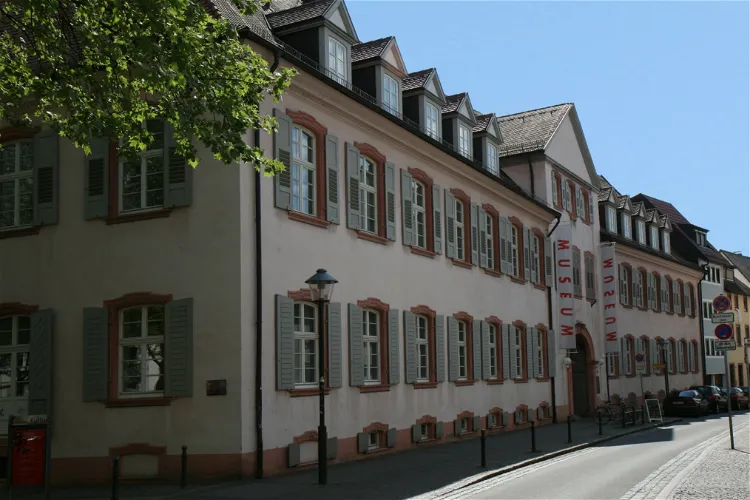
Museum im Ritterhaus
Osterode am HarzThe Museum im Ritterhaus, situated in Offenburg, Baden-Württemberg, is a historical institution that was inaugurated in 1900 by Carl Frowin Mayer. Originally, it was established as a 'Museum for Natural and Ethnology', showcasing a diverse range of exhibits related to natural history and ethnology.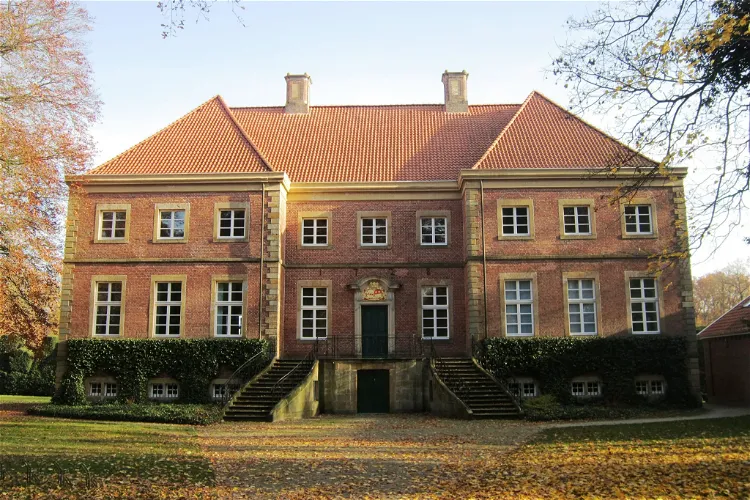
Gut Altenkamp
AschendorfThe Gut Altenkamp property, acquired by the city in 1981, is home to beautiful baroque gardens. These gardens offer a serene and picturesque environment for visitors to explore and enjoy. The gardens' design and layout reflect the baroque style, making it a unique attraction for those interested in garden design and history.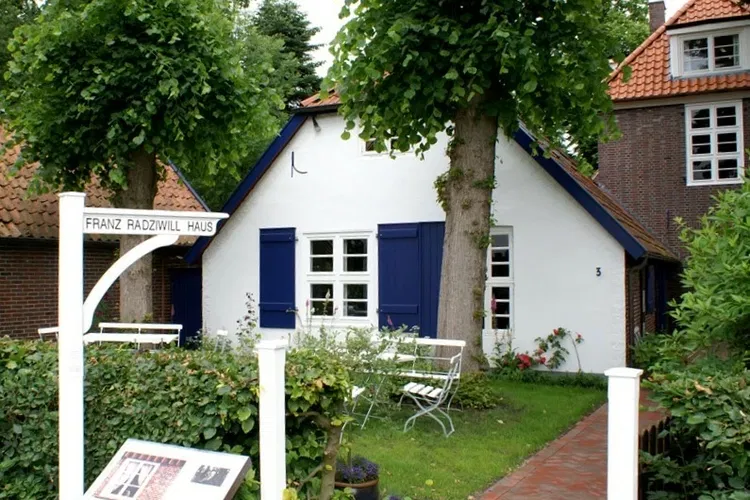
Franz Radziwill
VarelFranz Radziwill, born on 6 February 1895 and passed away on 12 August 1983, was a renowned German painter. He was particularly recognized for his landscape paintings, which were often depicted in a magic realist style. In addition to this, Radziwill was also associated with the New Objectivity movement, a significant art movement in Germany during the 1920s.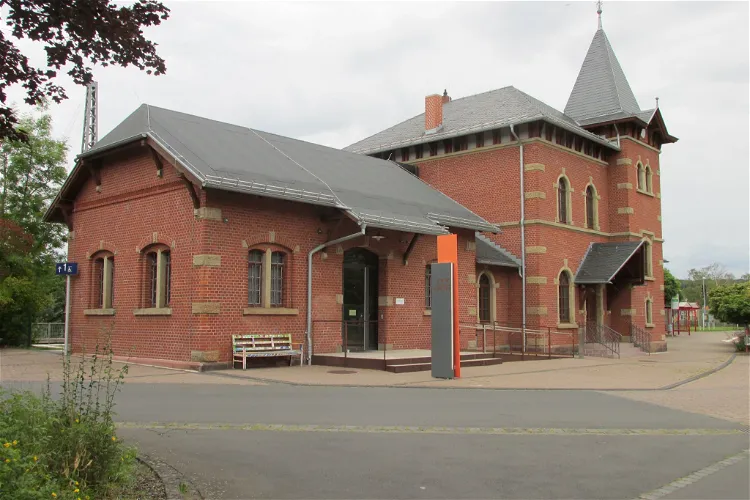
Museum Friedland
FriedlandThe Museum Friedland, situated in Friedland in Lower Saxony, Germany, is dedicated to researching, preserving, presenting, and communicating the history of the Friedland border transit camp. This camp has been operational since 1945 and has seen the passage of over four million people, including refugees, displaced persons, released prisoners of war, late resettlers, and asylum seekers from various parts of the world.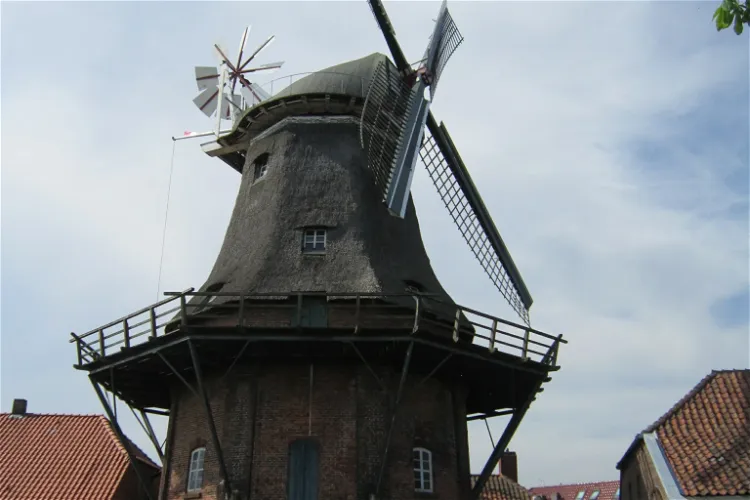
Landwirtschaftsmuseum
JeverThe Schlachtmühle is a significant historical landmark in the Frisian county town of Jever. Constructed in 1847, this gallery Dutch windmill is part of the Frisian Mill Road, a route that connects various windmills in the region. Its central location in Jever, near the old port of the city, makes it easily accessible for tourists.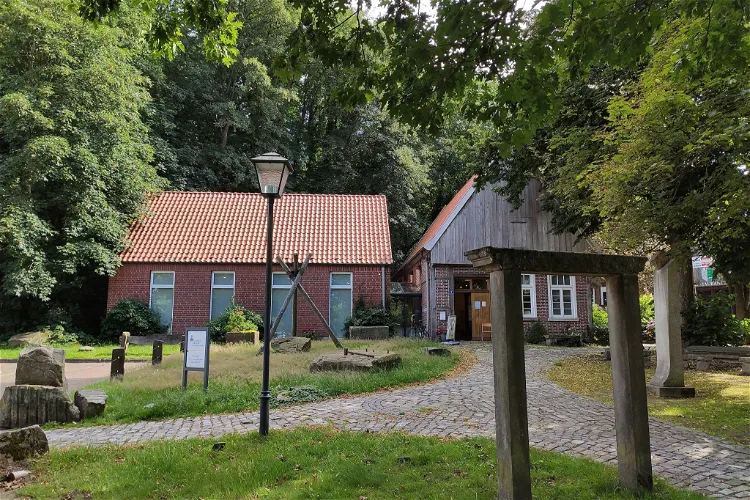
Sandsteinmuseum
Bad BentheimThe Sandsteinmuseum Bad Bentheim, opened in the summer of 1999, is situated in a historic anchor beam house with a modern extension. This unique location is nestled in the castle park below the Bentheim Castle in Bad Bentheim, Lower Saxony. The museum's location offers visitors a chance to explore the rich history of the area while enjoying the beautiful surroundings.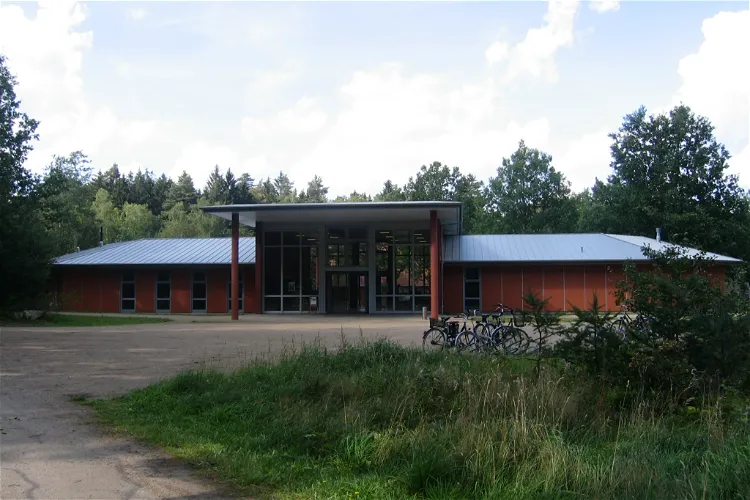
Hösseringen Museum Village
HösseringenThe Hösseringen Museum Village, located in Suderburger, Lower Saxony, is a unique destination that showcases significant types of the Lower German hall house. Spread over a vast area of 130,000 m², the museum offers visitors a chance to explore and understand the architectural styles and historical significance of these structures.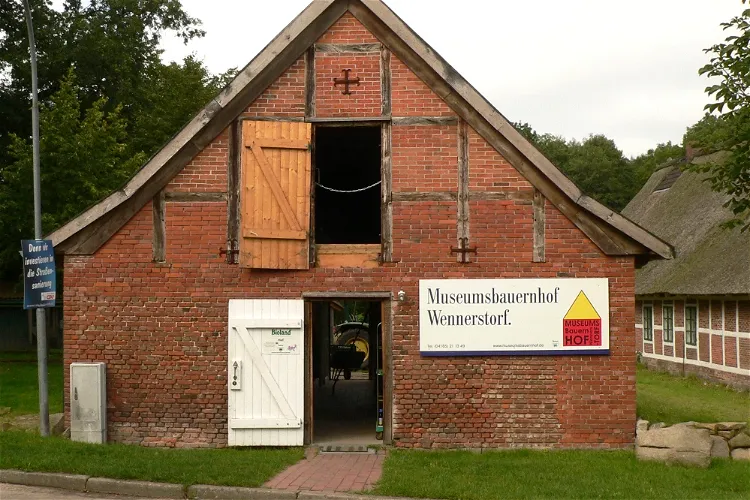
Museumsbauernhof Wennerstorf
WenzendorfThe Museumsbauernhof Wennerstorf is one of the oldest farm complexes in the district, with parts of the main house dating back to the mid-16th century. This historical significance adds to the museum's appeal, offering visitors a glimpse into the past.
State Museum for Art and Cultural History
OldenburgThe State Museum for Art and Cultural History in Oldenburg is a unique cultural institution located in the city of Oldenburg in Lower Saxony. The museum is spread across three closely situated sites: the Castle, Augusteum, and Prinzenpalais. Each of these sites offers a distinct collection and experience, making the museum a diverse and enriching destination for art and history enthusiasts.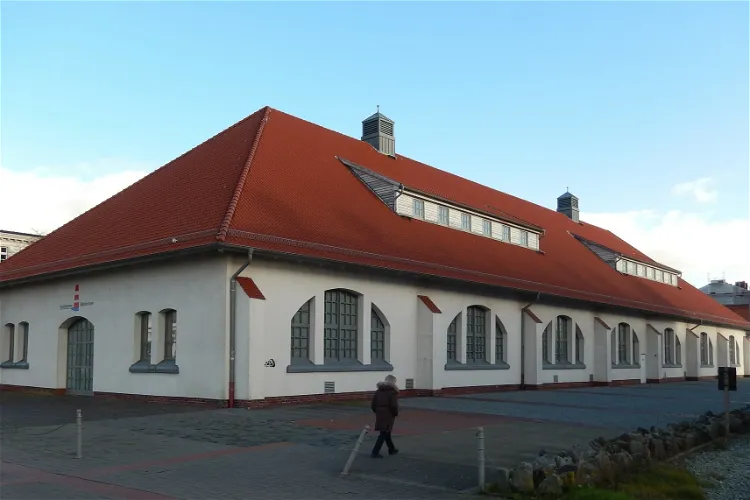
Küstenmuseum Wilhelmshaven
WilhelmshavenThe Küstenmuseum Wilhelmshaven is a unique coastal museum situated in Wilhelmshaven, Lower Saxony. It provides a comprehensive exploration of the past, present, and future of the coastal region, as well as the history of the city of Wilhelmshaven. This museum offers a unique opportunity for visitors to delve into the rich maritime history and understand the evolution of the coastal city.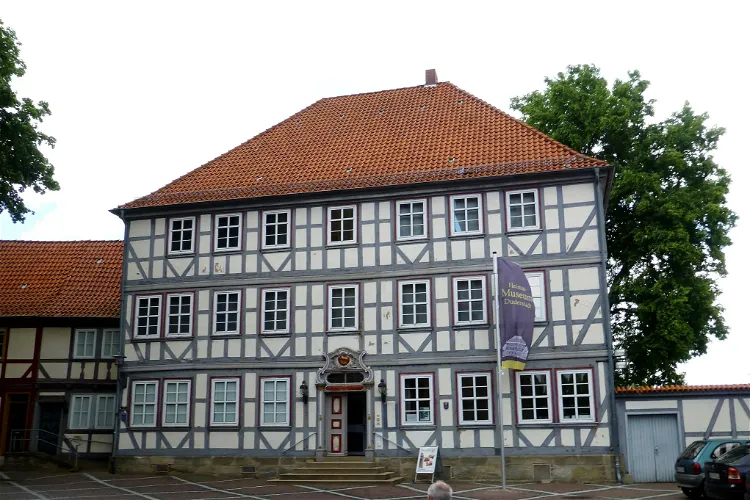
Heimatmuseum Duderstadt
Duderstadt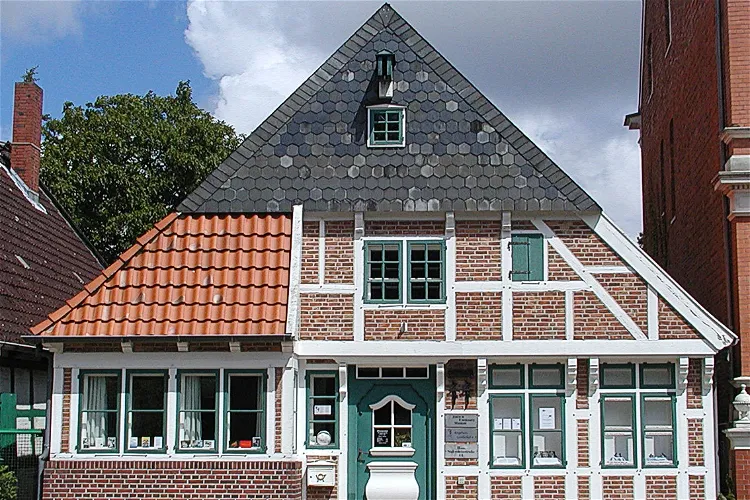
Joachim-Ringelnatz-Museum
CuxhavenThe Joachim-Ringelnatz-Museum is housed in a historic half-timbered building located in Südersteinstraße, directly opposite Schloss Ritzebüttel. This location adds to the charm and historical significance of the museum, making it a unique destination for tourists.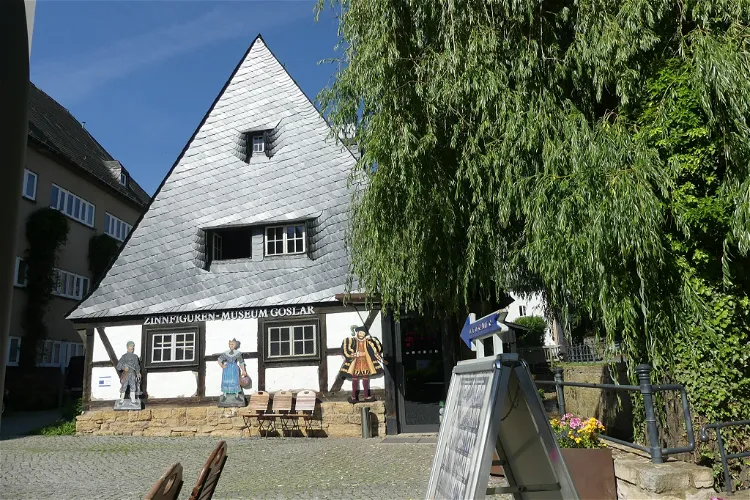
Tin Figure Museum
GoslarThe Tin Figure Museum in Goslar is a unique attraction that showcases both historical and modern tin figures. These figures are displayed in self-created dioramas, providing a visual representation of various historical periods and events. The museum's collection is diverse, offering a glimpse into different eras and cultures.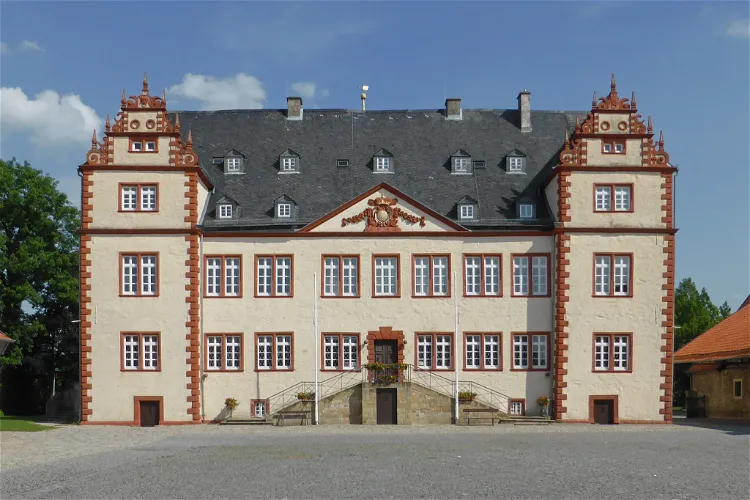
Städtisches Museum Schloss Salder
SalzgitterThe Städtisches Museum Schloss Salder is the main museum of the city of Salzgitter, located in Lower Saxony, Germany. It is situated in the historic Schloss Salder and its associated outbuildings, offering a unique blend of history and culture in a picturesque setting.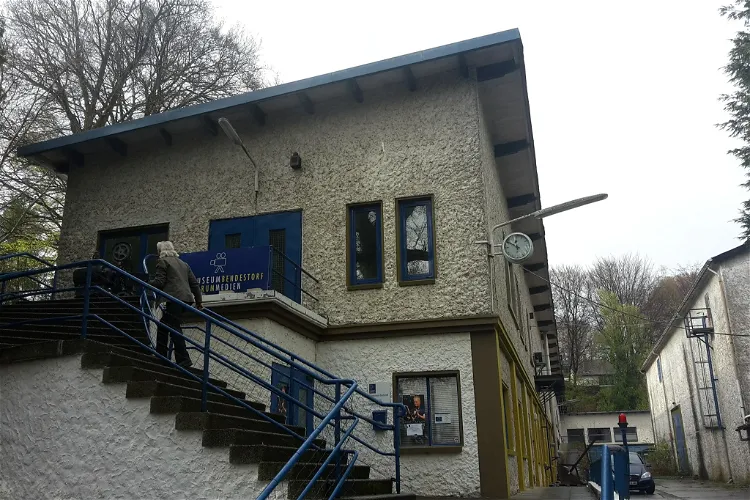
Filmmuseum Bendestorf
BendestorfThe Filmmuseum Bendestorf is a unique film museum situated in Bendestorf, Lower Saxony. It is located on the historical site of the Bendestorf Film Studios, which were among the largest in the Western Zone after the Second World War. The museum offers a fascinating insight into the history of German cinema and the role Bendestorf played in it.
Freilichtmuseum Kiekeberg
EhestorfThe Freilichtmuseum am Kiekeberg is an open-air museum situated between the districts of Ehestorf and Vahrendorf in the municipality of Rosengarten in the Harburg district. This location makes it easily accessible for tourists visiting the area. The museum is surrounded by the beautiful landscape of the Harburger Berge, providing a picturesque setting for a day out.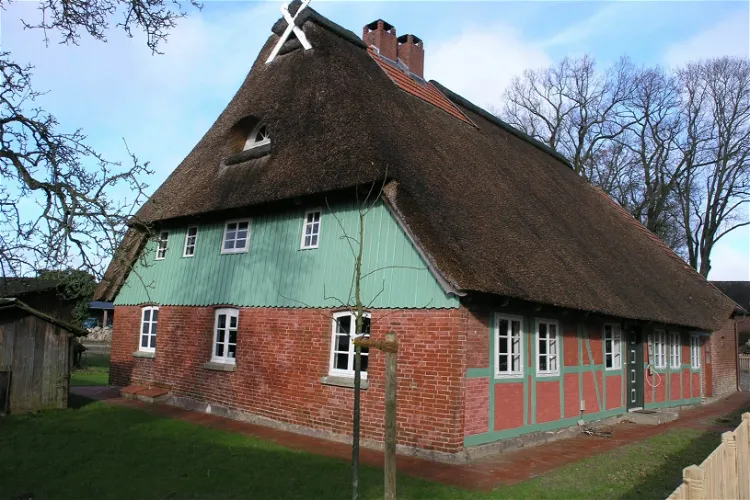
Museumsstellmacherei Langenrehm
LangenrehmThe Museumsstellmacherei Langenrehm offers a unique glimpse into the everyday life and work of the Peters wheelwright family around the year 1930. The museum complex consists of a half-timbered house, a production building, and a sawmill, all of which have been preserved in their original state. Visitors can explore these buildings and gain a deeper understanding of the wheelwright profession and its significance in the past.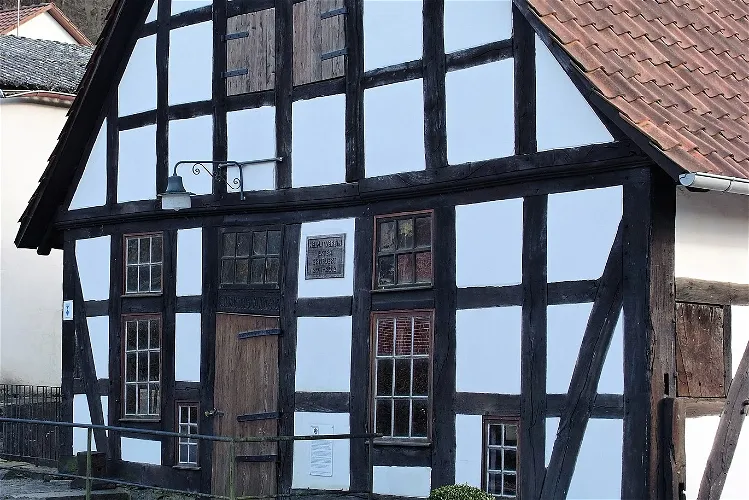
Industriemuseum Oberer Eisenhammer
RintelnThe Oberer Eisenhammer, located in the district of Exten in the city of Rinteln, is a former iron hammer mill that is now protected as an industrial monument. This historical site was founded around the year 1745, making it a significant part of the region's industrial history.
Deutsches Pferdemuseum
Landkreis VerdenThe Deutsches Pferdemuseum in Verden (Aller) holds the distinction of being the oldest horse museum in Germany. Its roots can be traced back to a hippological collection that was initiated by the Verden Heimatbund around the year 1930. This historical significance adds a layer of depth to the museum's exhibits, making it a fascinating destination for those interested in equine history.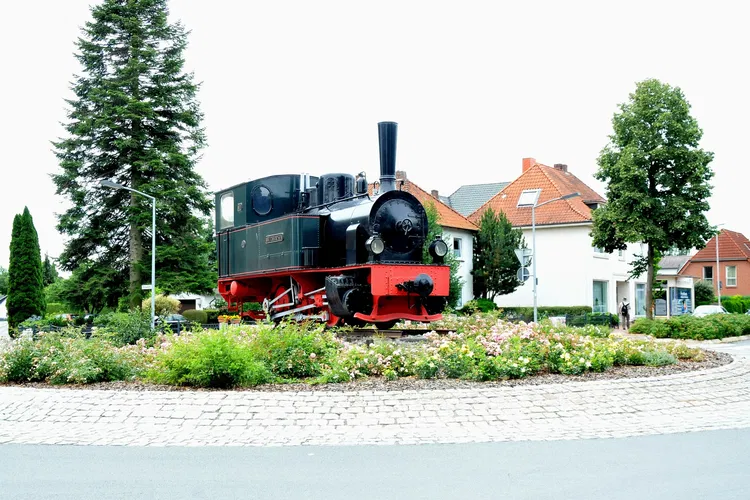
Deutscher Eisenbahn-Verein
Bruchhausen-VilsenThe Deutscher Eisenbahn-Verein e. V. (DEV) is a club based in Bruchhausen-Vilsen. Its primary goal is to preserve a small railway with all its facilities as a living open-air museum. This initiative provides a unique opportunity for visitors to experience the historical railway system in its original form.
Museum für Landtechnik und Landarbeit
BörryThe Museum für Landtechnik und Landarbeit, located in Börry in the municipality of Emmerthal in Lower Saxony, is an open-air museum that offers a unique glimpse into the past. It showcases historical agricultural machinery and former farming tools from the Hameln-Pyrmont district. This museum provides a fascinating insight into the evolution of farming and agricultural practices over the years.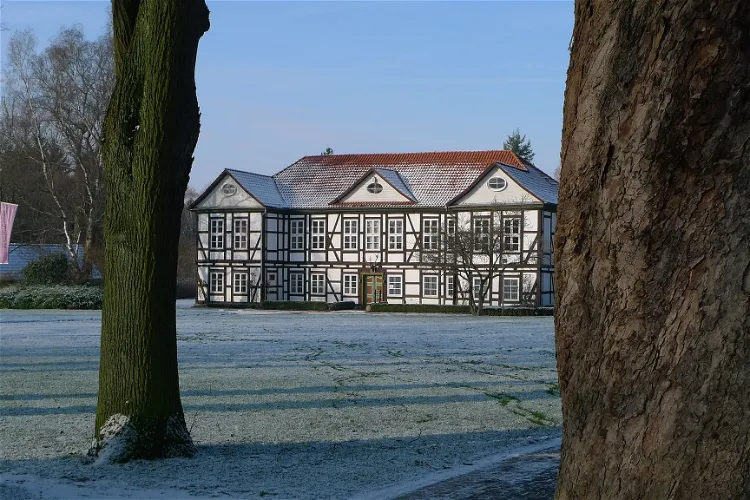
Städtisches Museum Seesen
SeesenThe Städtisches Museum Seesen is a municipal museum situated in the Lower Saxon town of Seesen. It is a significant cultural institution in the region, offering a wide range of exhibits that provide insights into the history and culture of the area.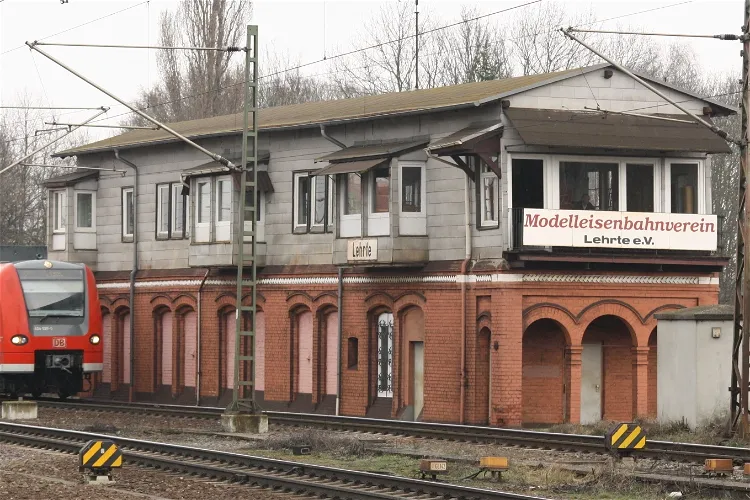
Museumsstellwerk Lpf
LehrteThe Museumsstellwerk Lpf is a historic signal box located in Lehrte. It is strategically positioned between the still operational routes to Hannover and Celle. This location offers visitors a unique opportunity to explore a piece of railway history while being in close proximity to active railway lines.
Ammerländer Bauernhaus
Bad ZwischenahnThe Ammerländer Bauernhaus open-air museum is situated in the municipality of Bad Zwischenahn, in the Ammerland district of Lower Saxony. This location offers a unique cultural experience in a picturesque setting, making it an interesting destination for tourists.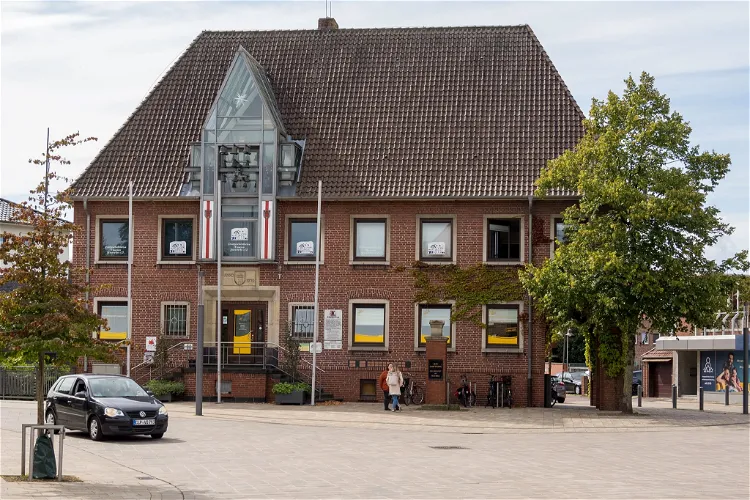
Postgeschichtliches Museum
FriesoytheOriginally, the Postgeschichtliche Museum was housed in a 16 m² area on the upper floor of Friesoythe's former post office. However, since 2004, the museum has been located in the former town hall “Stadtmitte”, boasting a larger exhibition area of 300 m².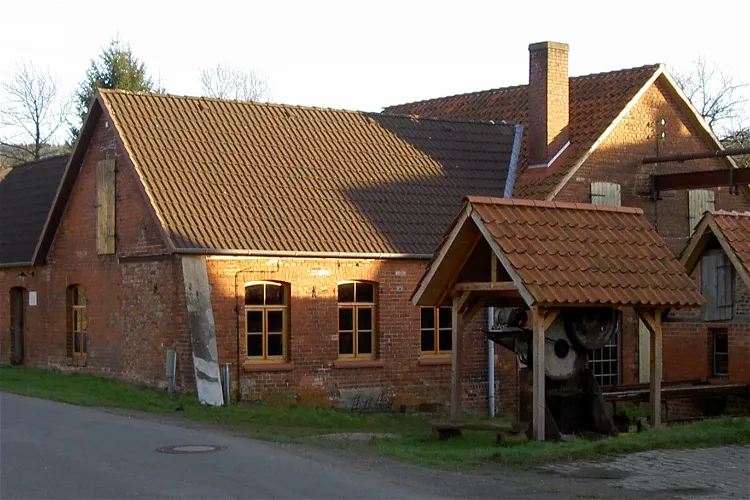
Industriemuseum Unterer Eisenhammer
RintelnThe Unterer Eisenhammer is a significant historical site located in the Exten district of the city of Rinteln. This former iron hammer mill has been recognized as a protected architectural and industrial monument since 2006, marking its importance in the region's industrial history.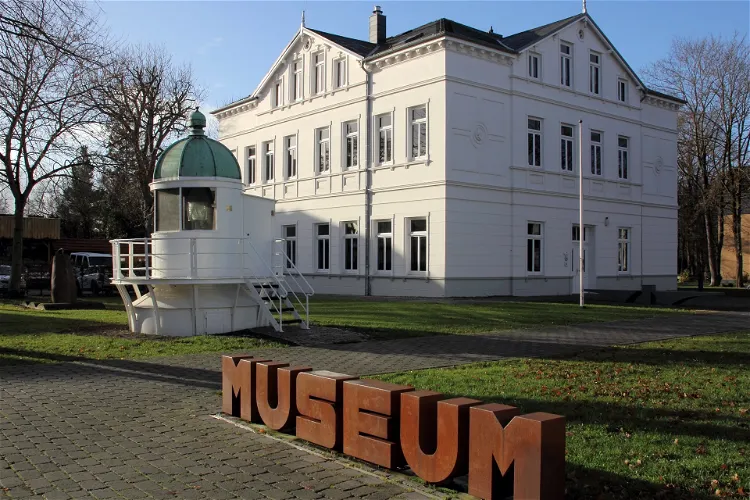
Museum Nordenham
NordenhamThe Museum Nordenham is housed in a former school building that dates back to the late 19th century. It is located at Hansingstraße 18, at the corner of Schulstraße, in the city of Nordenham, Lower Saxony. This location is steeped in history and provides a unique setting for the museum.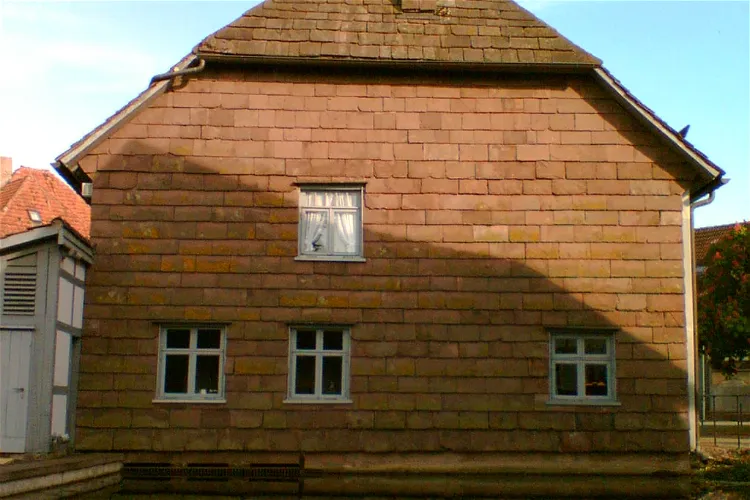
Blankschmiede Neimke
DasselThe Blankschmiede Neimke in Dassel is a unique museum that combines technology and agriculture. It houses a water-powered hammer forge, providing visitors with a glimpse into the past. This museum is a cultural monument and offers an interesting insight into the historical techniques of forging.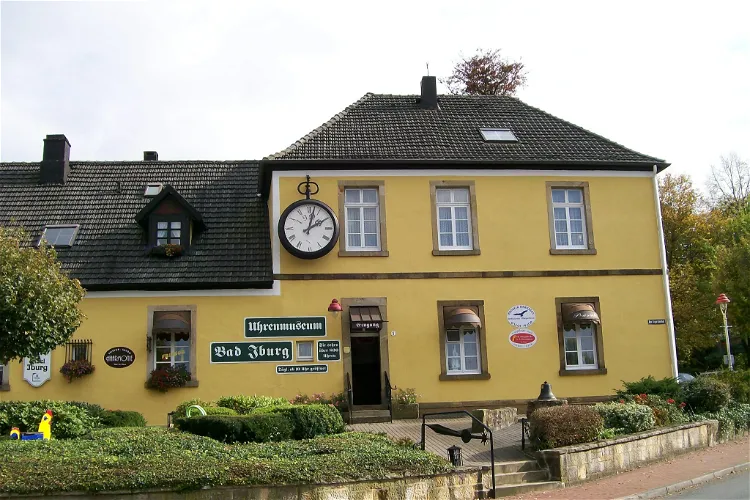
Uhrenmuseum Bad Iburg
Bad IburgThe Uhrenmuseum in Bad Iburg, Lower Saxony, is a private institution that was established in 1976. It houses a collection of approximately 800 functional timepieces, making it a unique destination for those interested in the history and evolution of timekeeping devices.
Handwerksmuseum-Suhlendorf
Groß EllenbergThe Handwerksmuseum Suhlendorf, located in Suhlendorf, Lower Saxony, is a museum dedicated to the development and diversity of crafts in the Lüneburg Heath region. It provides a comprehensive overview of the evolution of various crafts, offering a unique insight into the region's rich cultural heritage.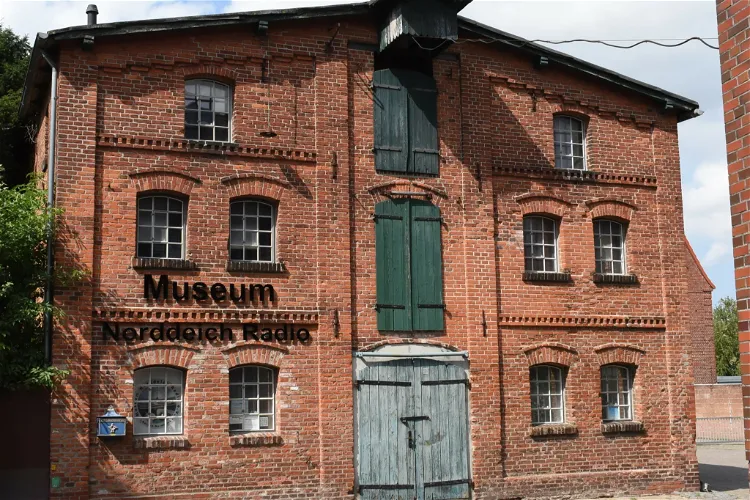
Norddeich Radio
NordenNorddeich Radio, also known by its former call signs KND, KAV, DAF, was a coastal radio station that facilitated international communication with German ships. Established in 1907, the station was located in Norddeich, North Germany, and played a significant role in maritime communication for nearly a century.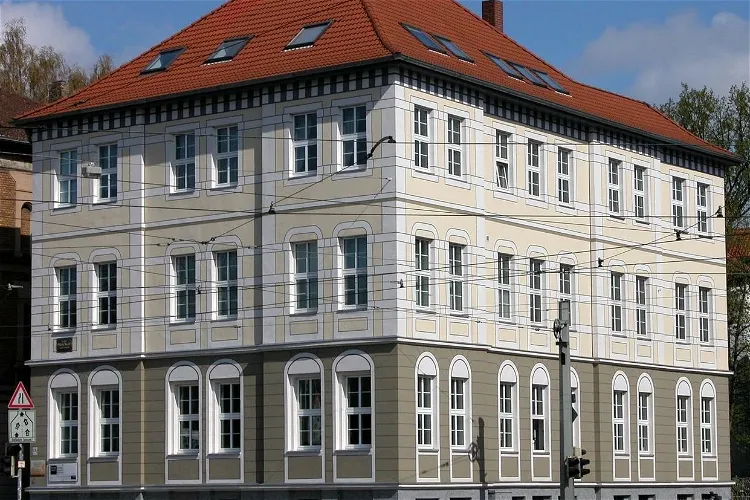
Museum Raabe-Haus
EschershausenThe Raabe-Haus is a significant historical site in Braunschweig. It was the residence of the renowned writer Wilhelm Raabe from 1901 until his death in 1910. This period was a prolific one for Raabe, with many of his famous works being written here. The house now serves as a testament to his life and work.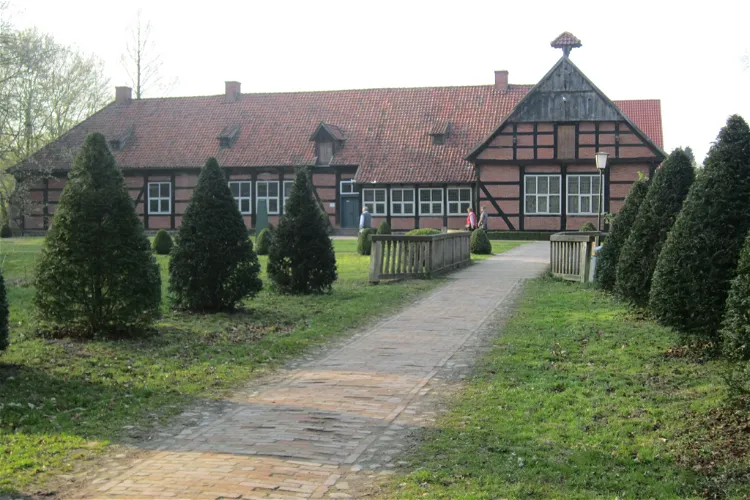
Museumsdorf Cloppenburg
CloppenburgMuseumsdorf Cloppenburg is an open-air museum situated in the German city of Cloppenburg. It is approximately 100 km northeast of the Dutch border in Twente, making it easily accessible for tourists from the Netherlands. The museum spans an impressive 20 hectares, providing ample space for exploration and discovery.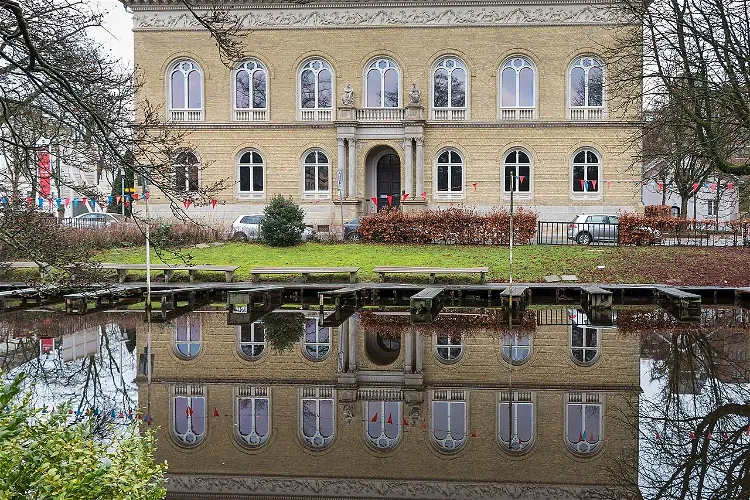
Augusteum, Oldenburg
OldenburgThe Augusteum is home to the “Gallery of Old Masters” of the State Museum for Art and Cultural History Oldenburg. This gallery showcases a vast collection of masterpieces from Dutch, Italian, German, and French painters dating from the 15th to the 18th centuries. Visitors can immerse themselves in the rich artistic heritage of these periods, gaining insights into the techniques and styles of some of the world's most renowned artists.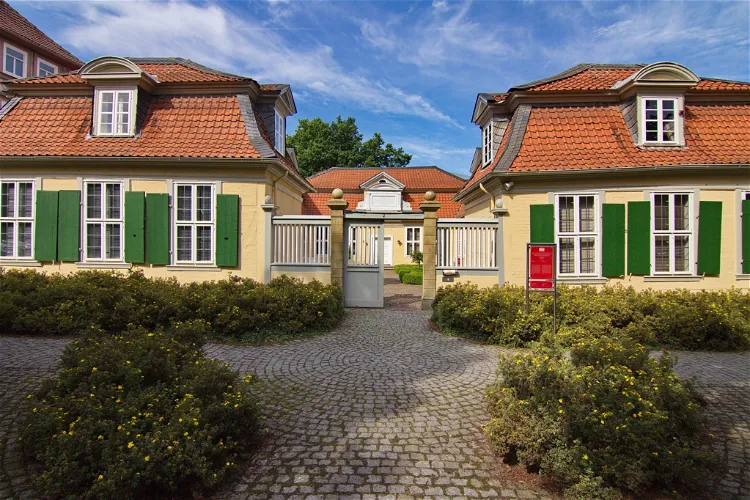
Lessinghaus
WolfenbüttelIn 1777, the house was assigned to the librarian Gotthold Ephraim Lessing, who had been working in Wolfenbüttel for some time, as a residence after his marriage to Eva König. Lessing lived and worked here until his death in 1781.
Museumseisenbahn Küstenbahn Ostfriesland
NordenThe Museumseisenbahn Küstenbahn Ostfriesland e. V. (MKO) is a society based in Norden, Germany. Its primary objective is to preserve and maintain the operational status of the historic coastal railway stretch between the former district town of Norden and the municipality of Dornum. This railway line once formed part of the continuous connection between Emden and Jever along the East Frisian North Sea coast.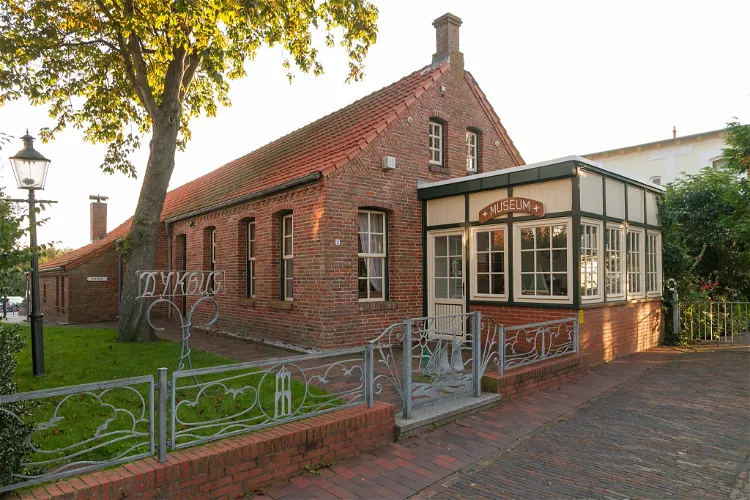
Heimatmuseum Dykhus
BorkumThe Heimatmuseum Dykhus is conveniently located near the Old Lighthouse on the North Sea island of Borkum. This location makes it easily accessible for tourists visiting the island and provides a cultural and historical complement to the natural beauty of the surrounding area.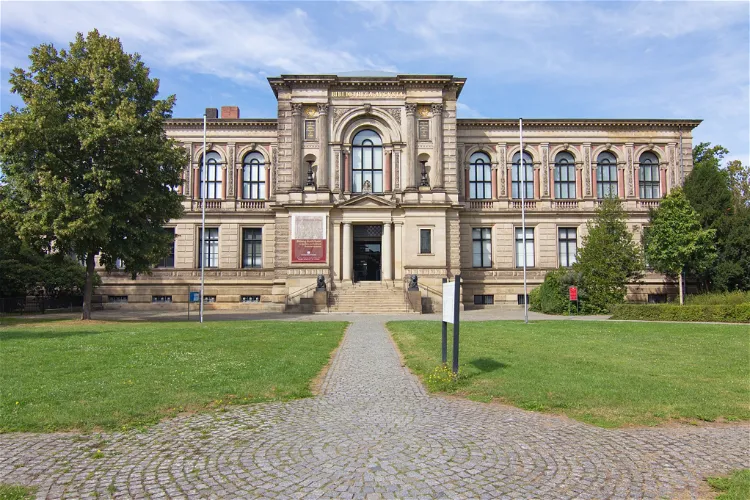
Herzog August Library
WolfenbüttelThe Herzog August Library, also known as Bibliotheca Augusta, is located in Wolfenbüttel, Lower Saxony. This library holds international significance due to its extensive collection of works from the Middle Ages and early modern Europe. It is a place where history and literature intertwine, offering a unique insight into the past.
Heimatbund Museum Soltau
SoltauThe Soltau Museum, located in the Lower Saxony city of Soltau, is a local history museum. It is jointly operated by the Heimatbund Soltau, a local heritage association, and the city of Soltau itself. The museum is dedicated to preserving and showcasing the history and culture of Soltau and its surrounding regions.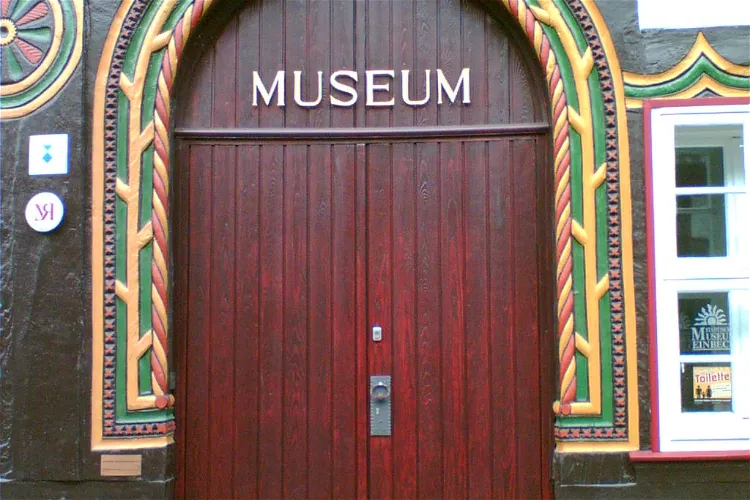
StadtMuseum Einbeck
EinbeckThe StadtMuseum Einbeck, previously known as the Städtisches Museum Einbeck, is a significant cultural institution in the Lower Saxony city of Einbeck. The museum's primary focus is on the history of Einbeck and the history of the bicycle, offering visitors a unique insight into these two intertwined narratives.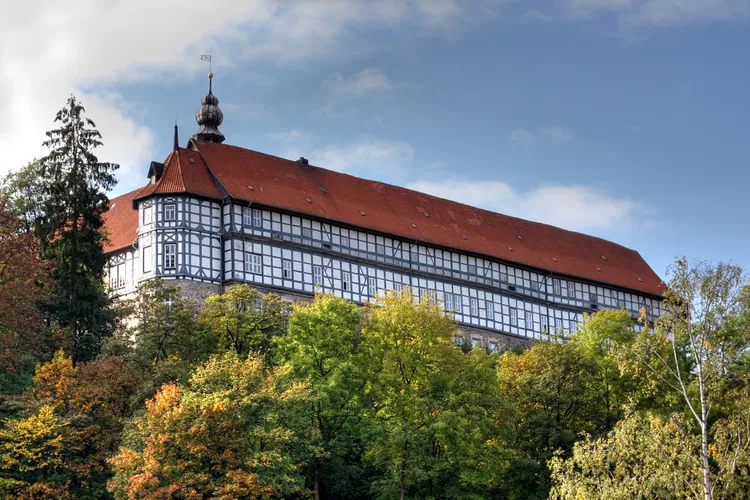
Herzberg Castle
HerzbergHerzberg Castle, situated in Herzberg am Harz, in the district of Osterode am Harz, Lower Saxony, Germany, is a significant historical site. The castle, originally a fortress in the 11th century, has been reconstructed after a major fire in 1510. Today, it consists of four wings and is the largest timber-framed castle in Lower Saxony.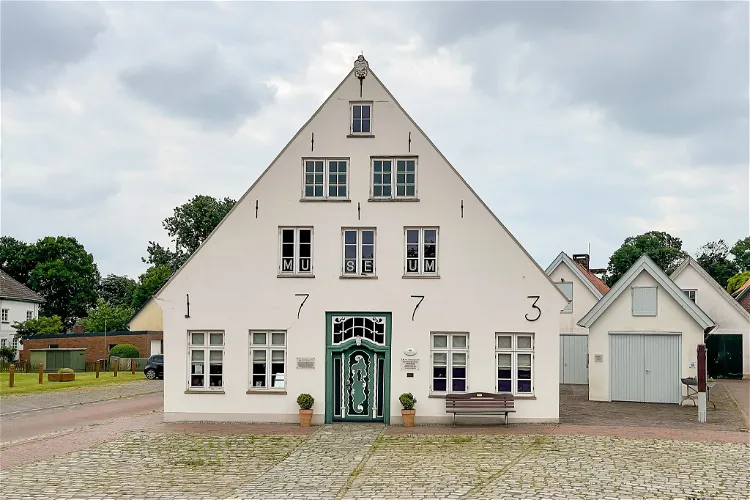
Handwerksmuseum Ovelgönne
OvelgönneThe Handwerksmuseum Ovelgönne is a museum located in the municipality of Ovelgönne in Lower Saxony, Germany. It is dedicated to the history of craftsmanship, preserving and documenting evidence of local and regional craft history. The museum's collection includes tools from workshops or business establishments, from textile, wood, metal, and leather processing crafts, or devices from the rural working world, as well as everyday cultural objects.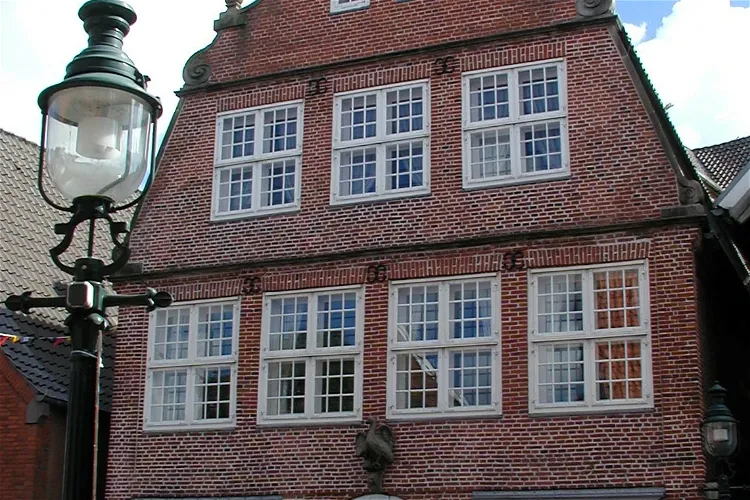
Kranichhaus Otterndorf
Otterndorf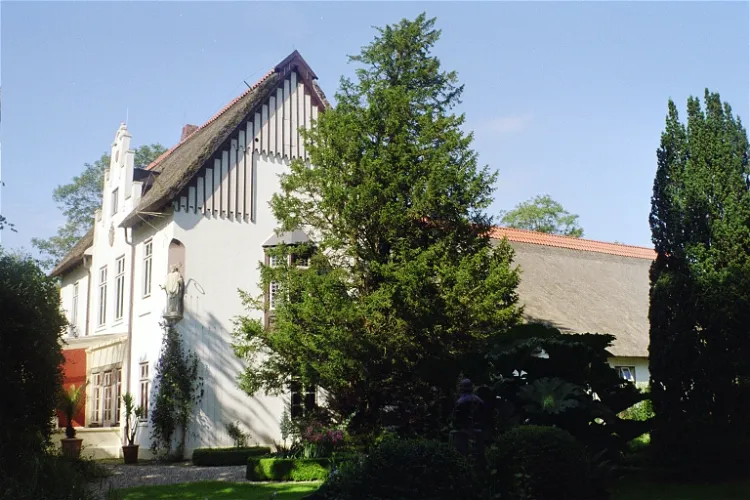
Hermann-Allmers-Haus
Hagen im BremischenAs of 2024, the Allmers-Haus complex is being used for museum and cultural purposes, under the supervision of the Hermann-Allmers-Gesellschaft. The buildings are protected as historical monuments, ensuring their preservation for future generations. Visitors can explore the museum and participate in cultural events, immersing themselves in the rich history and culture of the region.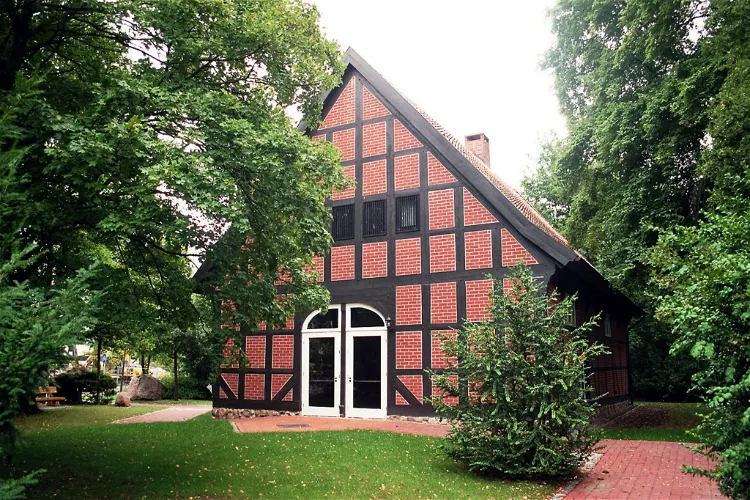
Junkerhof
Wittingen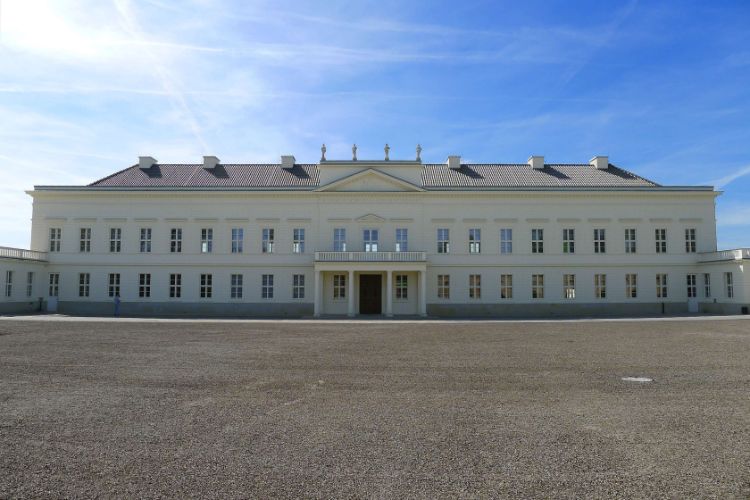
Museum Schloss Herrenhausen
HanoverHerrenhausen Palace was originally a Baroque building from the 17th century. As a result of the air raids on the city of Hannover during the Second World War, the main building burned down completely. The façade of the classical castle was reconstructed and a convention center and museum were establ
Stadtmuseum Meppen
MeppenThe Stadtmuseum Meppen, located at the Koppelschleuse on the old Ems-Hase Canal, is the city history museum of the Emsland district town of Meppen. This museum is a significant part of the cultural network Koppelschleuse, along with the Emsland Archaeology Museum.
Museum Uslar
UslarMuseum Uslar is a local history museum situated in the town of Uslar, within the Northeim district. It provides a deep dive into the history of the town and the Solling region, making it a great place for tourists interested in local history and culture.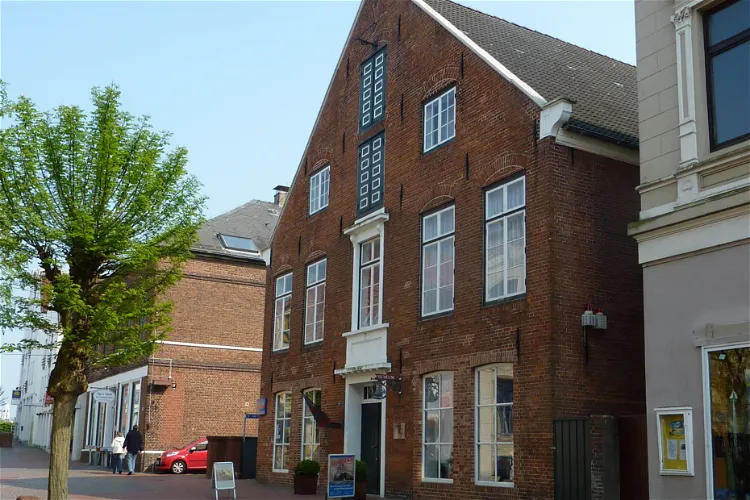
Schiffahrtsmuseum Unterweser
BrakeThe Schiffahrtsmuseum Unterweser, also known as the Schiffahrtsmuseum Brake, is a museum that focuses on the history of Oldenburg shipping. Located in Brake, the museum also has an external branch in the former Villa Steenken in Elsfleth. The museum's exhibitions primarily focus on the maritime history of the 19th and early 20th centuries in the Grand Duchy and later Free State of Oldenburg.- 163
Heimat- und Buddelmuseum
Osten - 164
Töpfermuseum
Duingen 
Stadtmuseum im M2K
WolfsburgThe Stadtmuseum Schloss Wolfsburg is a significant historical museum located in the Alt-Wolfsburg district of Wolfsburg. It is one of the two historical museums in the city, offering visitors a glimpse into the rich history of the region.
Hoffmann-von-Fallersleben-Museum
WolfsburgThe Hoffmann-von-Fallersleben-Museum is situated in the district of Fallersleben in Wolfsburg. It is one of the two historical museums in the city, offering a deep dive into the life and works of August Heinrich Hoffmann von Fallersleben, a renowned German author and scientist.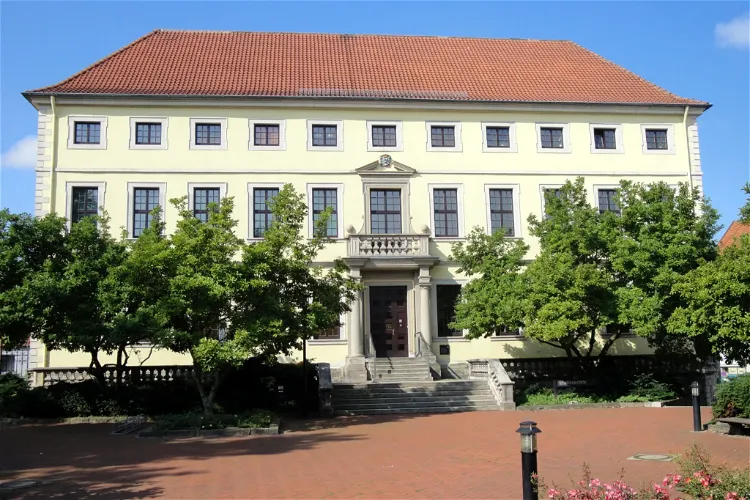
Stadtarchiv
HildesheimThe Stadtarchiv Hildesheim preserves records about the history of the city of Hildesheim. These records are available for city history, local history or genealogical research. This makes it a valuable resource for anyone interested in learning more about the city's past, its people, and its culture.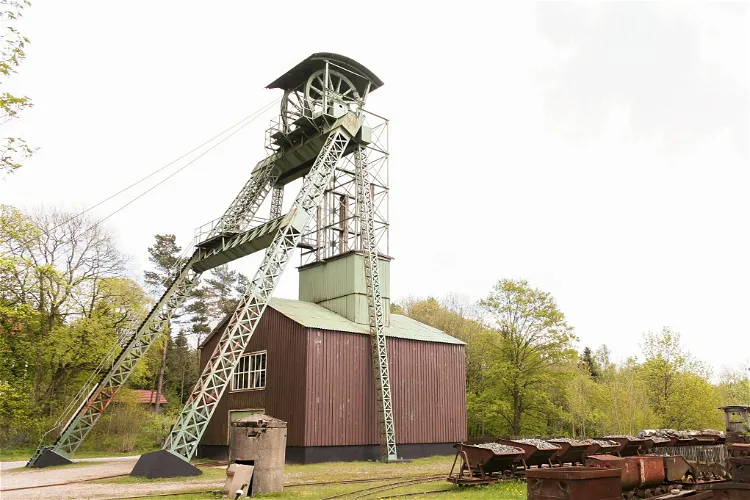
Ottiliaeschacht
Clausthal-ZellerfeldThe Ottiliae Shaft is recognized as part of the World Heritage Route of the UNESCO World Heritage in the Harz. This recognition underscores the historical and cultural significance of the site, making it a noteworthy destination for those interested in history and heritage.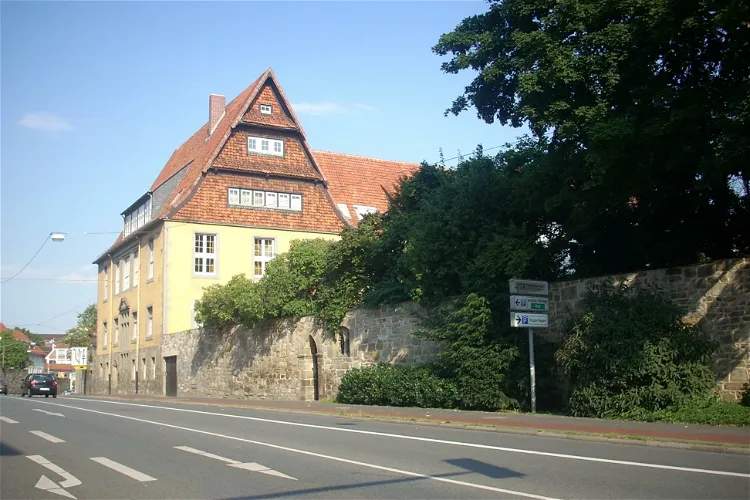
Bistumsarchiv
HildesheimThe Bistumsarchiv Hildesheim, located in the Lower Saxony city of Hildesheim, is the archive of the Diocese of Hildesheim. It houses a vast collection of documents, some of which date back to the 11th century. The archive spans approximately 4000 running meters and includes medieval collections that provide a glimpse into the past and present of the diocese.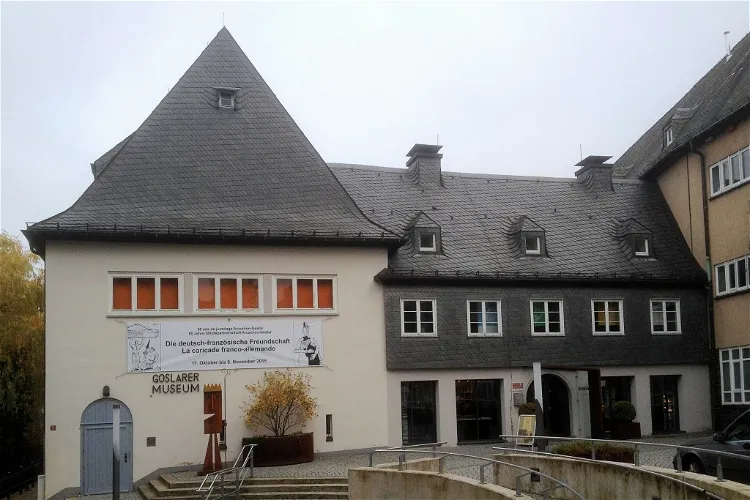
Goslarer Museum
GoslarThe Goslarer Museum is a historical, geological, and archaeological museum located in the German city of Goslar. It offers a unique opportunity to explore the rich history and geology of the region through its diverse collections.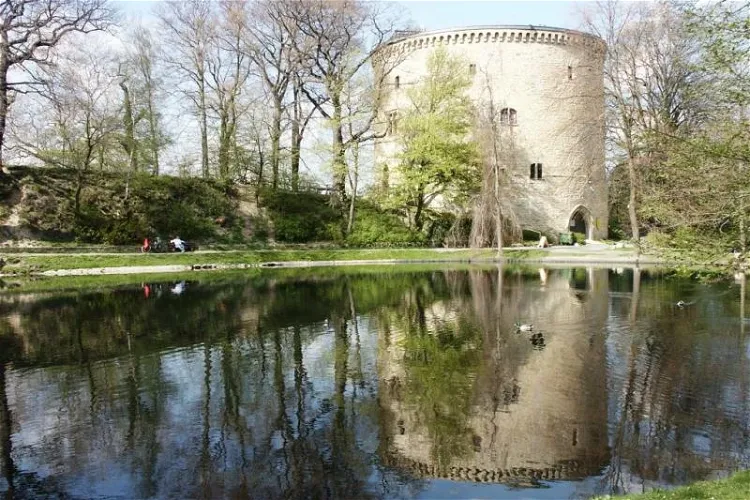
Zwinger
GoslarThe Zwinger in Goslar, Germany, is a significant historical site, serving as a battery tower that was part of the fortifications of the old imperial city. Constructed in 1517, this tower stands as a testament to the city's rich history and architectural prowess of the time.
Oldenburger Kunstverein
OldenburgThe Oldenburger Kunstverein in Oldenburg, which was established in 1843, holds the distinction of being one of the oldest art associations in Germany. This historical significance adds a unique charm to the institution, making it a point of interest for tourists who appreciate art and history.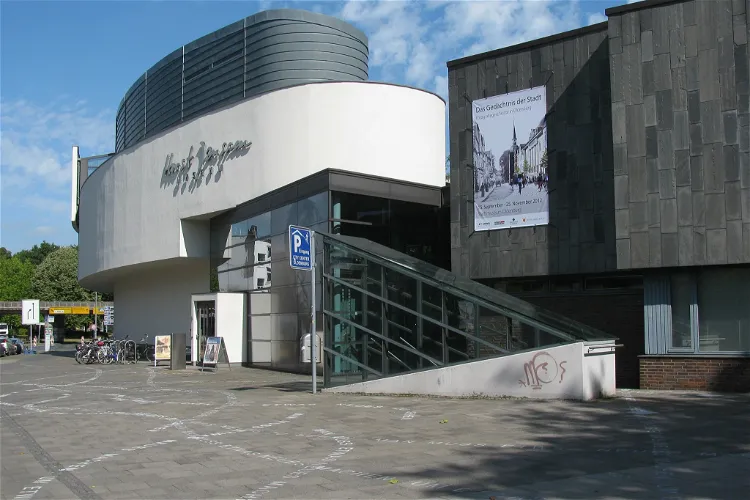
Stadtmuseum Oldenburg
OldenburgThe Stadtmuseum Oldenburg is a municipal museum located in Oldenburg, Lower Saxony, Germany. It is dedicated to preserving and showcasing the history of the city. The museum provides an in-depth look into the city's past, making it a valuable resource for those interested in learning more about Oldenburg's history.
Povelturm
Nordhorn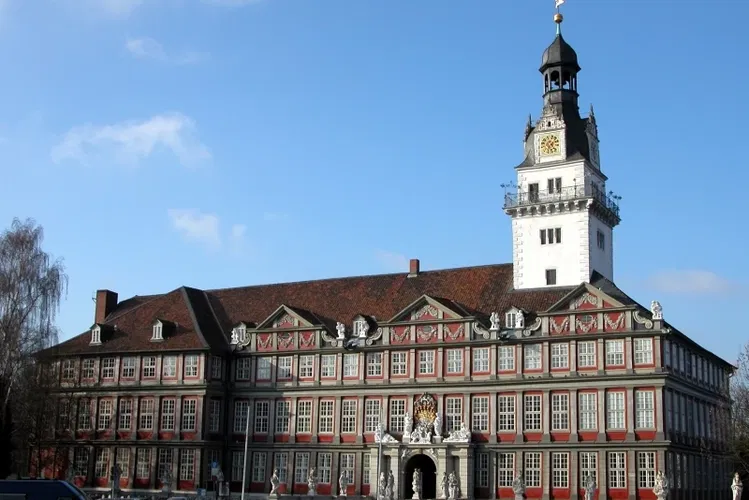
Schloss Wolfenbüttel
WolfenbüttelSchloss Wolfenbüttel, located in Lower Saxony, is the second largest castle in the region. The castle is characterized by its four wings that are arranged around a central courtyard. This architectural feature provides a unique layout that is both visually appealing and historically significant.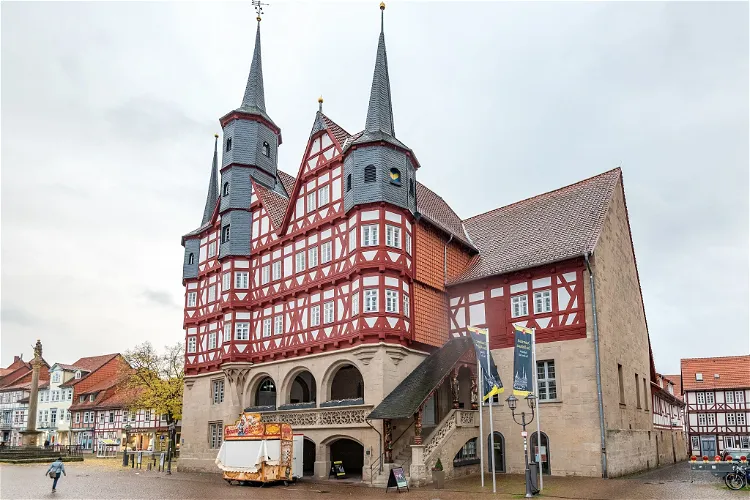
Historisches Rathaus
DuderstadtThe Duderstadt Town Hall, a protected monument, is located in the city of Duderstadt in the Göttingen district of Lower Saxony. The building's core, a two-story department store made of sandstone, was constructed around 1302/1303. This historical structure offers a glimpse into the architectural style and building materials used during that period.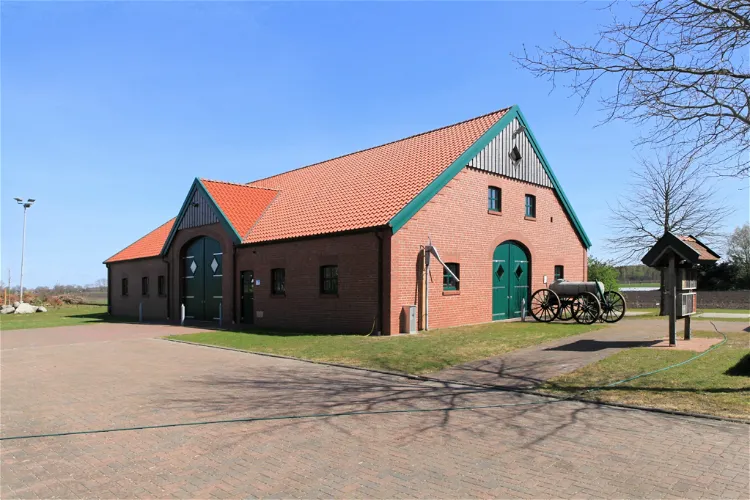
Heimathof Altenberge
Haren (Ems)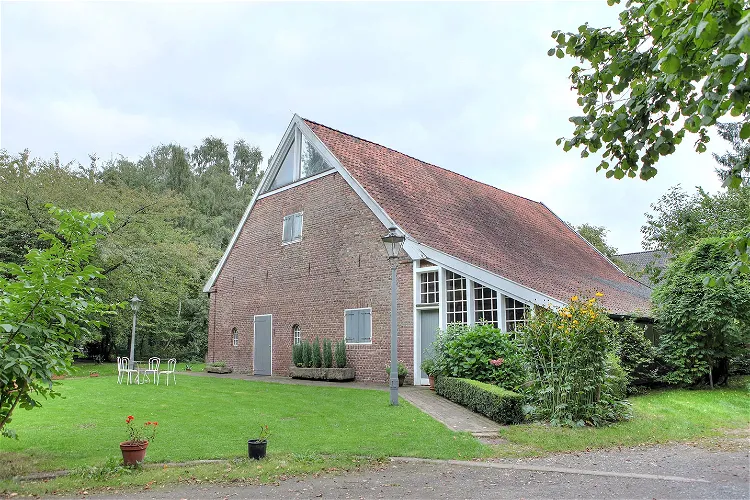
Otto Pankok Museum
Bad BentheimThe Otto-Pankok-Museum is situated in the Drevenack district of the municipality of Hünxe, on the Haus Esselt estate. This location provides a serene and historical backdrop for the museum, making it an interesting destination for tourists who appreciate art and history.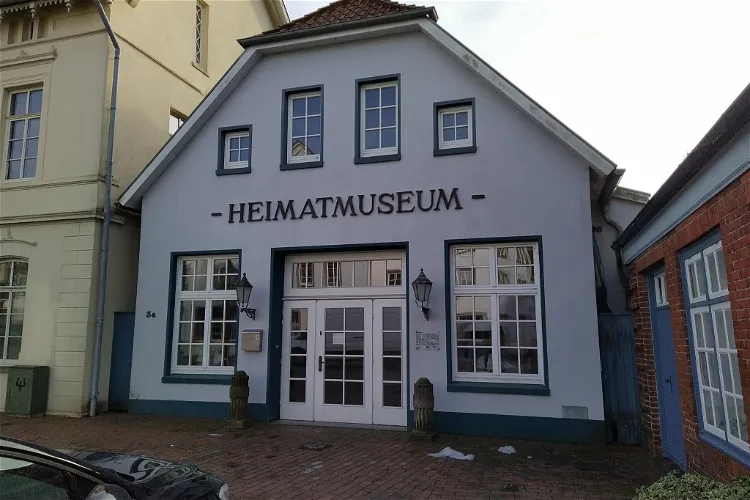
Heimatmuseum Varel
VarelThe Vareler Heimatmuseum, located on the Neumarkt, has been a part of the city since 1954. The Neumarkt itself was established in 1755, making it a location with a rich history. This museum is housed in a building that was originally a half-timbered house built around 1677, which received its current facade in the early 19th century.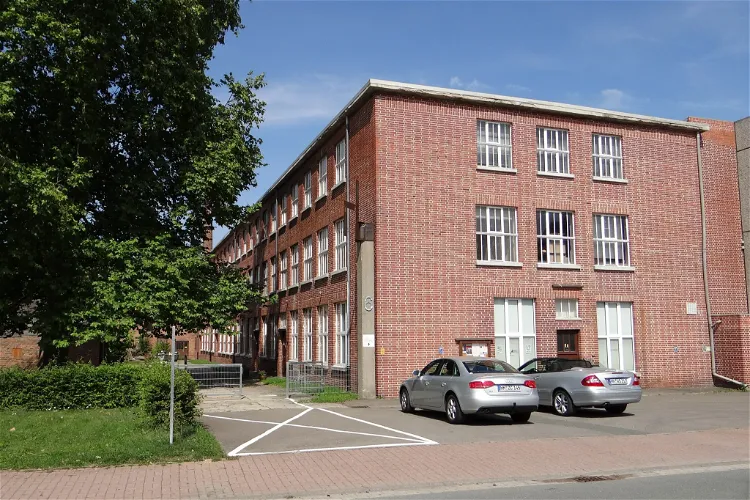
Deutsches Stuhlmuseum Eimbeckhausen
Bad Münder am DeisterThe Deutsches Stuhlmuseum Eimbeckhausen is located in Eimbeckhausen, a district of the Lower Saxony city of Bad Münder am Deister in the Hameln-Pyrmont district. The museum is dedicated to the seat furniture chair, providing a unique focus on this everyday object.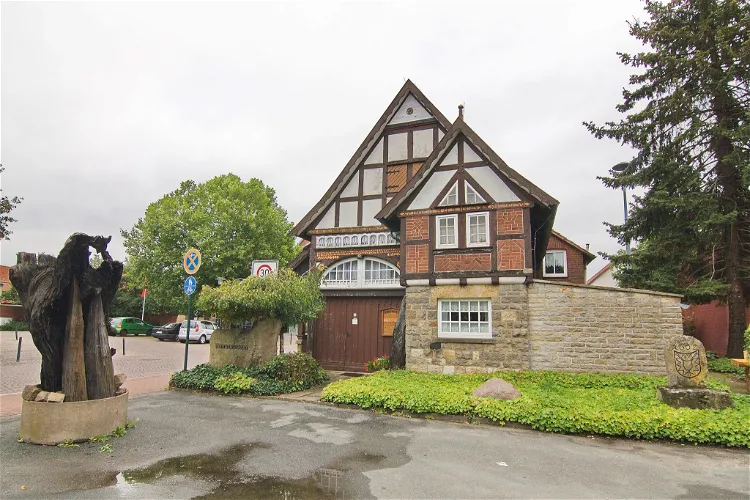
Heimatmuseum Rehburg
Rehburg-Loccum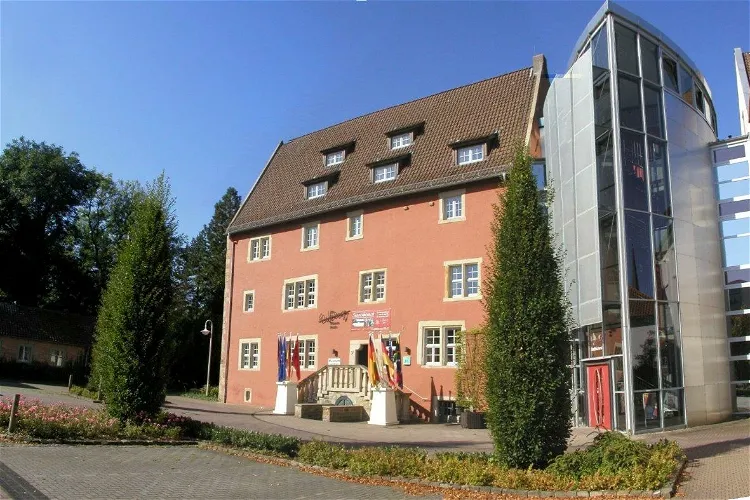
Die Eulenburg. Museum Rinteln
RintelnDie Eulenburg in Rinteln is a historic building with a rich history. It is believed to have originated from a medieval residential tower from the time of the city's foundation in the 13th century. This makes it one of the oldest and most significant buildings in the city, offering a unique glimpse into the past.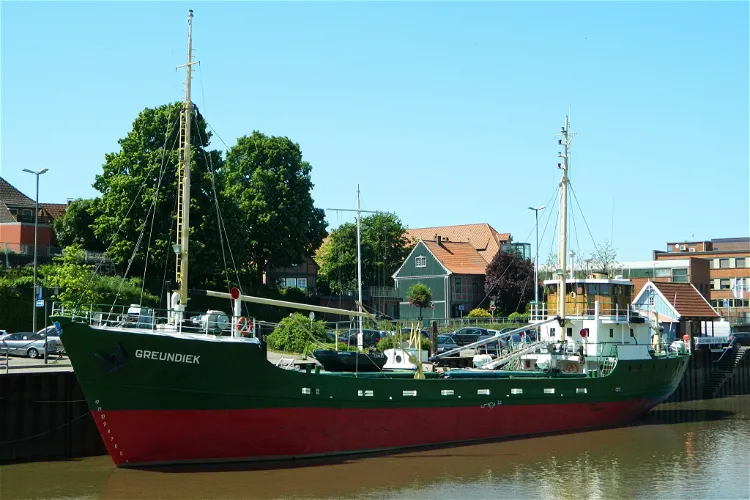
Museumsschiff Greundiek
StadeThe Greundiek is a museum ship that is docked in Stade. This coastal motor ship is owned by the Alter Hafen Stade association. It offers a unique opportunity for visitors to explore a piece of maritime history and learn about the ship's past.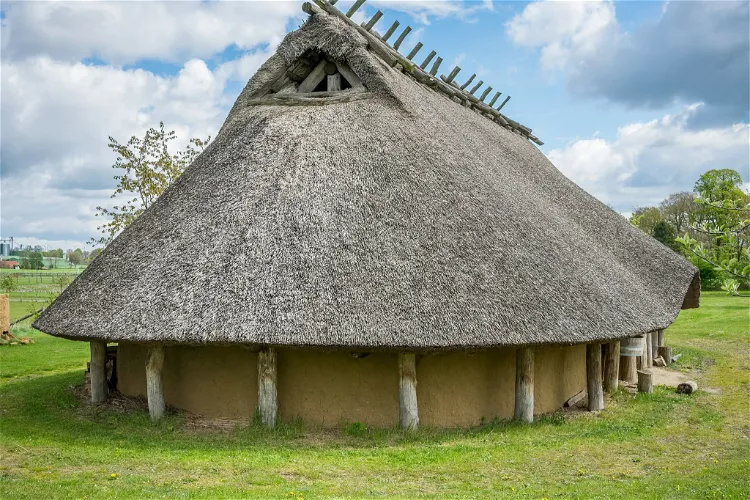
Eisenzeithaus Ostercappeln
OstercappelnThe Eisenzeithaus Darpvenne in Ostercappeln is a reconstructed Iron Age house, which was rebuilt in 2008 based on archaeological findings from the pre-Roman Iron Age. This reconstruction provides a unique insight into the living conditions of the people during this period, making it a fascinating destination for those interested in history and archaeology.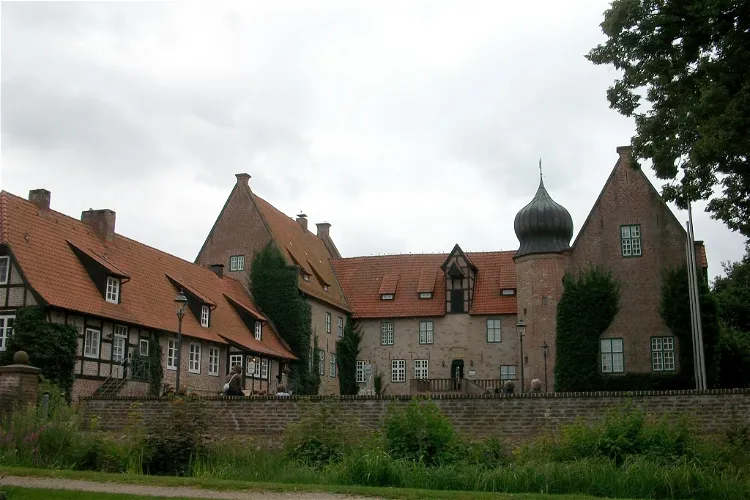
Museum Burg Bederkesa
GeestlandMuseum Burg Bederkesa is an archaeological and cultural history museum situated in Bad Bederkesa, a town in the district of Cuxhaven, Germany. The museum offers a deep dive into the rich history and culture of the region, making it an ideal destination for history enthusiasts and curious tourists alike.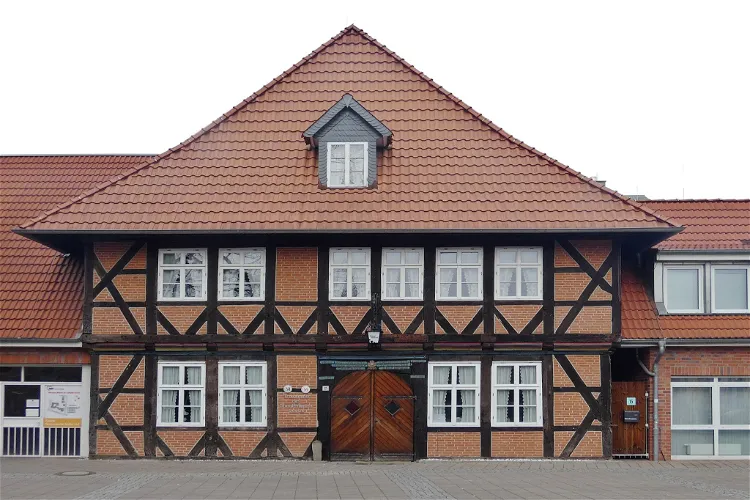
Heimatmuseum Seelze
SeelzeThe Heimatmuseum Seelze is a regional museum that represents the city of Seelze, along with its districts and incorporated villages. It provides a comprehensive overview of the region's history and culture, making it a valuable destination for those interested in understanding the local heritage.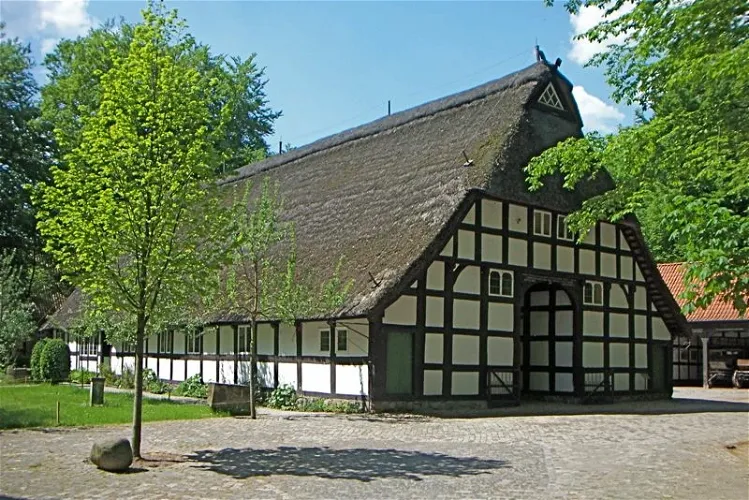
Kreismuseum Syke
SykeThe Kreismuseum Syke is a regional and open-air museum situated in the town of Syke. It is under the sponsorship of the Diepholz district. This museum is a significant cultural institution in the region, offering a wide range of exhibits and activities that provide insights into the local history and culture.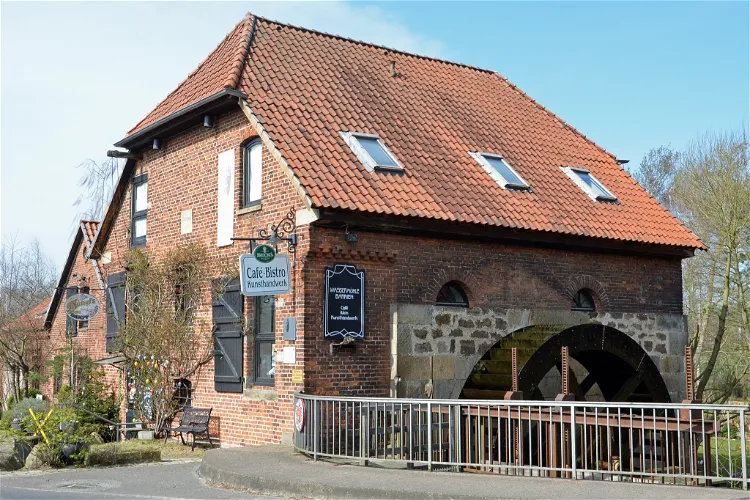
Wassermühle Barrien
SykeThe Wassermühle Barrien, also known as Barrier Wassermühle, is a private watermill located in the district of Barrien in Syke, at An der Wassermühle 4b. This historic mill dates back to the 19th century, offering visitors a glimpse into the past.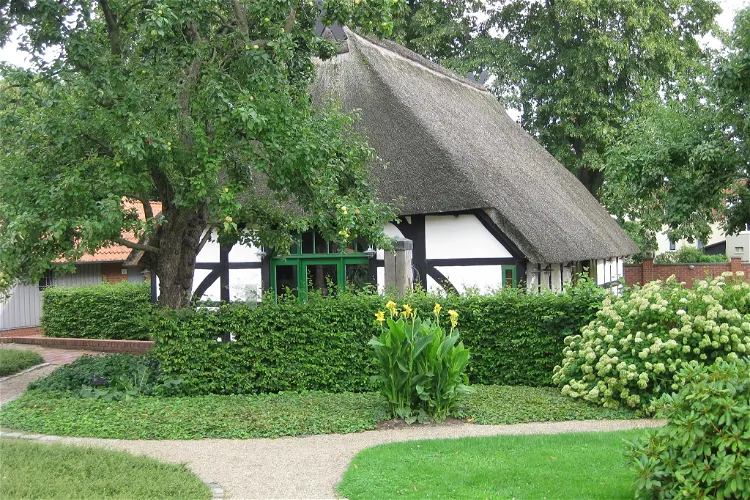
Niedersächsisches Spargelmuseum
Nienburg/WeserThe Niedersächsische Spargelmuseum provides comprehensive information about the entire process of asparagus production, from cultivation and harvest to processing, distribution, and marketing. This offers visitors a unique opportunity to gain a deep understanding of the asparagus industry and its significance in the region.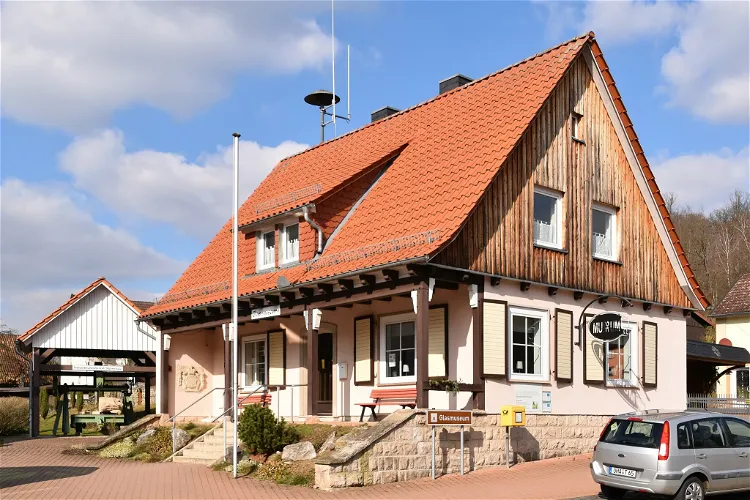
Glasmuseum Steina
Bad SachsaThe Glasmuseum Steina is situated in the former municipal house of Steina, a district of Bad Sachsa in the Göttingen district in the southern Harz. This location is steeped in history and provides a unique setting for the museum. Visitors can appreciate the historical significance of the building and its surroundings while exploring the museum's exhibits.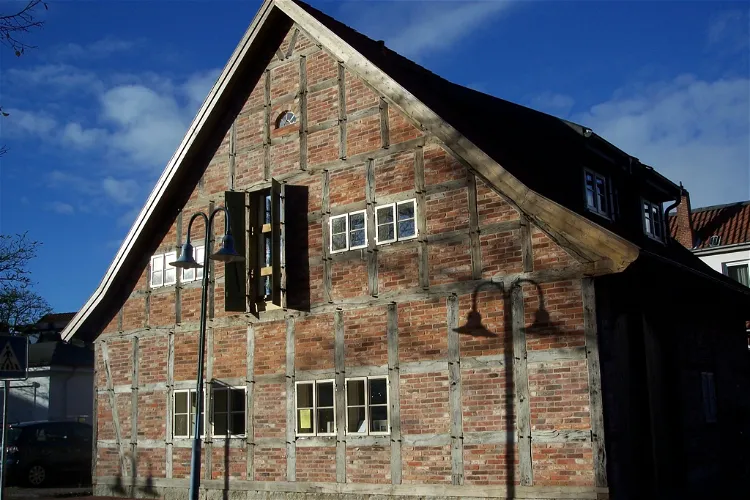
Cohn-Scheune
RotenburgThe Cohn-Scheune, located in Rotenburg (Wümme), Lower Saxony, is a cultural history museum that provides insights into the history of Judaism in the Rotenburg and Elbe-Weser area. The museum is housed in a small, two-story half-timbered building that is approximately 180 years old. The building was originally a workshop and not a barn, as the name might suggest. The museum was made possible through the support of the Cohn-Scheune Association and numerous donations.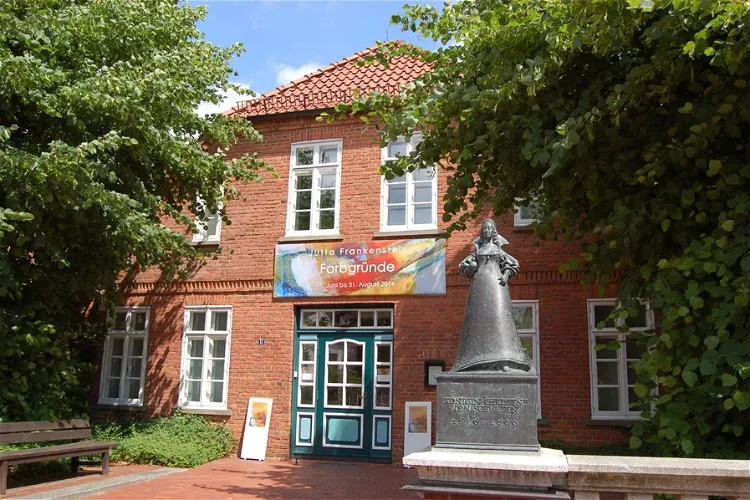
Königin-Christinen-Haus
ZevenThe Königin-Christinen-Haus, also known as the Christinenhaus, is a protected monument situated at Lindenstraße 11 in Zeven. This half-timbered house is one of the oldest structures in the city and is currently under the ownership of the municipality.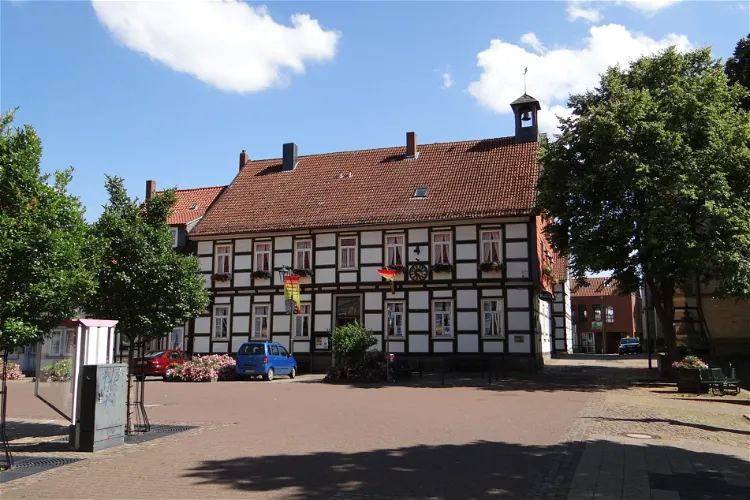
Turmuhrenmuseum
BockenemThe Turmuhrenmuseum Bockenem is a unique clock museum situated in the Lower Saxon city of Bockenem, within the district of Hildesheim. This museum offers a unique opportunity to explore the history and craftsmanship of clock making.
Fischer- und Webermuseum mit Spielzeugmuseum
WunstorfThe Fischer- und Webermuseum Steinhude, also known as Steinhuder Museen. Fischer- und Webermuseum | Spielzeugmuseum, is a museum located in Steinhude, a district of Wunstorf in the Hanover region of Lower Saxony. The museum offers a unique insight into the lives of fishermen and weavers, with a particular emphasis on the regional peculiarities of the Steinhuder Meer. Visitors can explore a variety of exhibits that depict the everyday life and work of these traditional professions.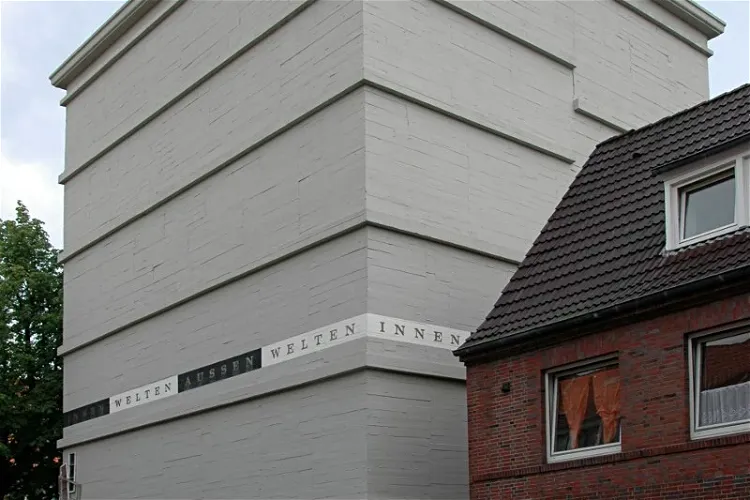
Bunkermuseum
EmdenThe Bunkermuseum Emden, opened in 1995, is located in a high bunker in the city center of Emden. It holds the distinction of being the first museum in an air-raid shelter in the Federal Republic of Germany that focuses on the history of such structures.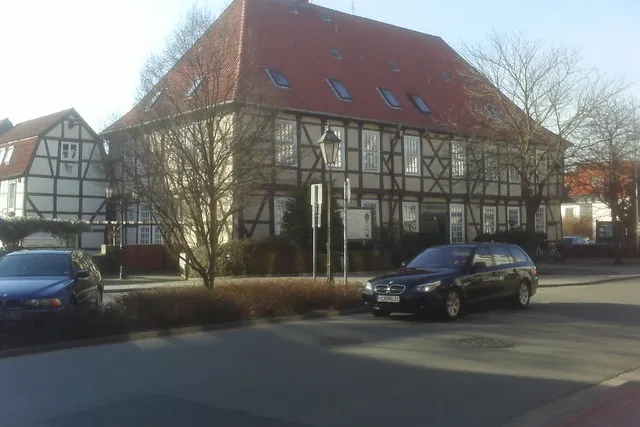
Domherrenhaus
Landkreis VerdenThe Historical Museum Domherrenhaus Verden is a significant cultural institution in the Lower Saxon city of Verden (Aller). It is a key destination for those interested in the history of the city and the surrounding region, offering a diverse collection that vividly illustrates over 1000 years of local history.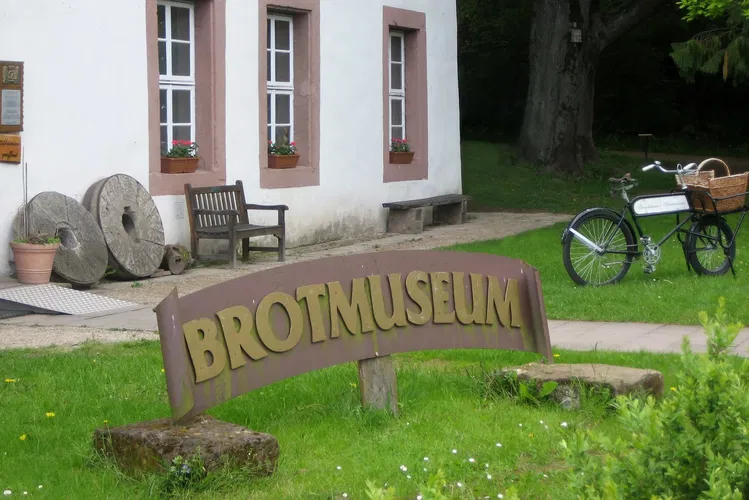
European Bread Museum
EbergötzenThe European Bread Museum in Ebergötzen is a unique institution that showcases a cultural-historical collection centered around the theme 'From Grain to Bread'. This museum provides an in-depth look into the history and significance of bread in various cultures, making it an interesting destination for those interested in food history and culture.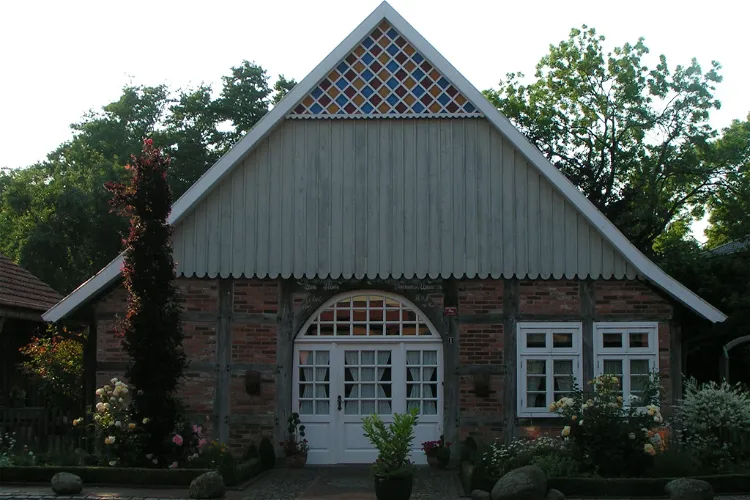
Ackerbürgerhaus Vörden
Neuenkirchen-Vörden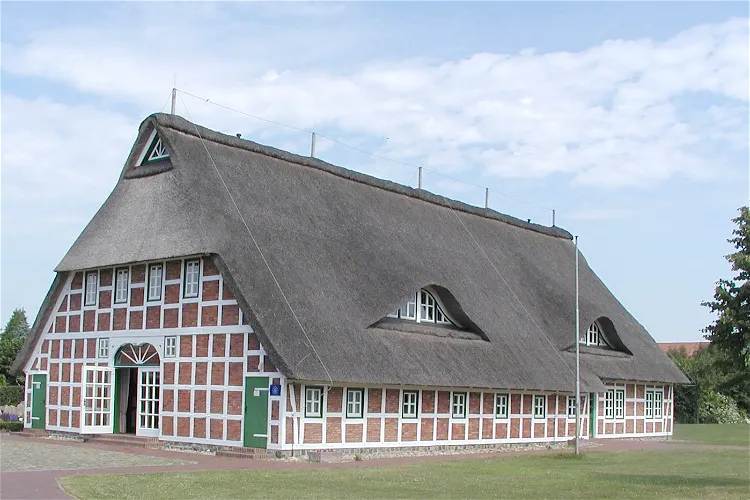
Norddeutsches Radiomuseum
NindorfThe Norddeutsches Radiomuseum is situated in the attic of the Bördehuus Loomst, nestled within the scenic landscape park of Lamstedt, in the Cuxhaven district of Lower Saxony. This location provides a unique setting for the museum, offering visitors a chance to explore the rich history of radio while surrounded by the natural beauty of the park.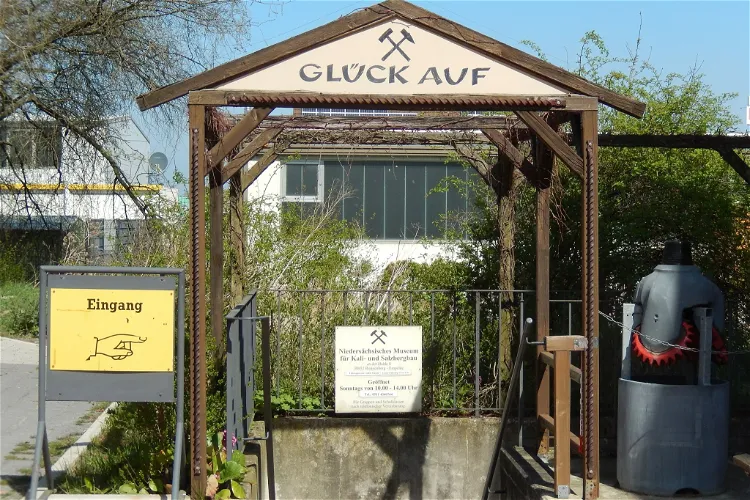
Niedersächsisches Museum für Kali- und Salzbergbau
RonnenbergThe Niedersächsische Museum für Kali- und Salzbergbau is situated in the Empelde district of the city of Ronnenberg, in the Hannover region. This location is easily accessible and offers a unique insight into the history and processes of potash and salt mining in the region.